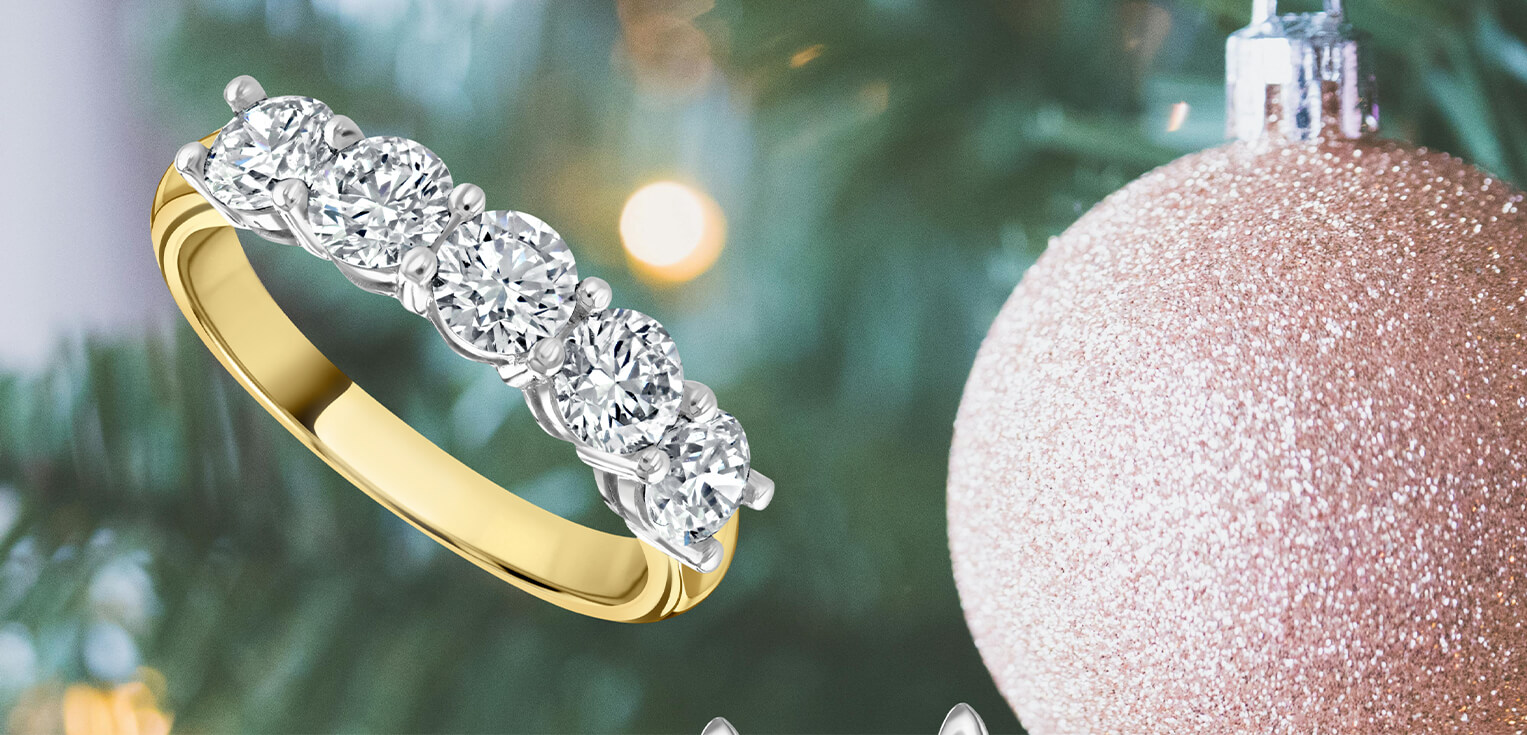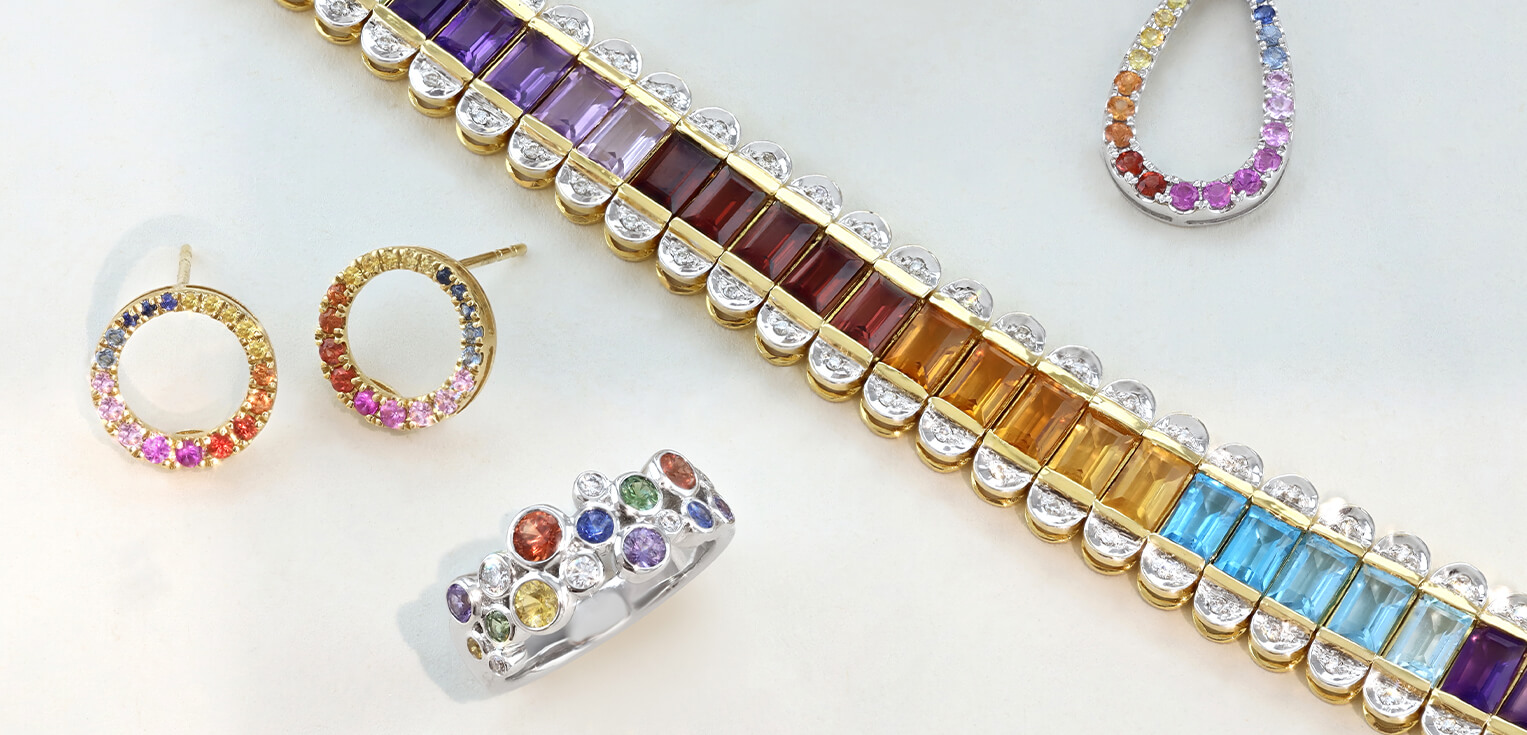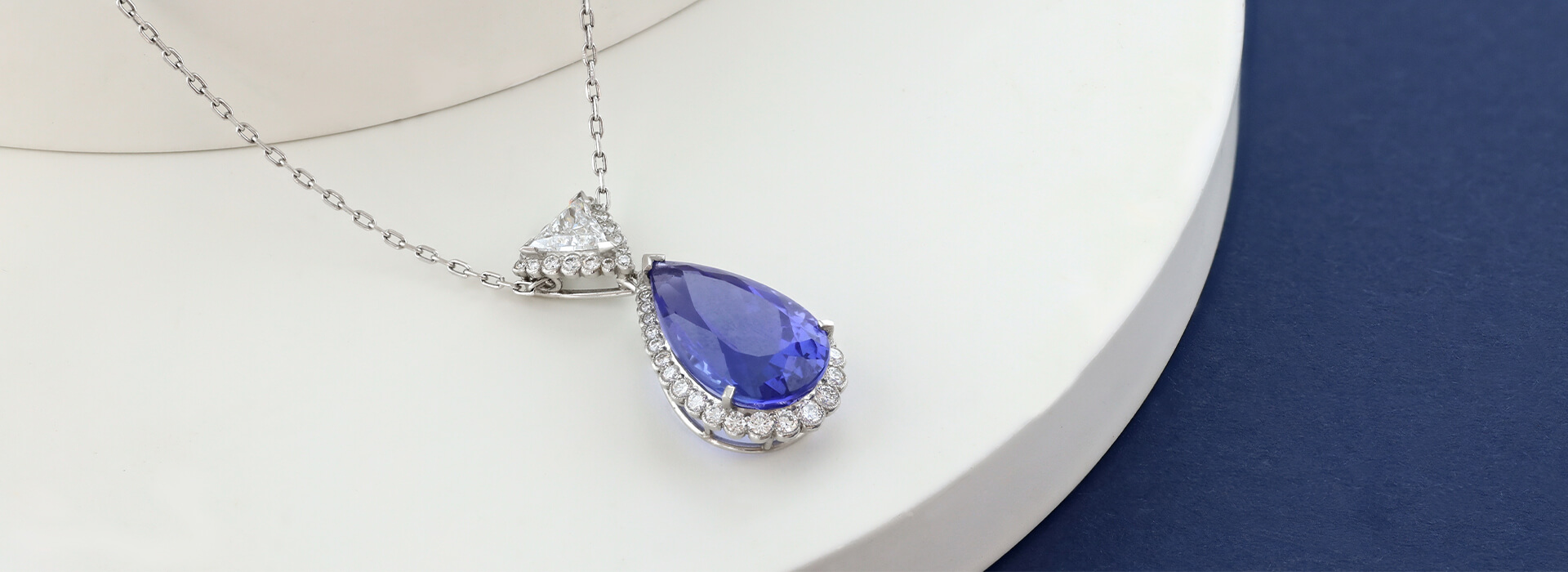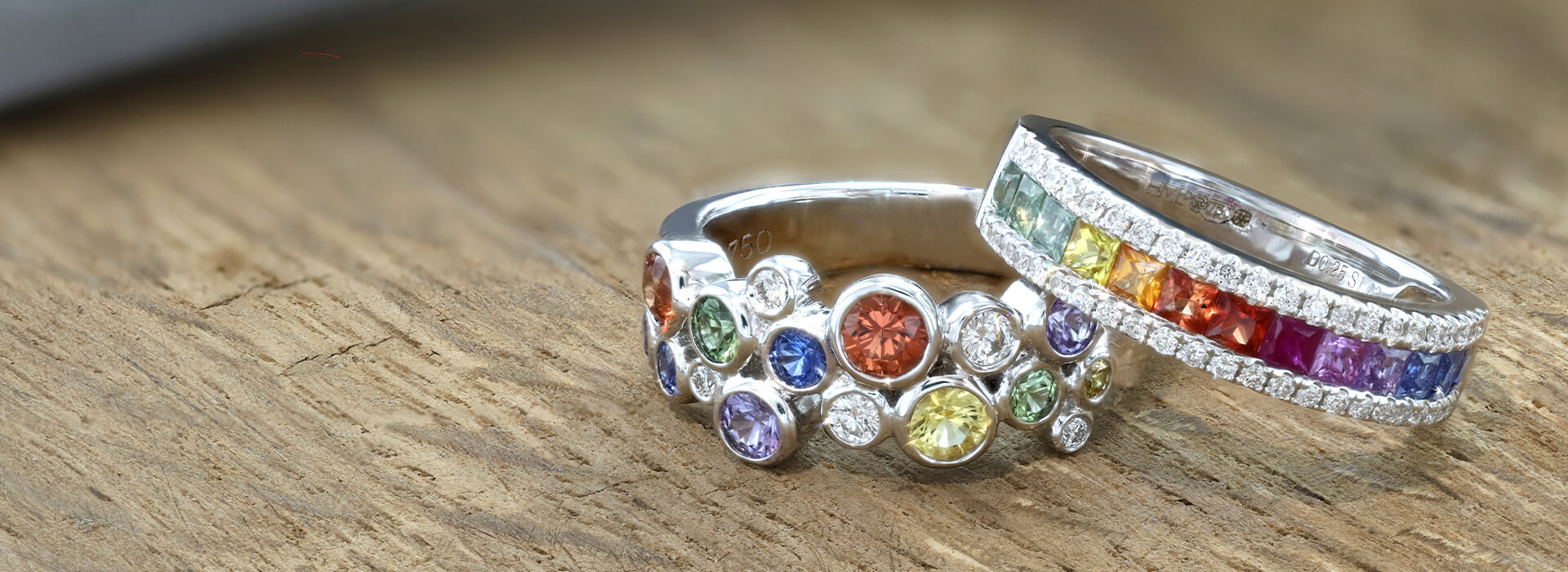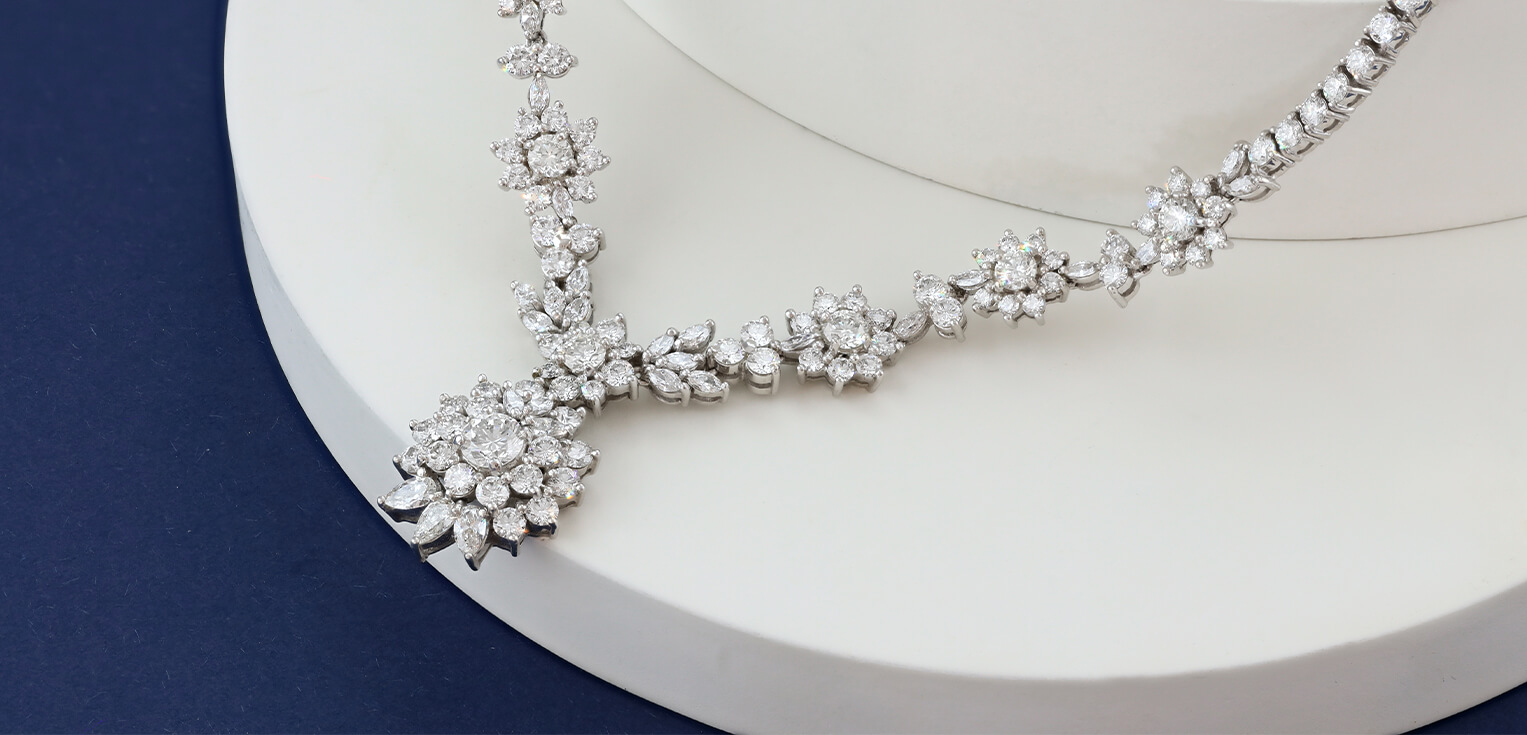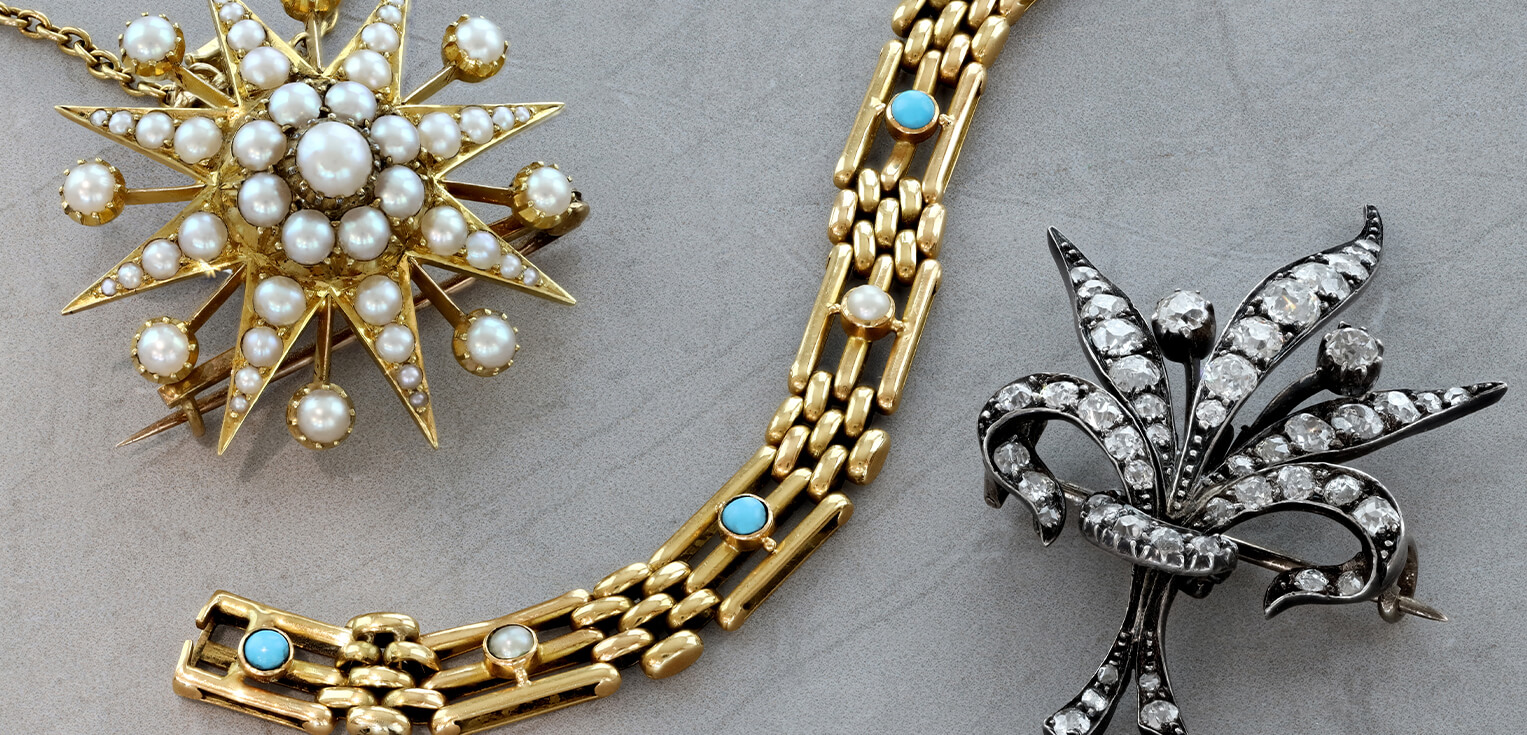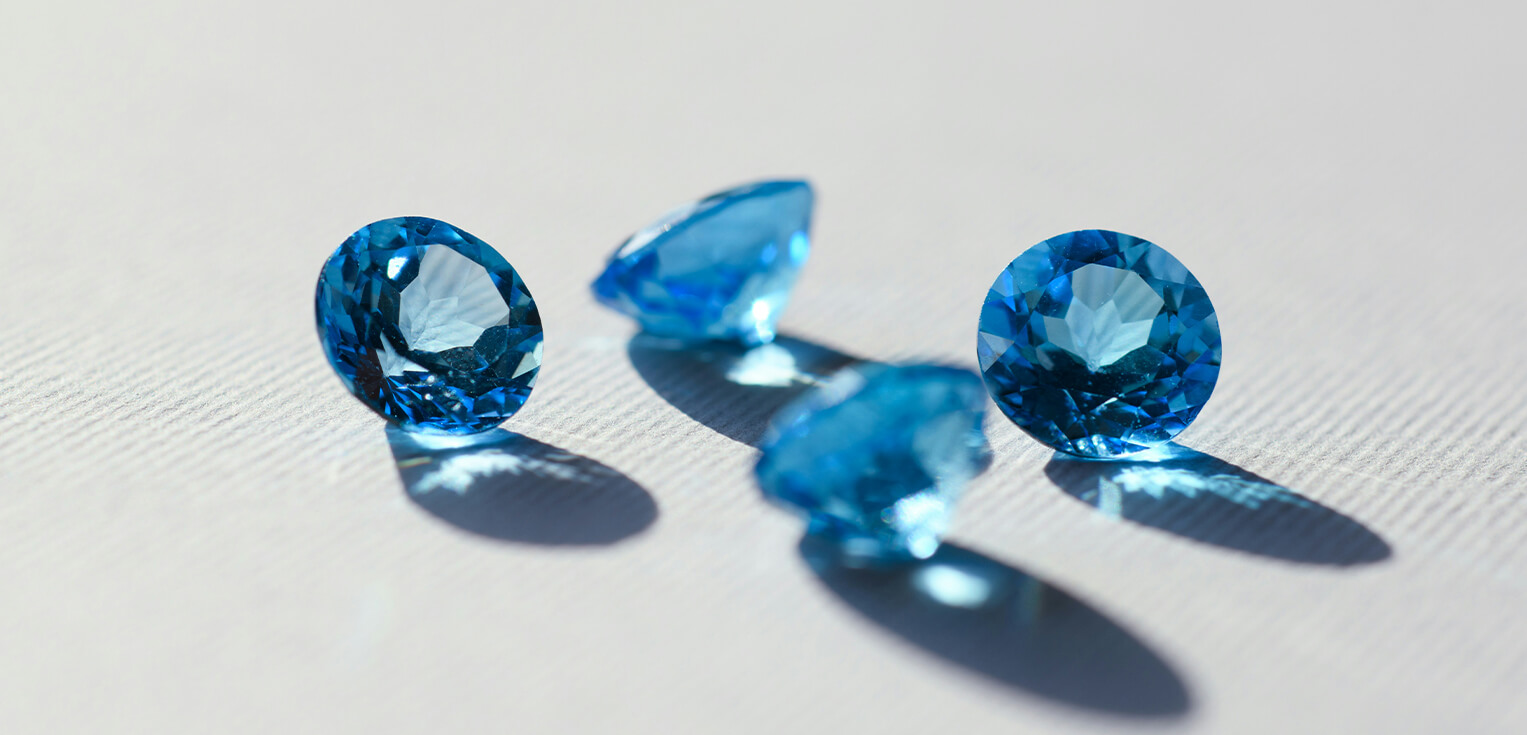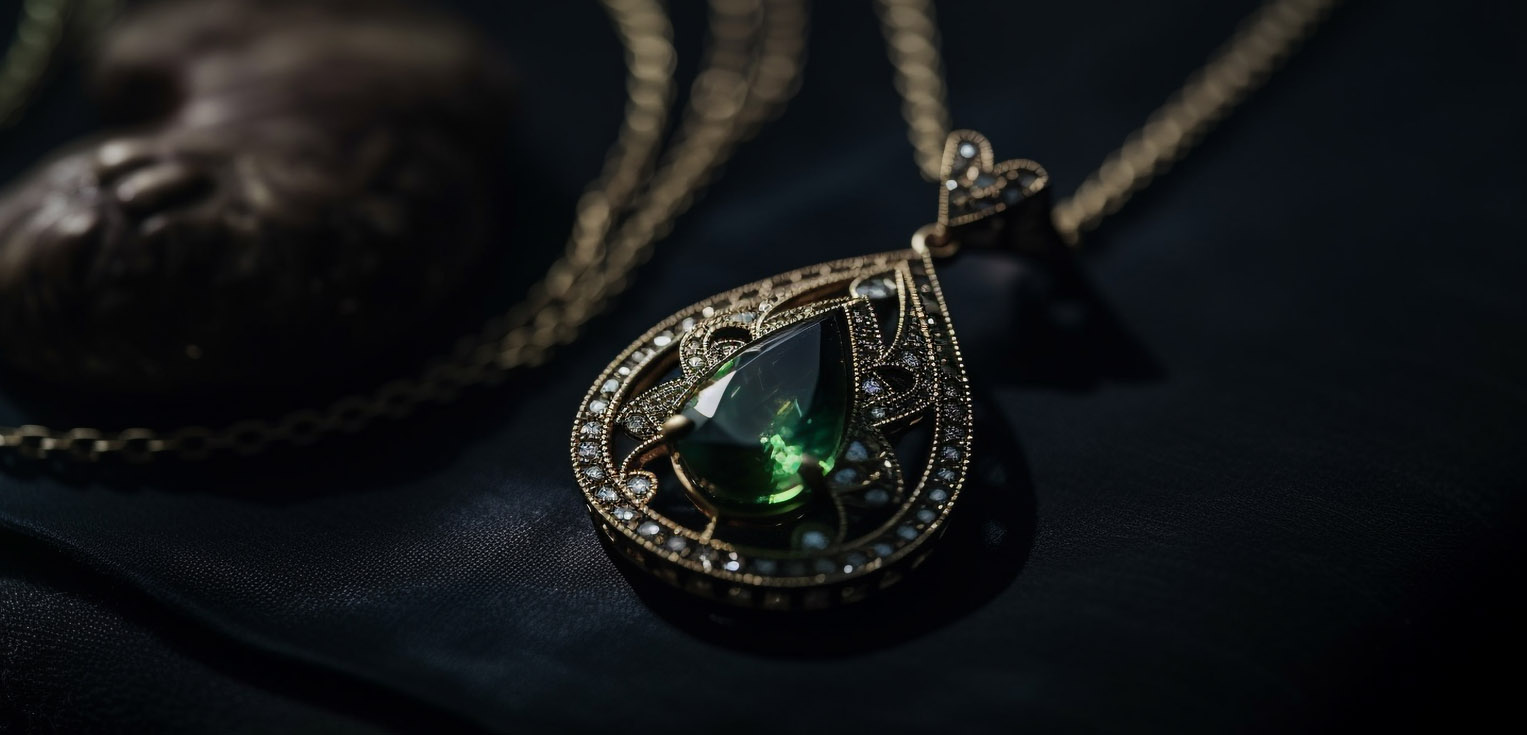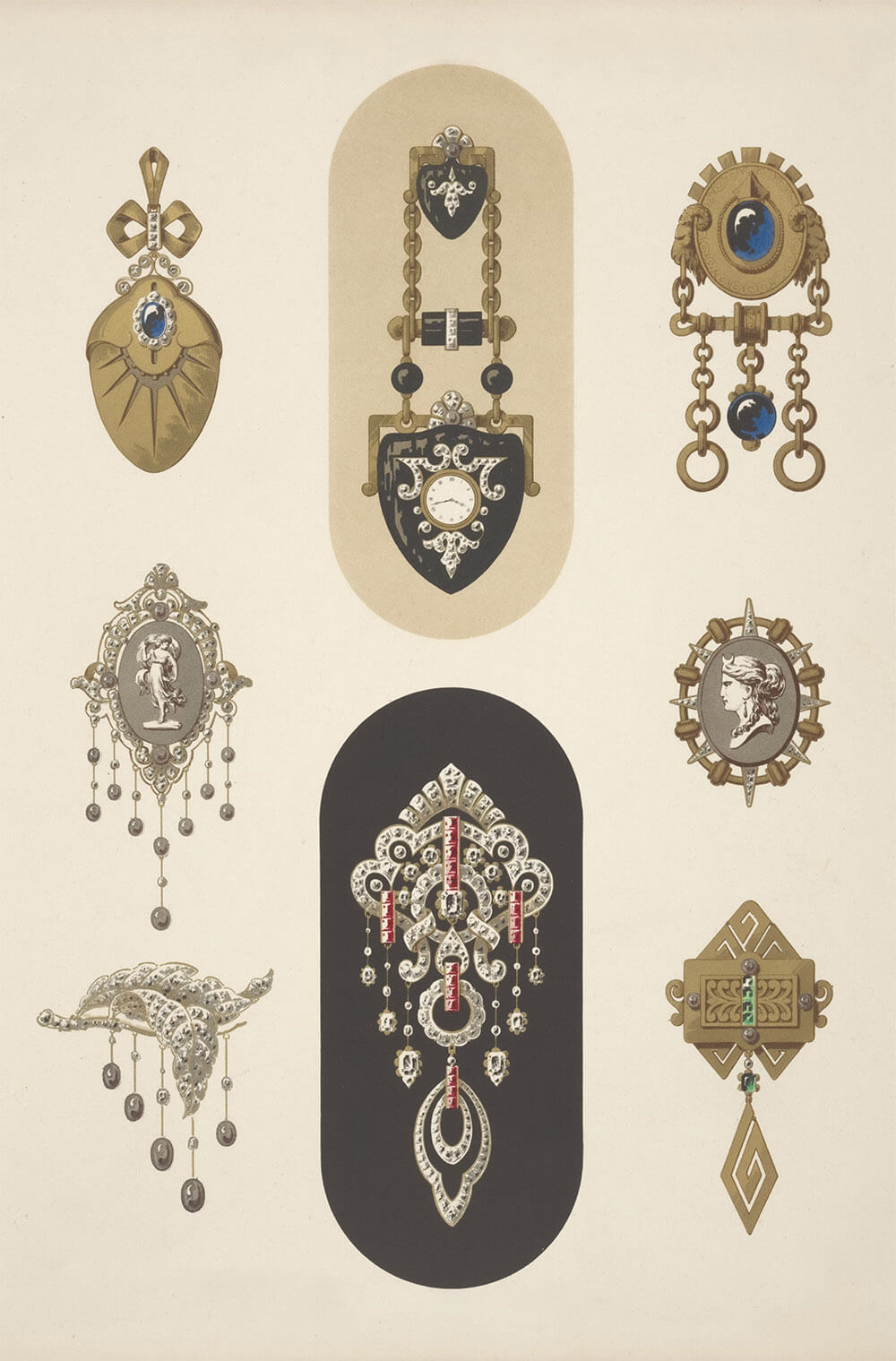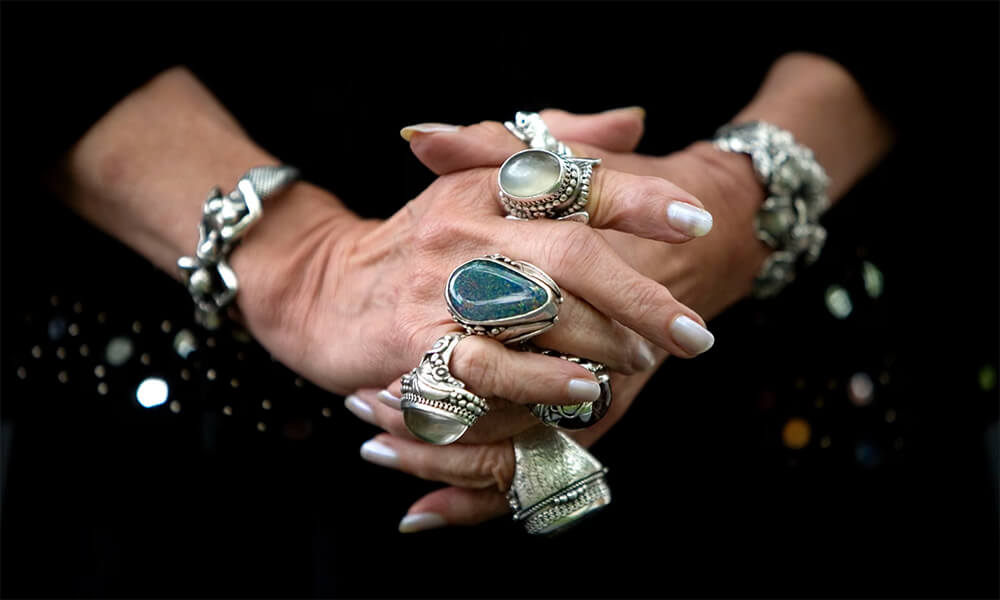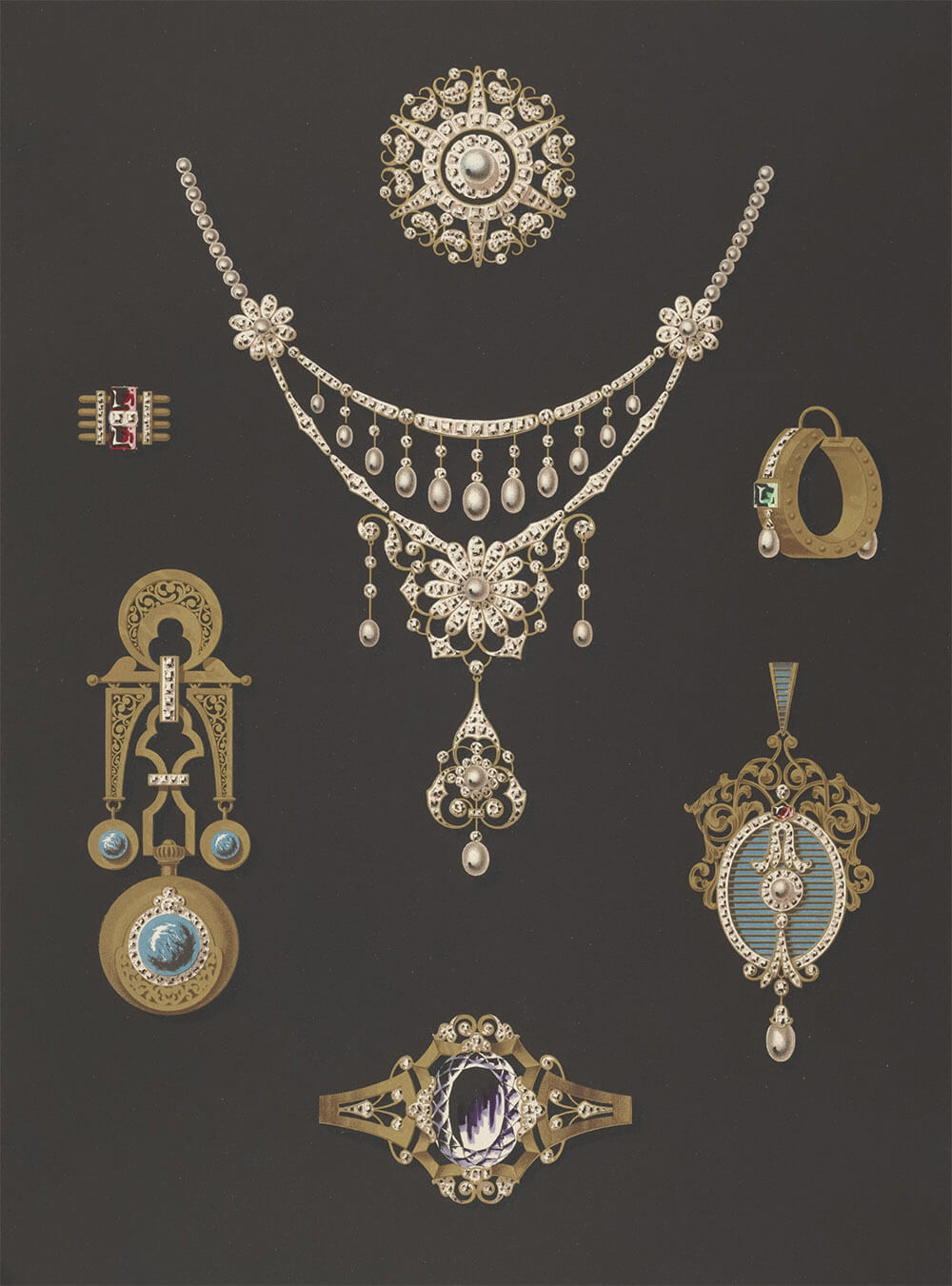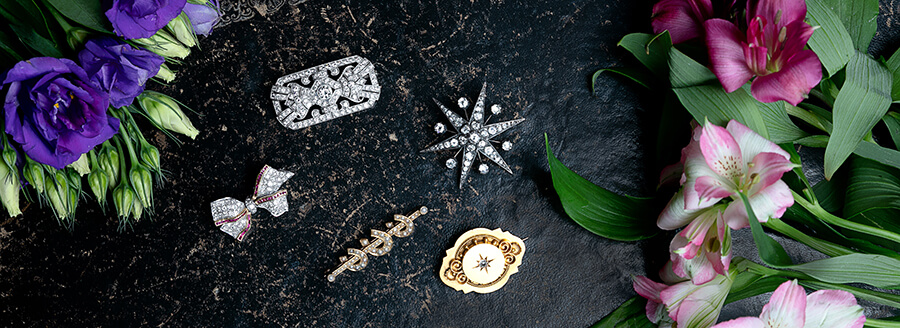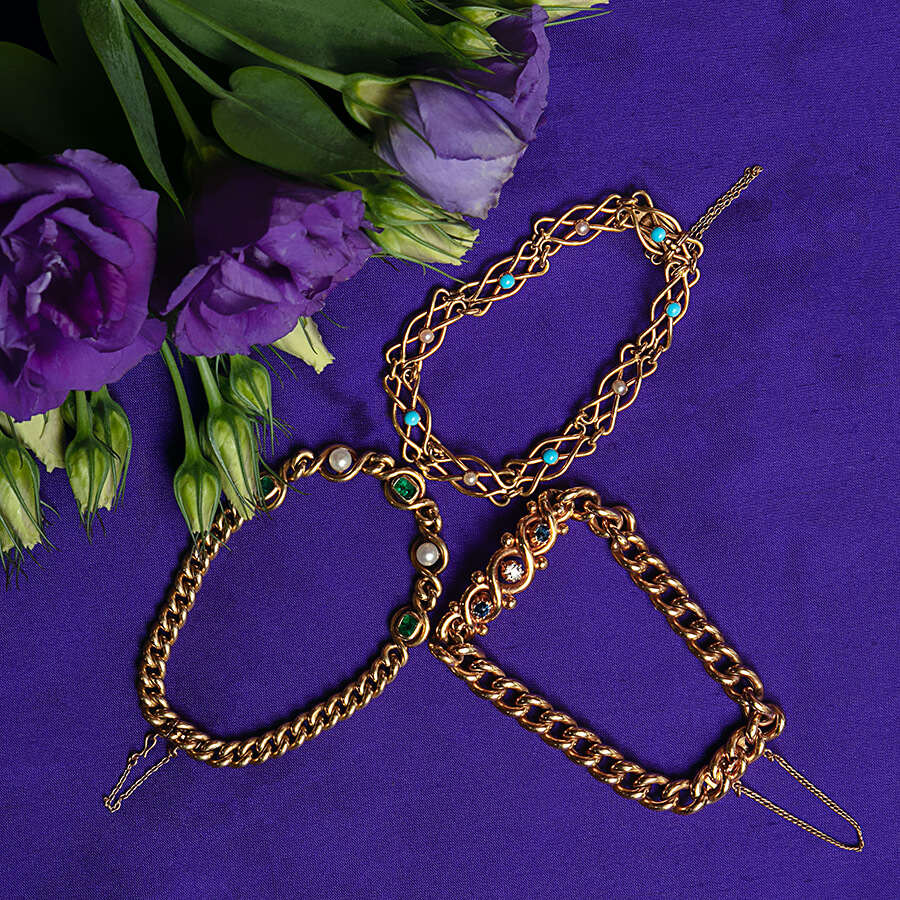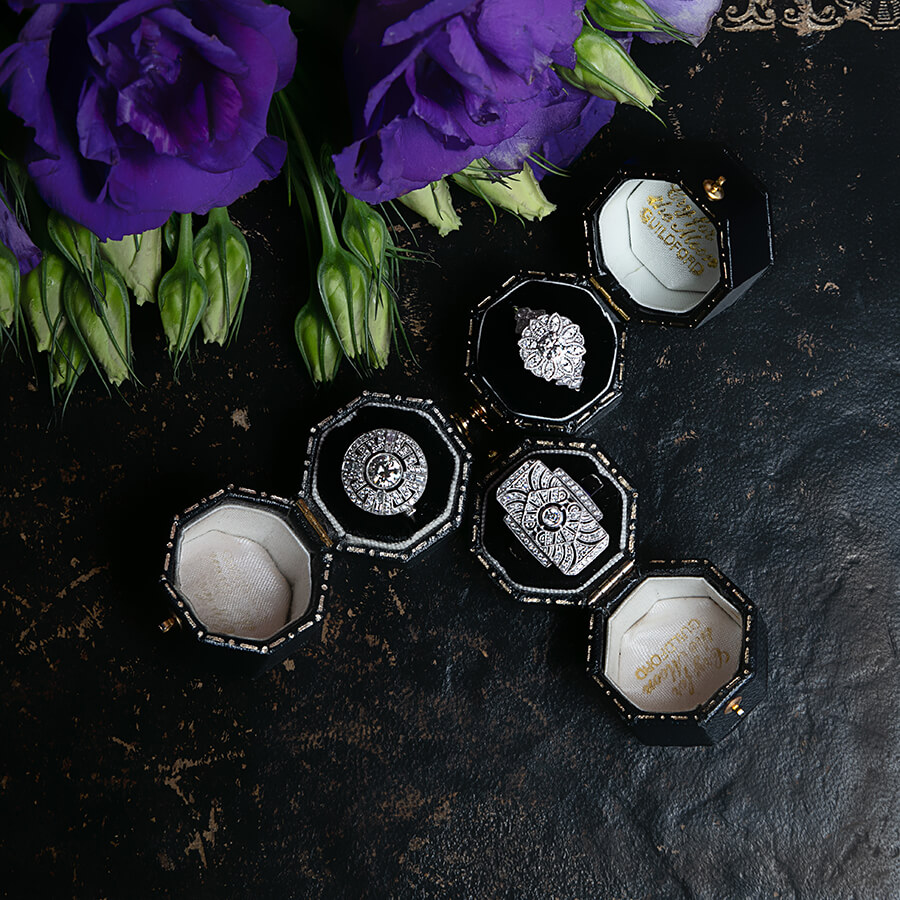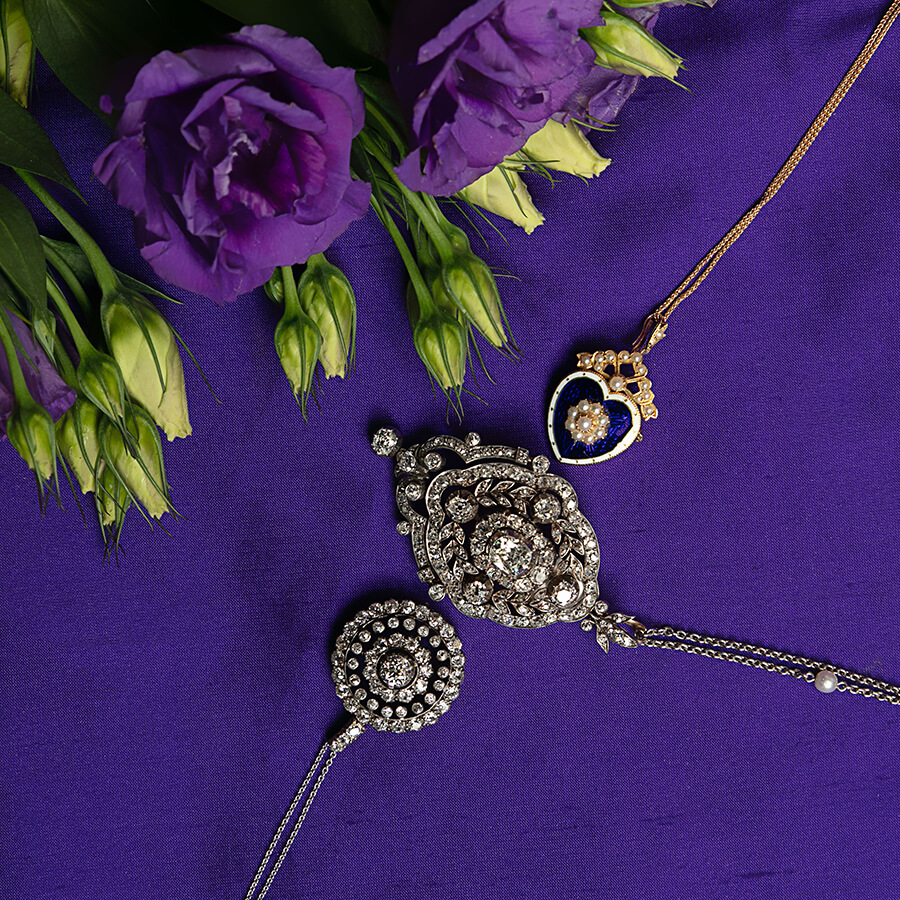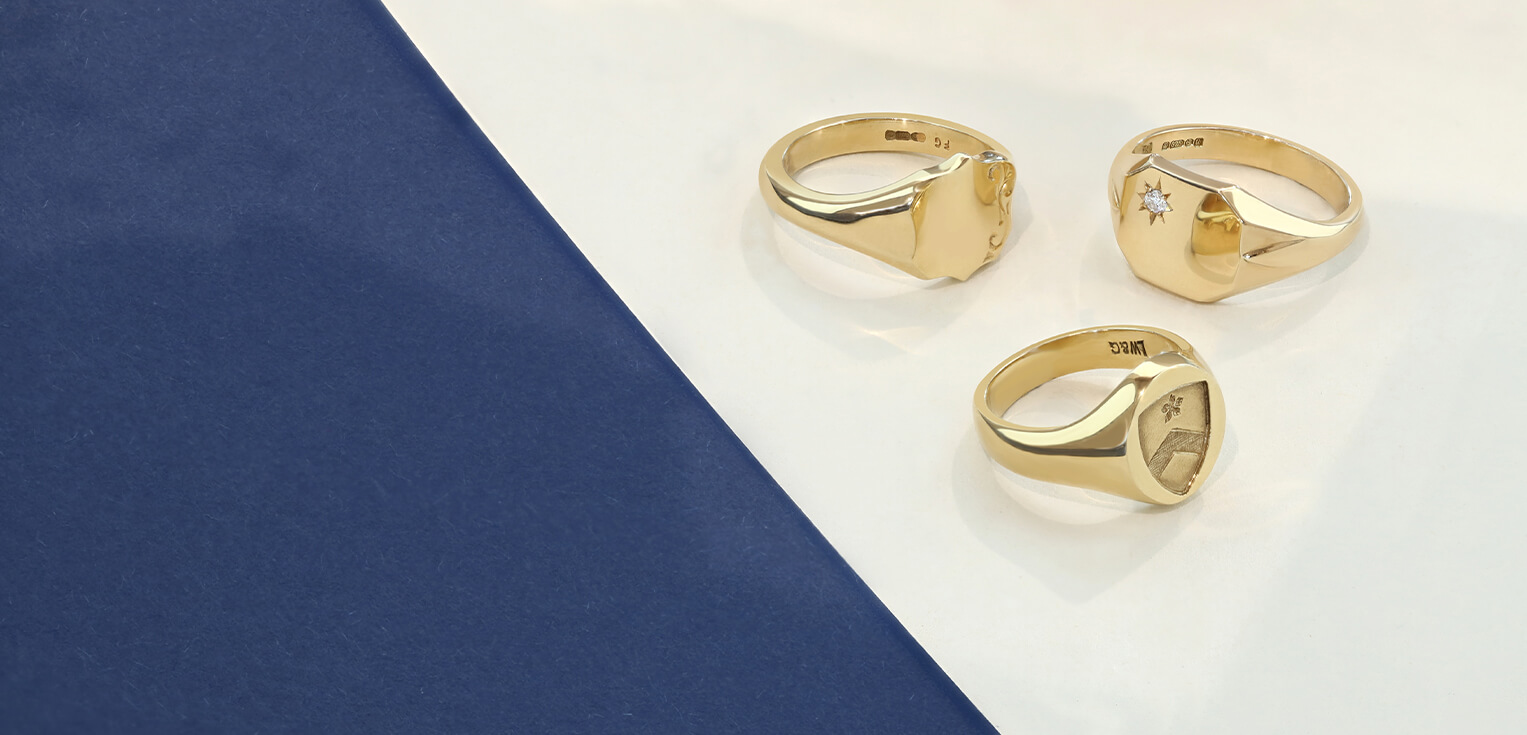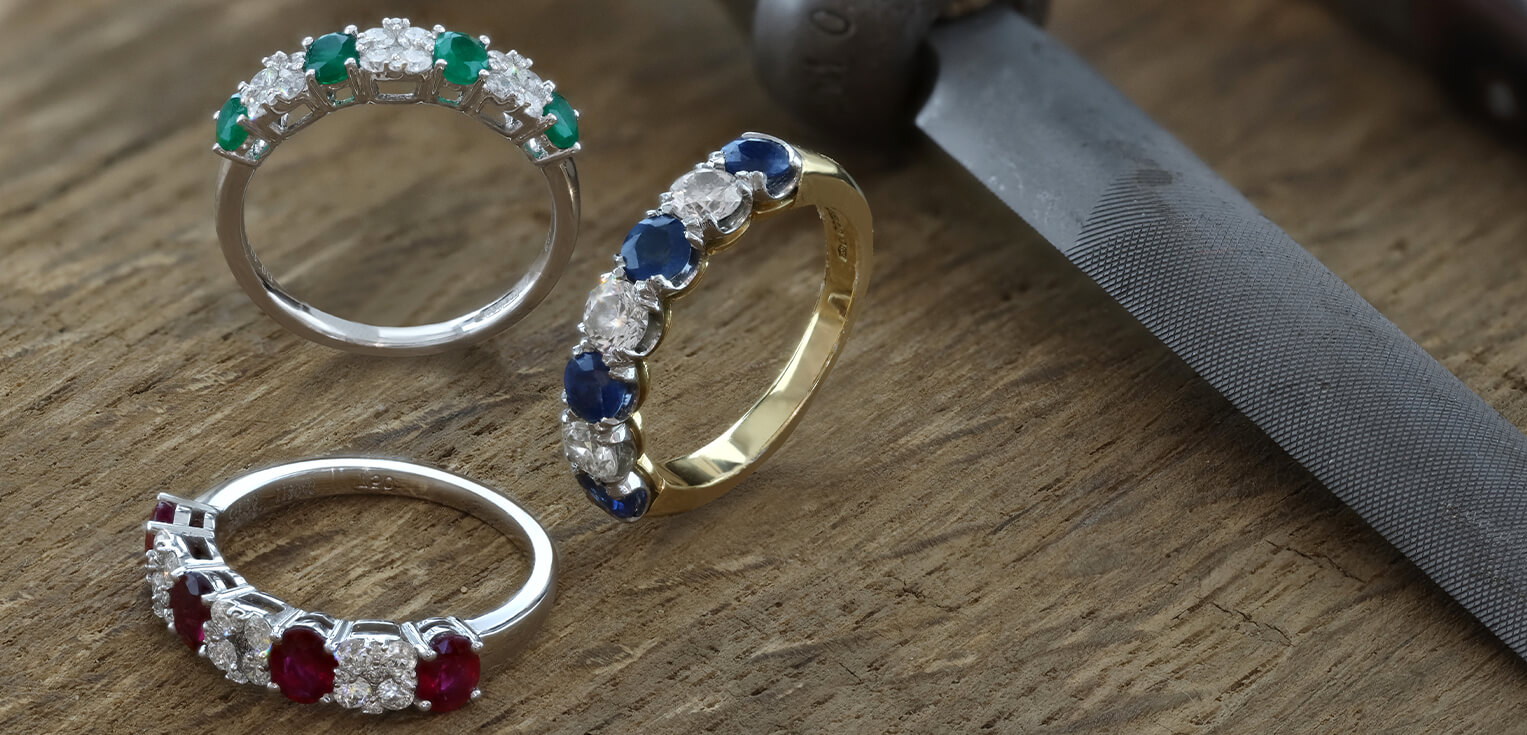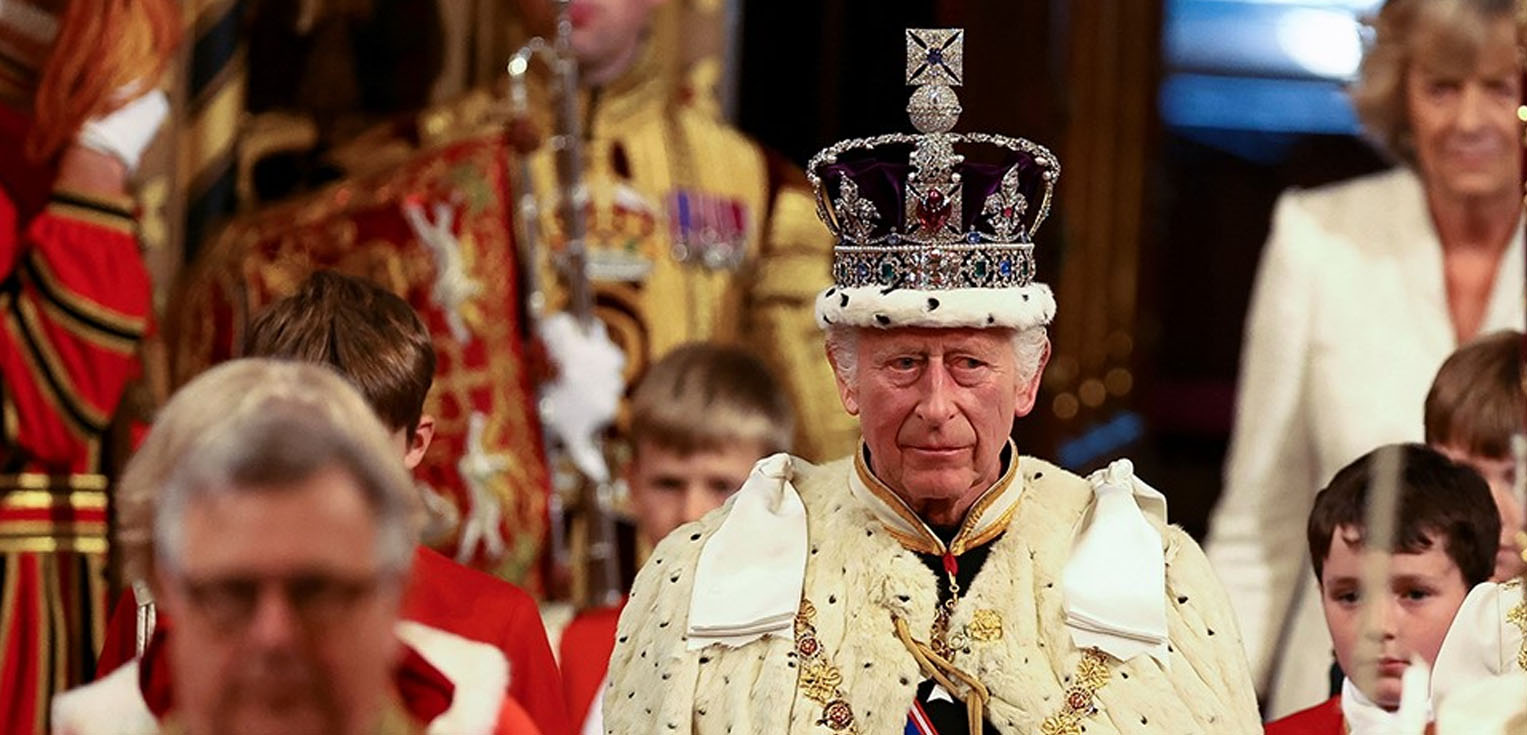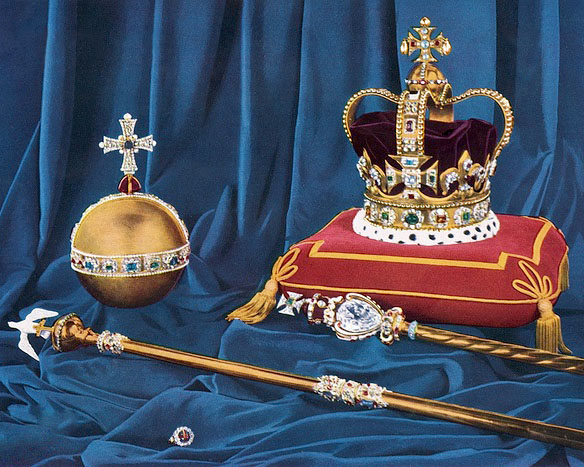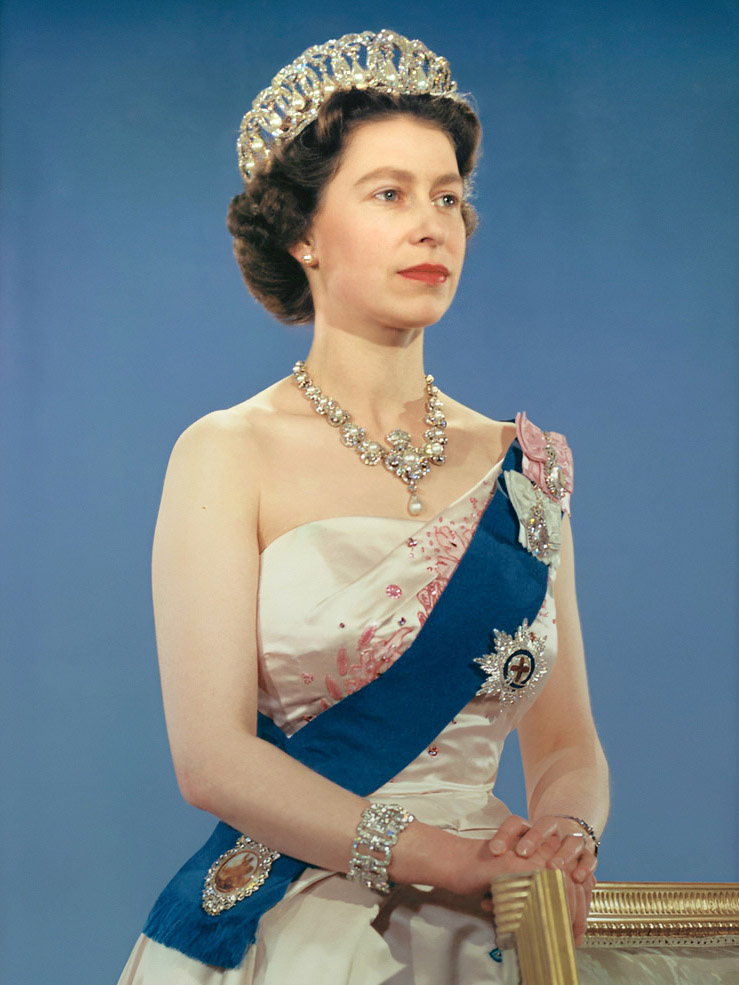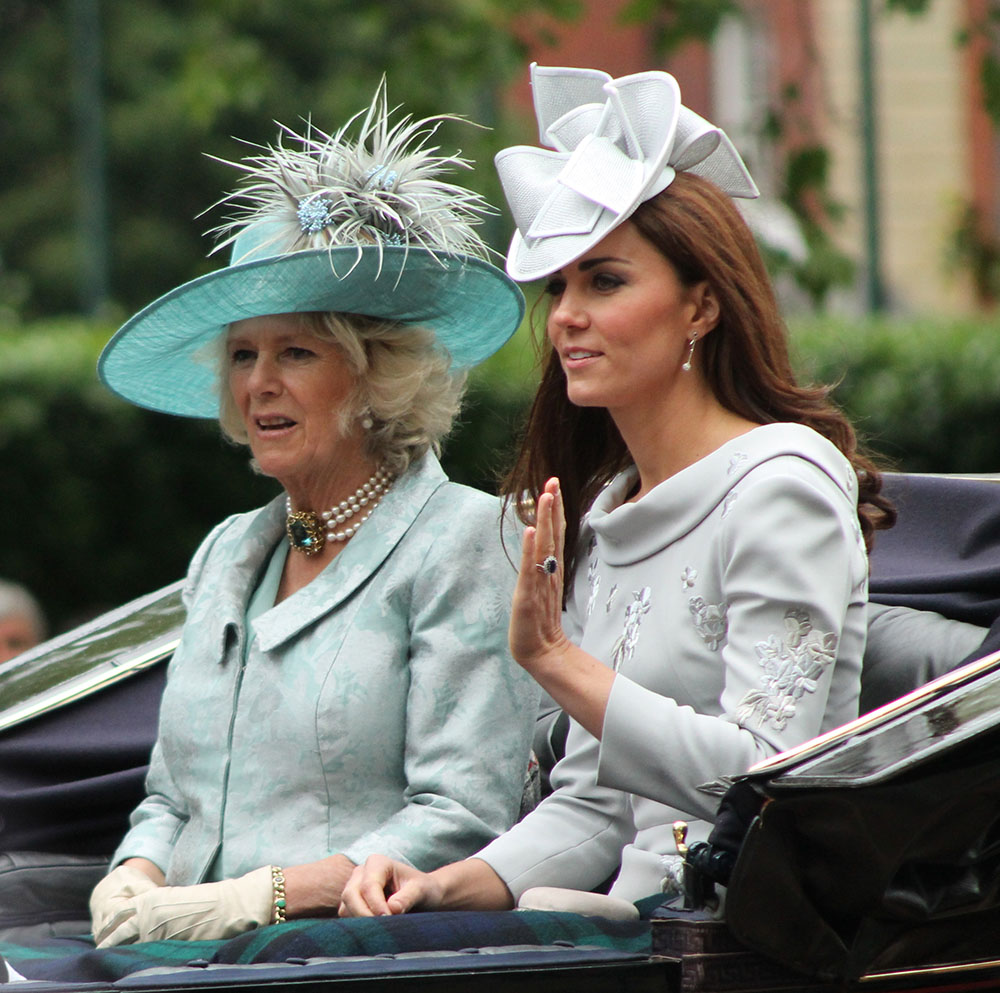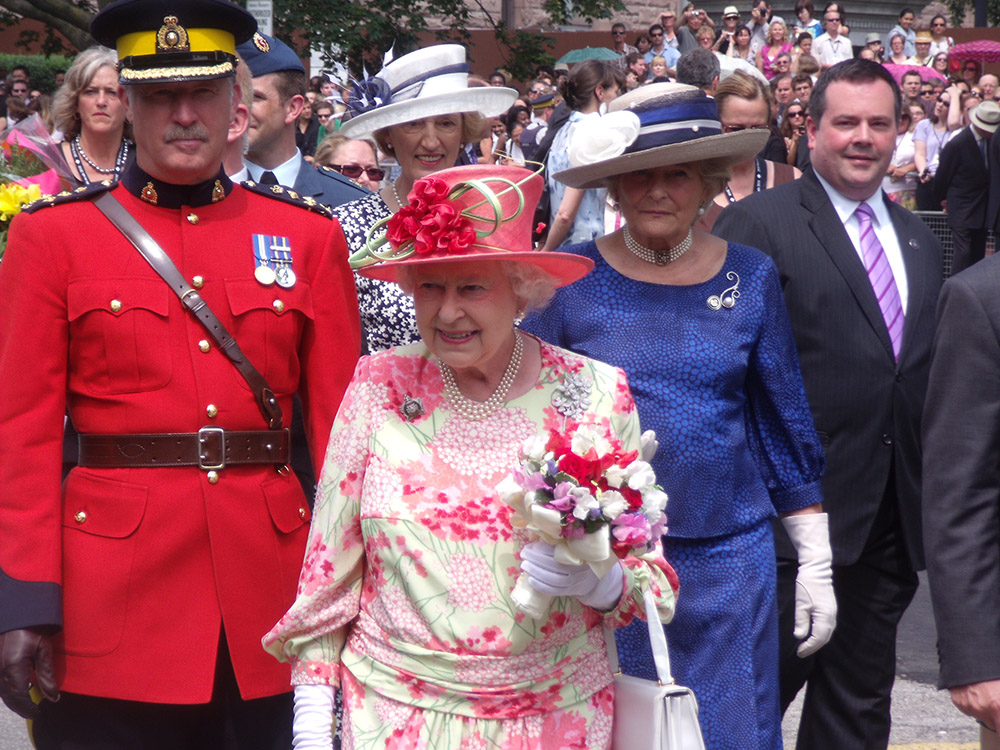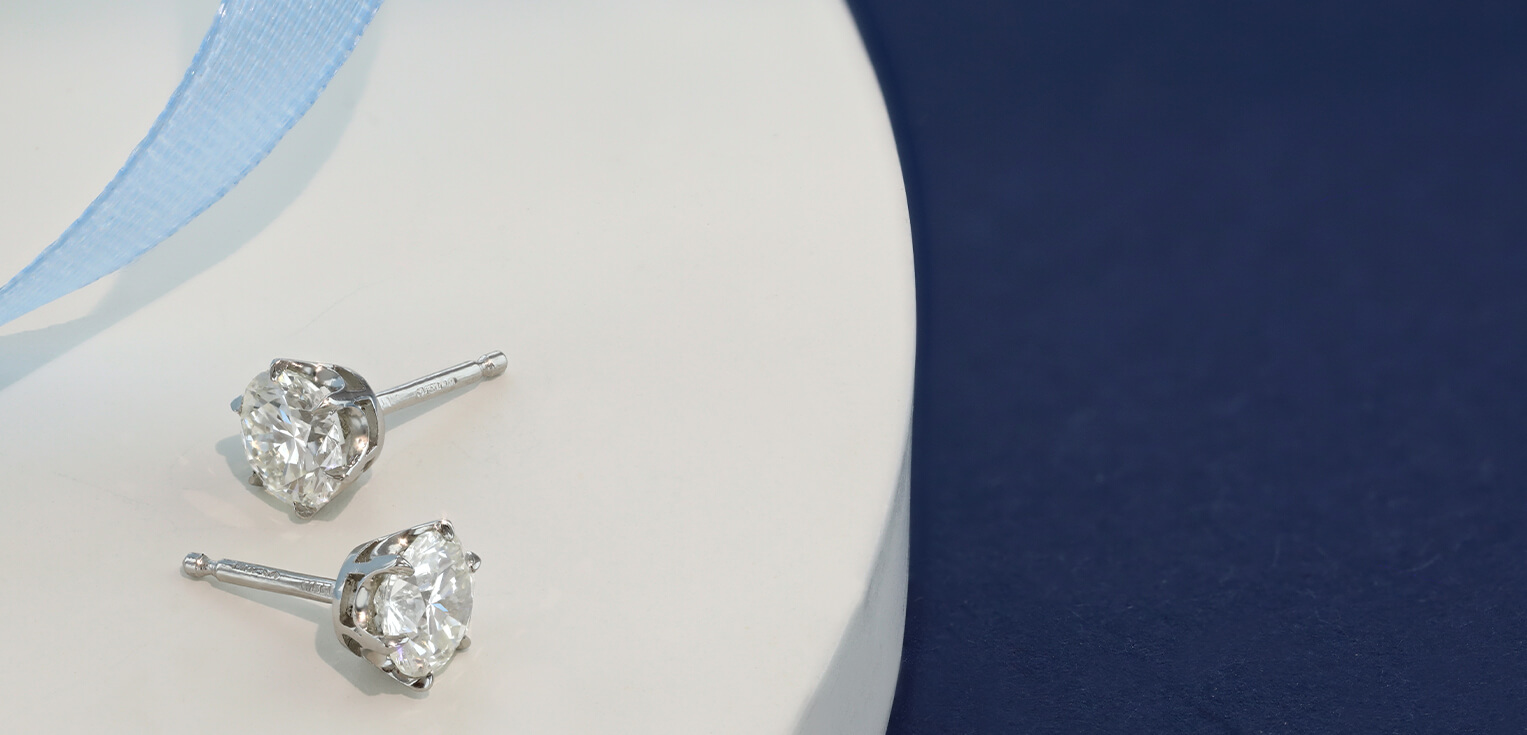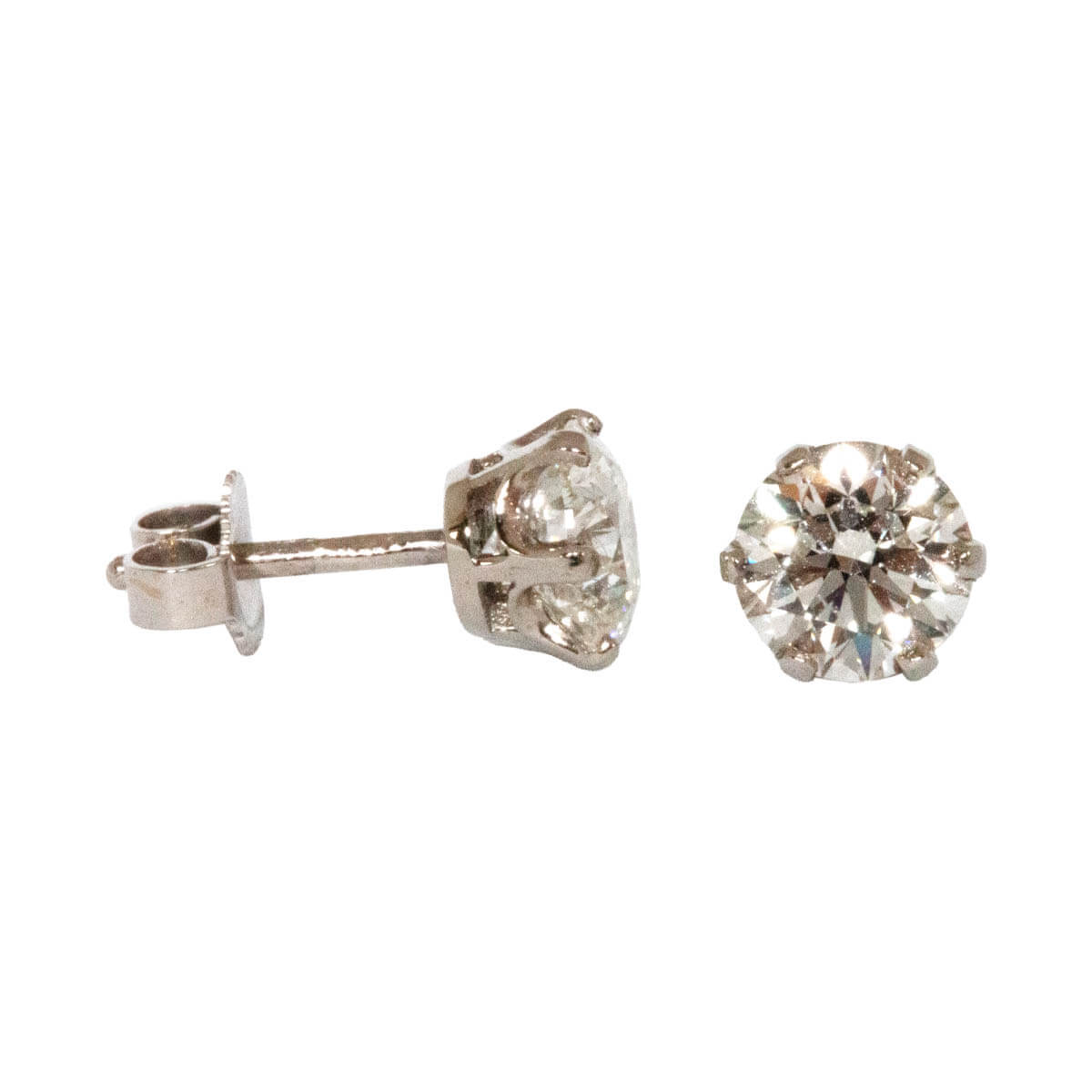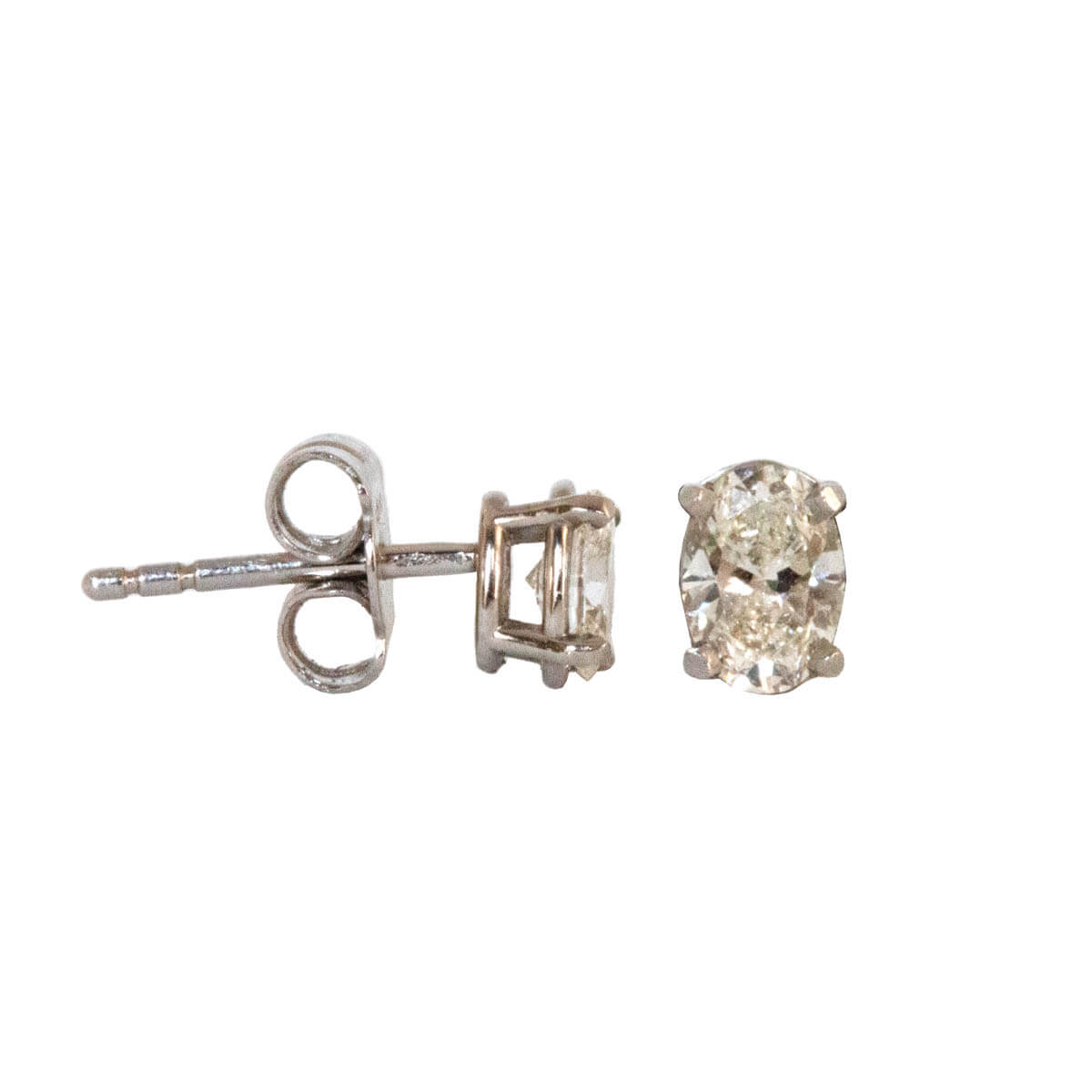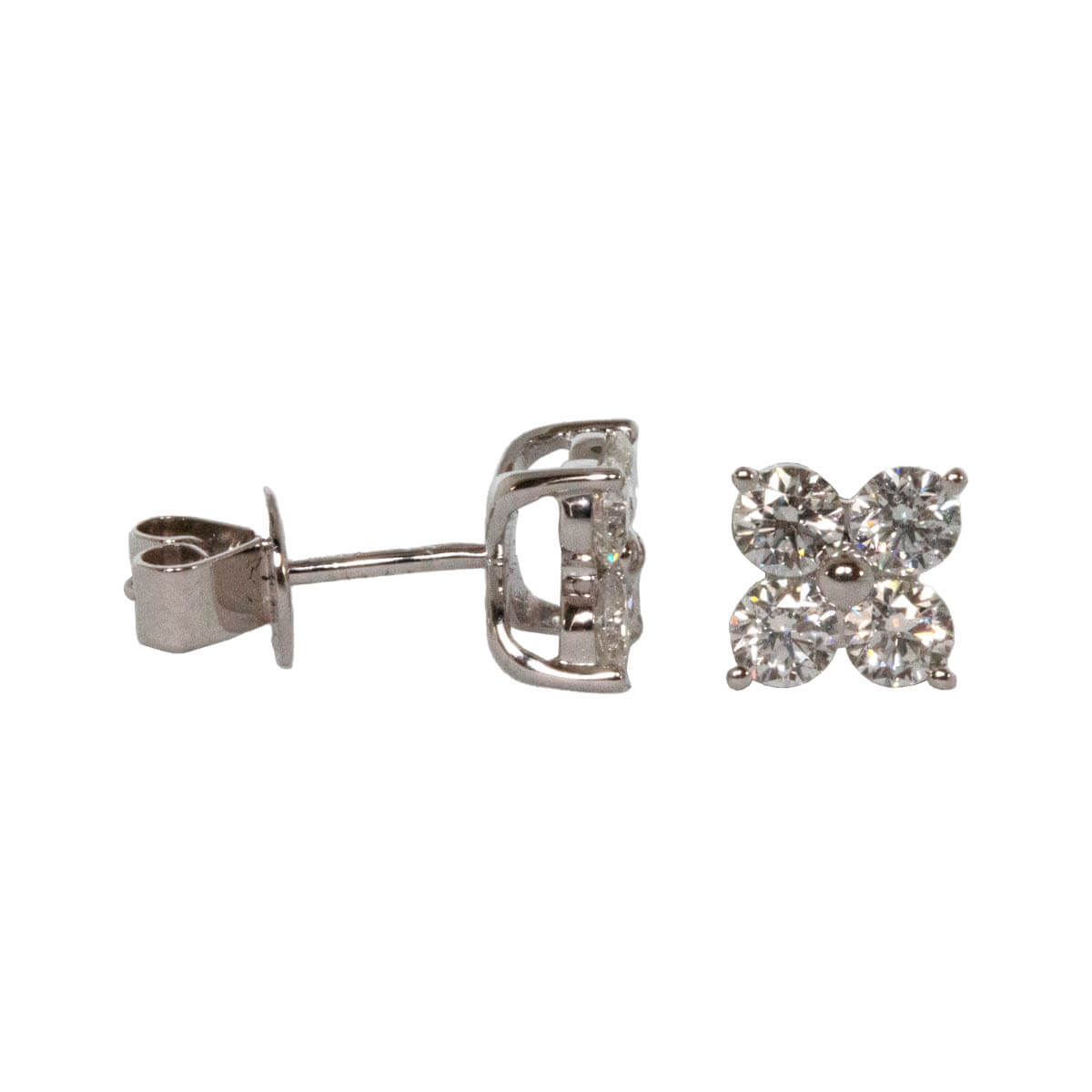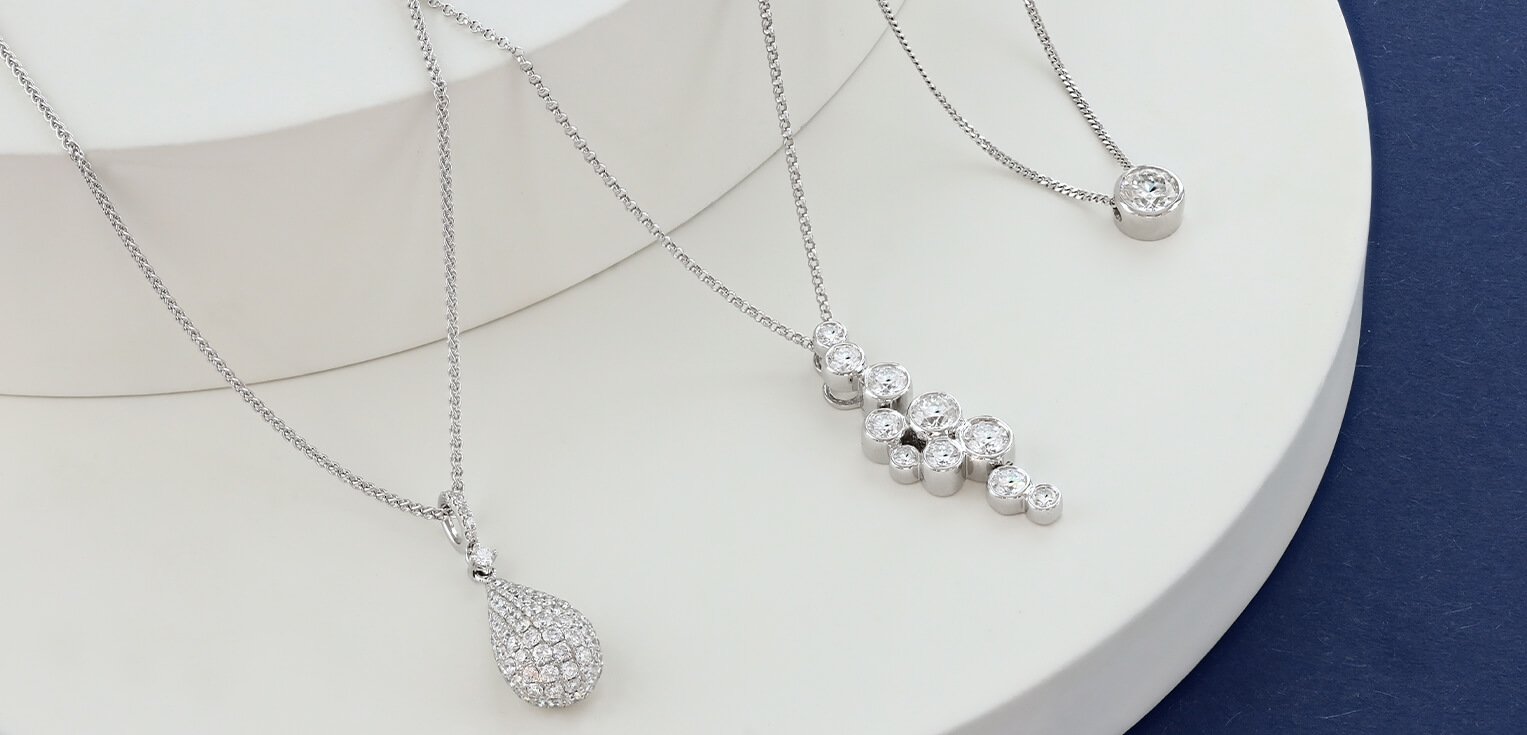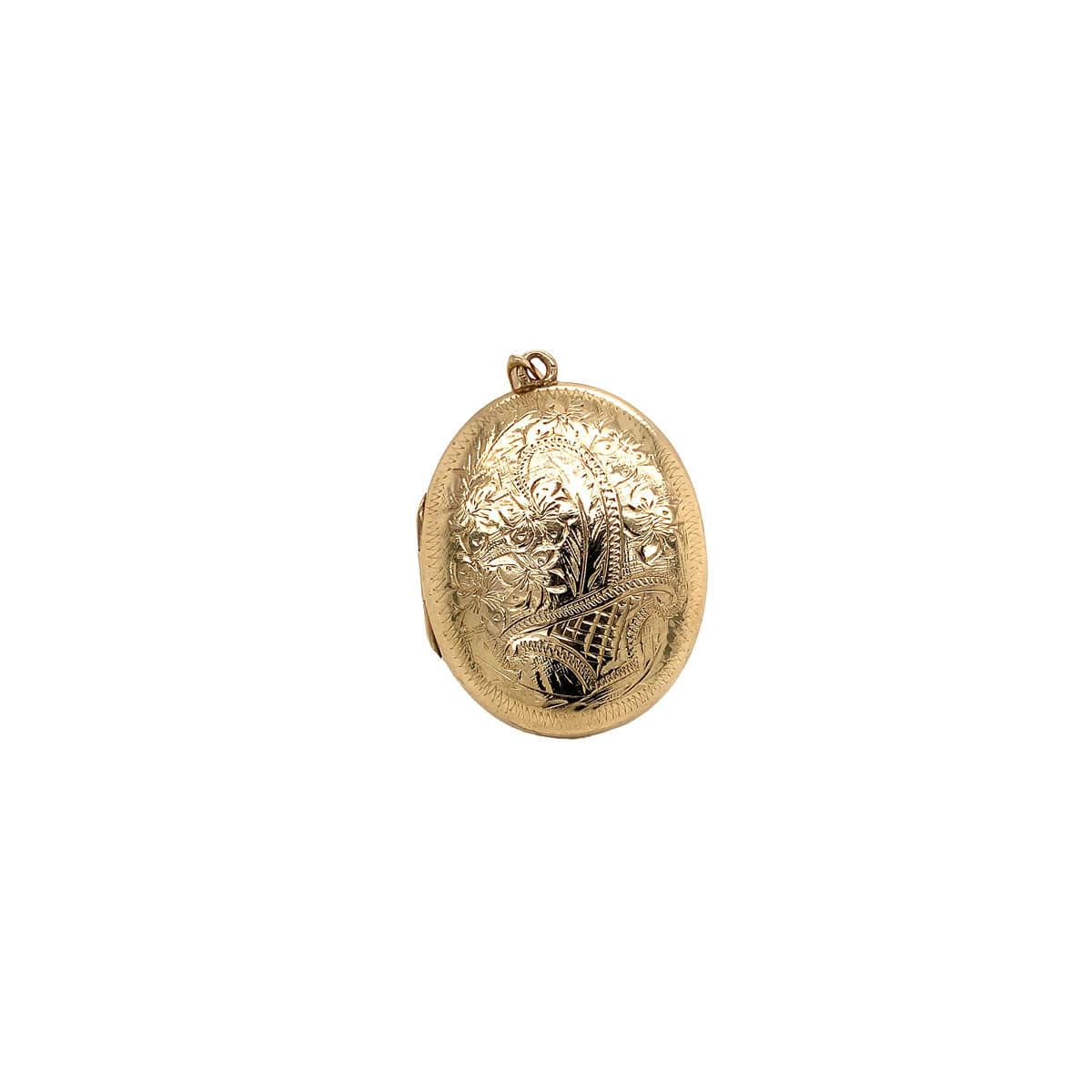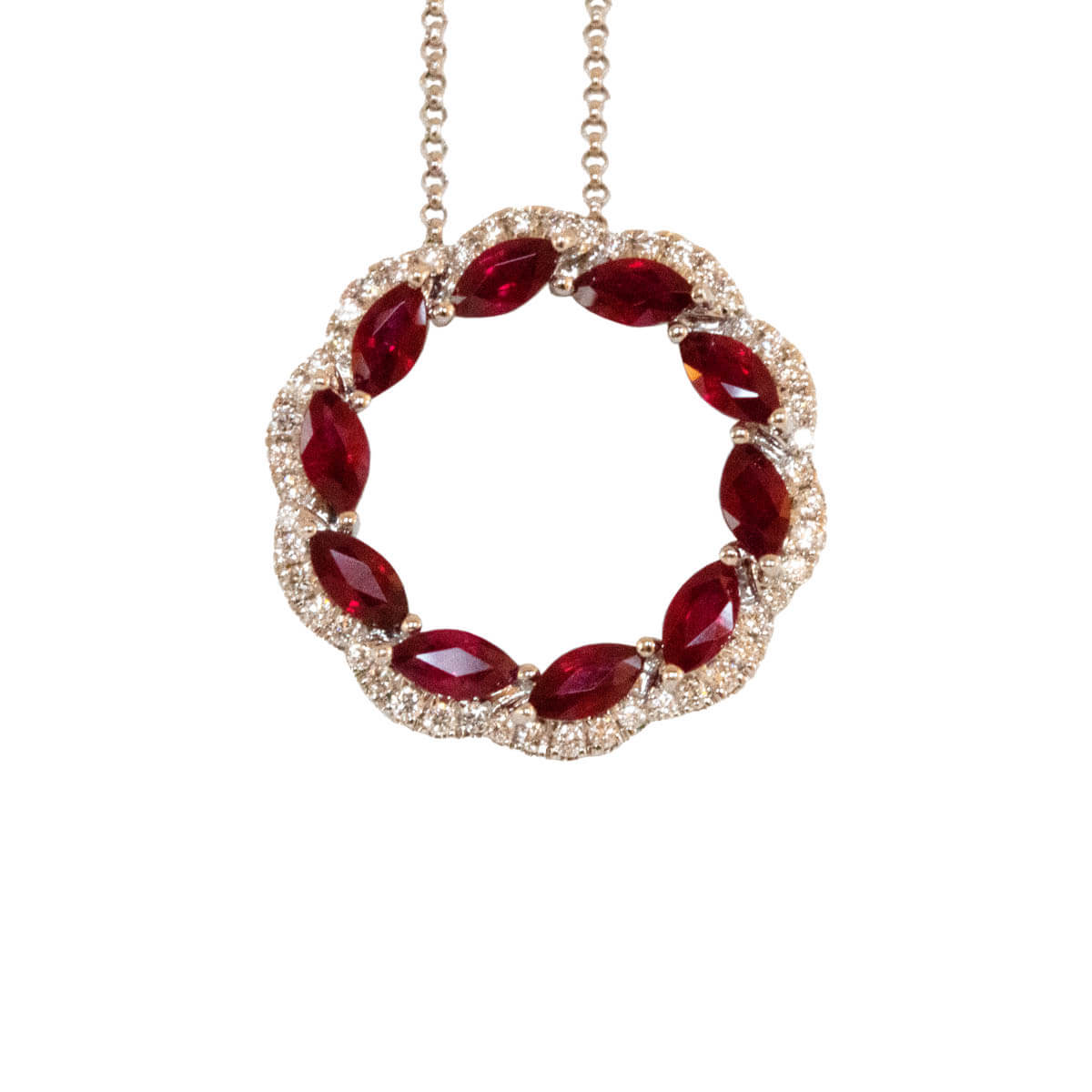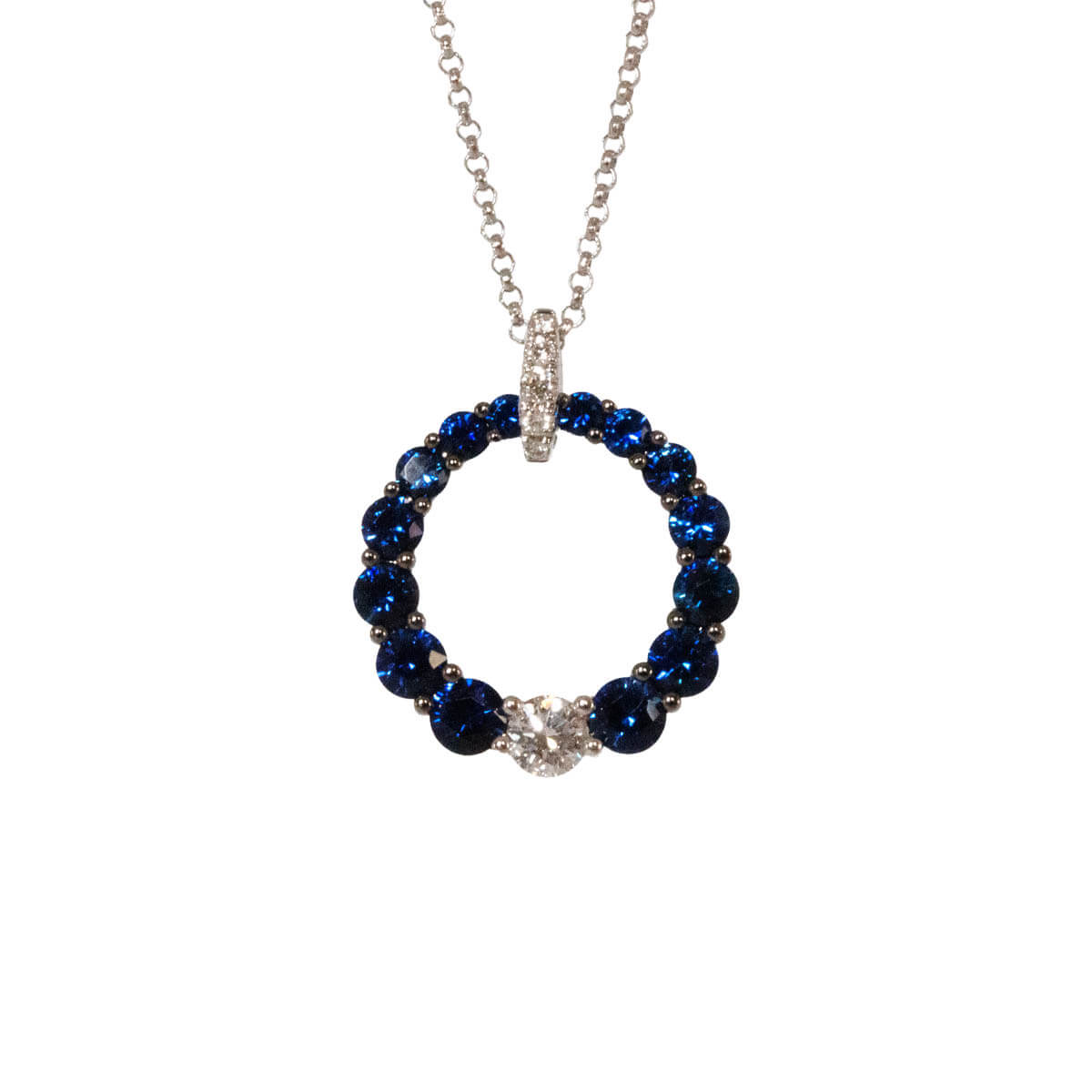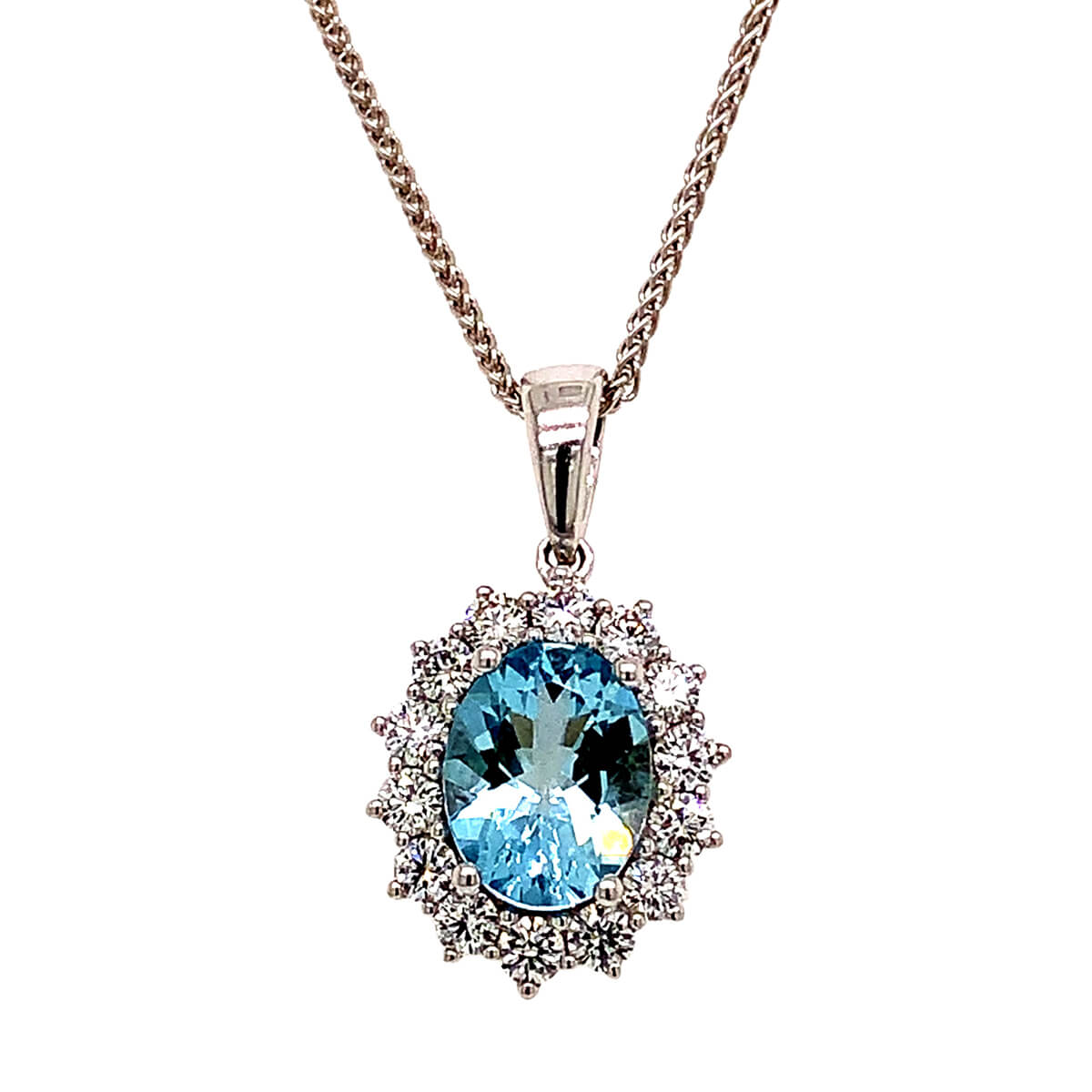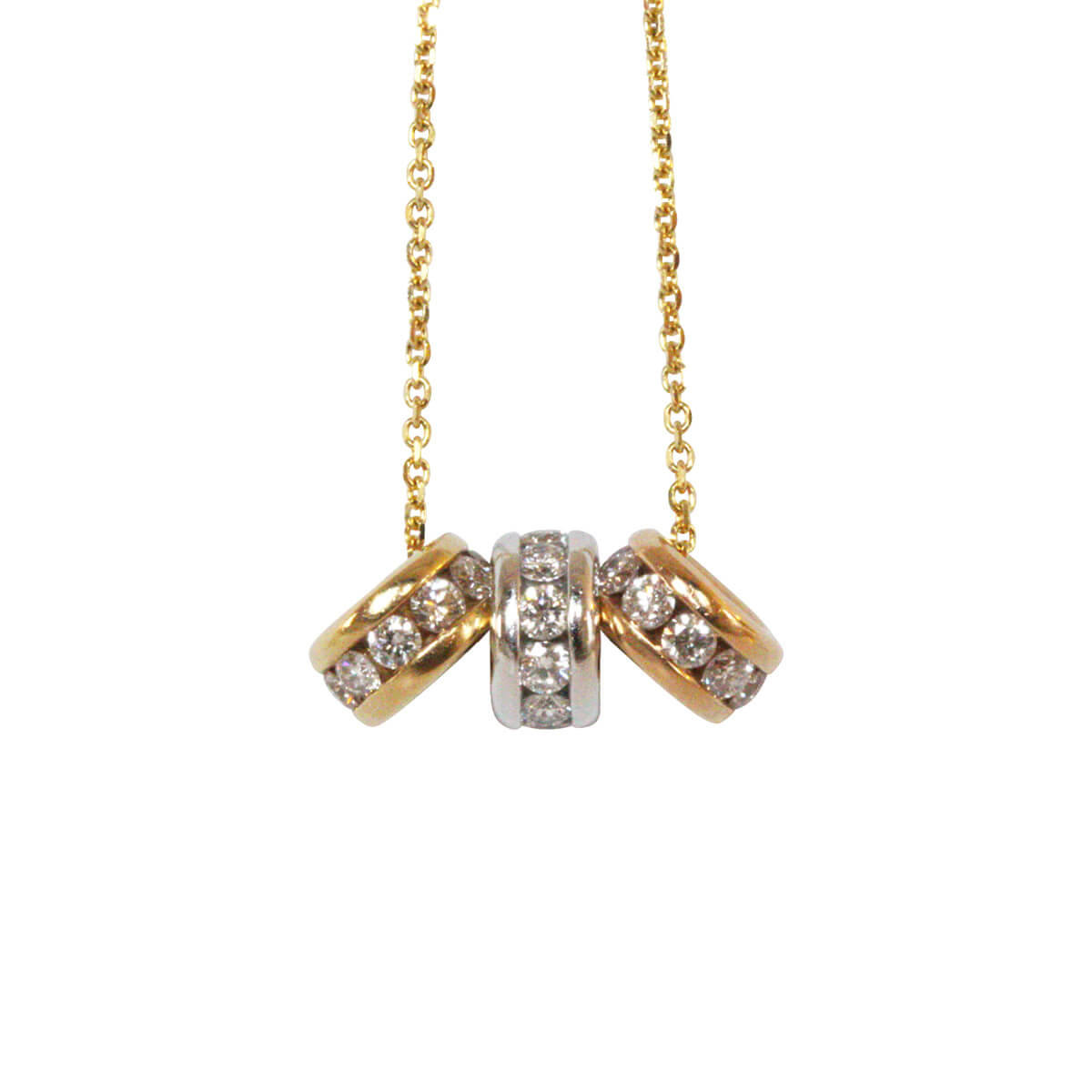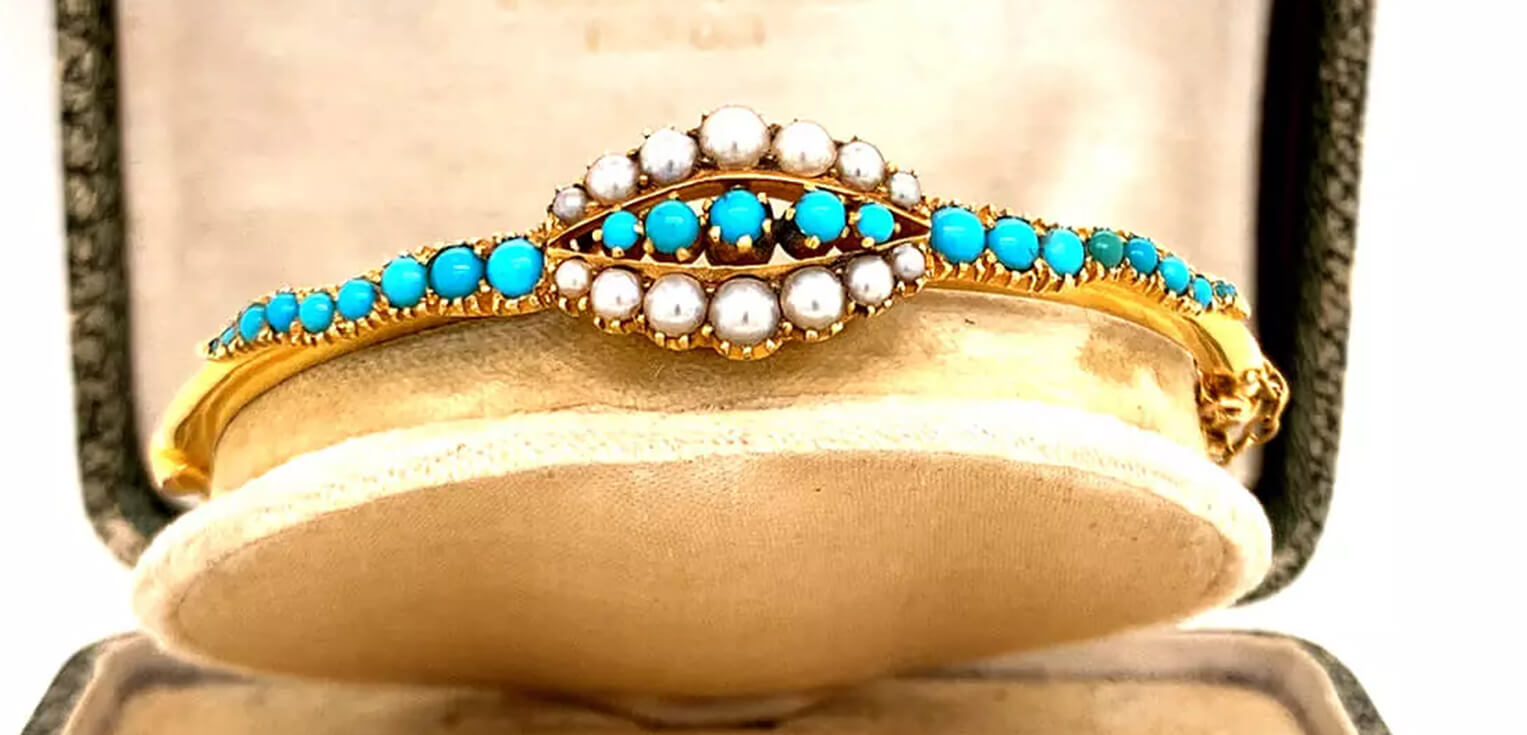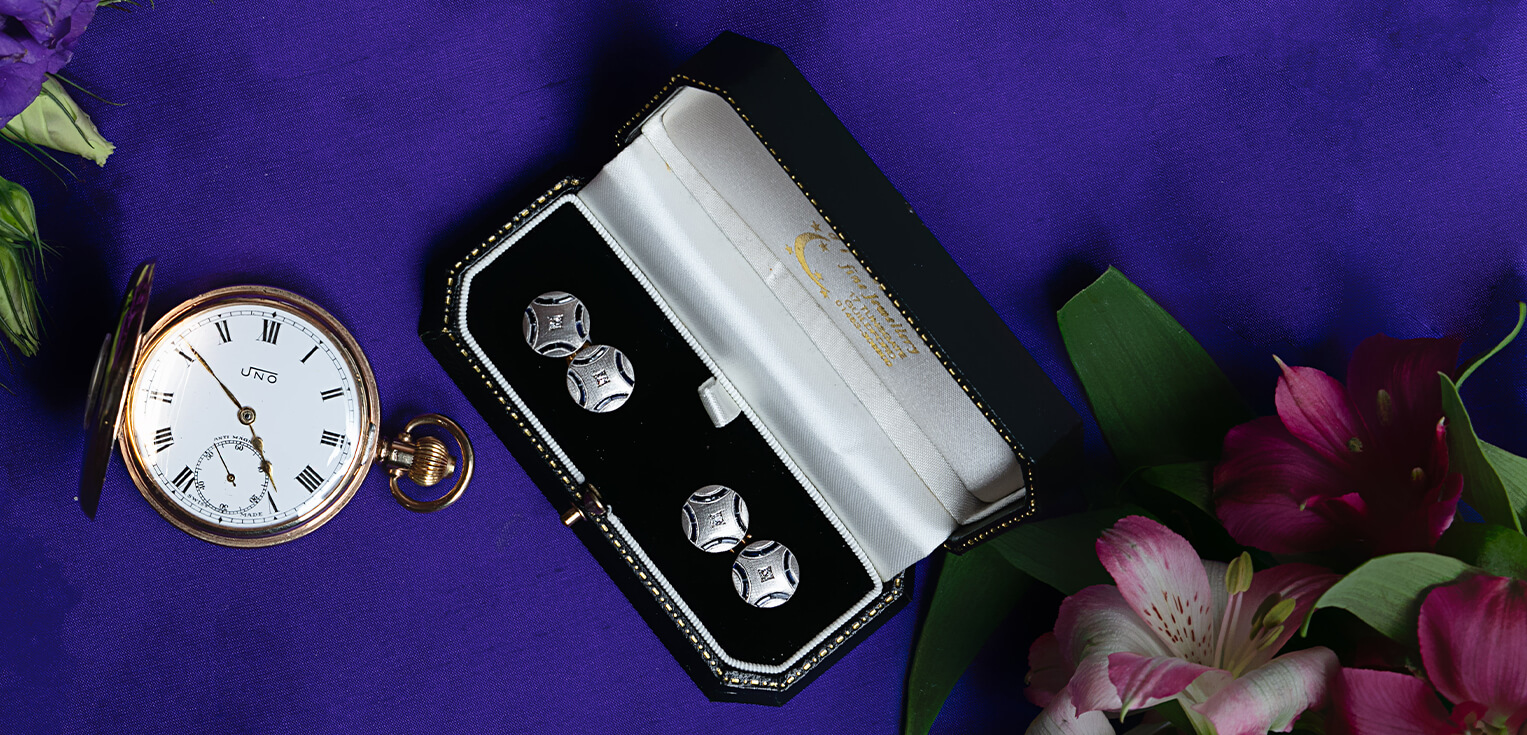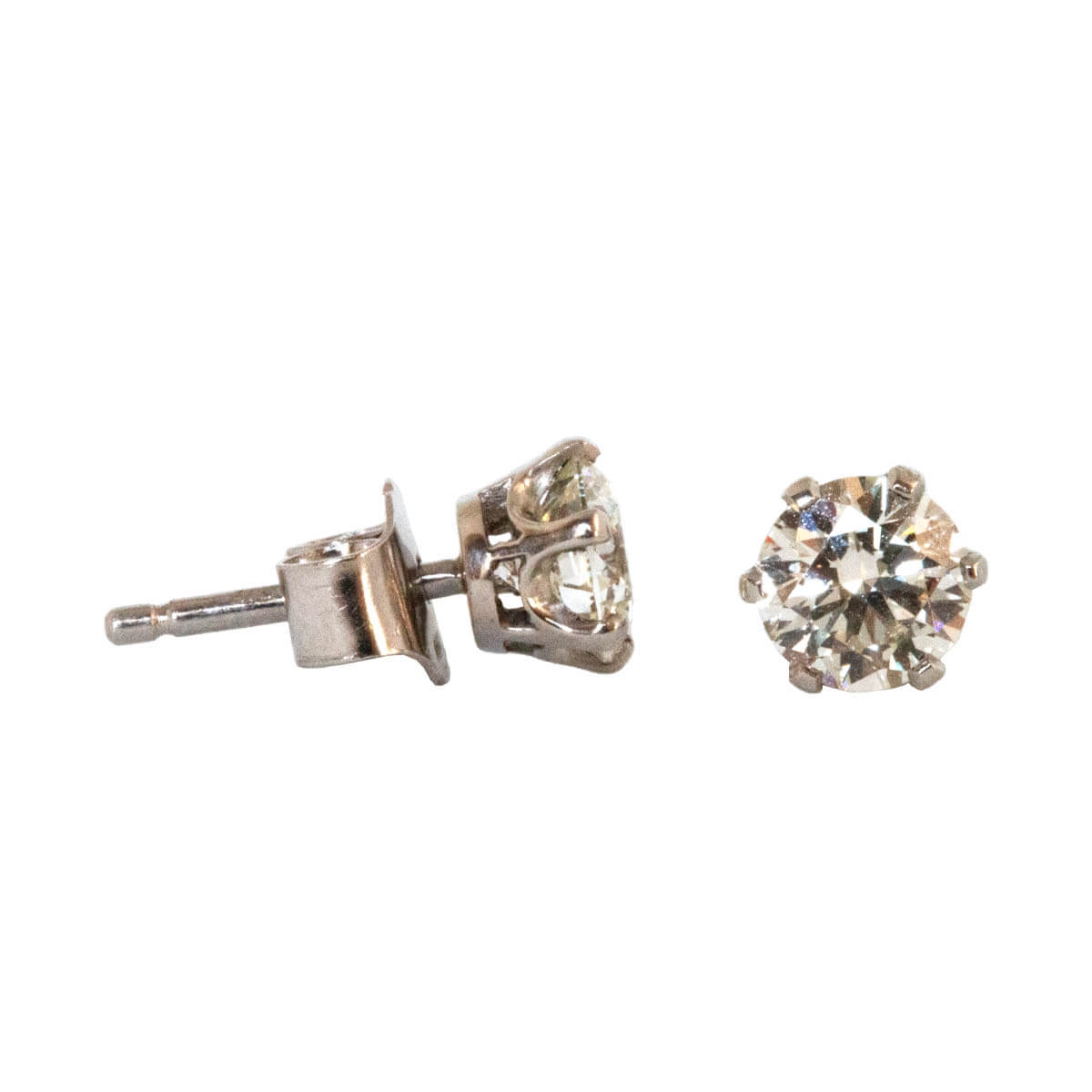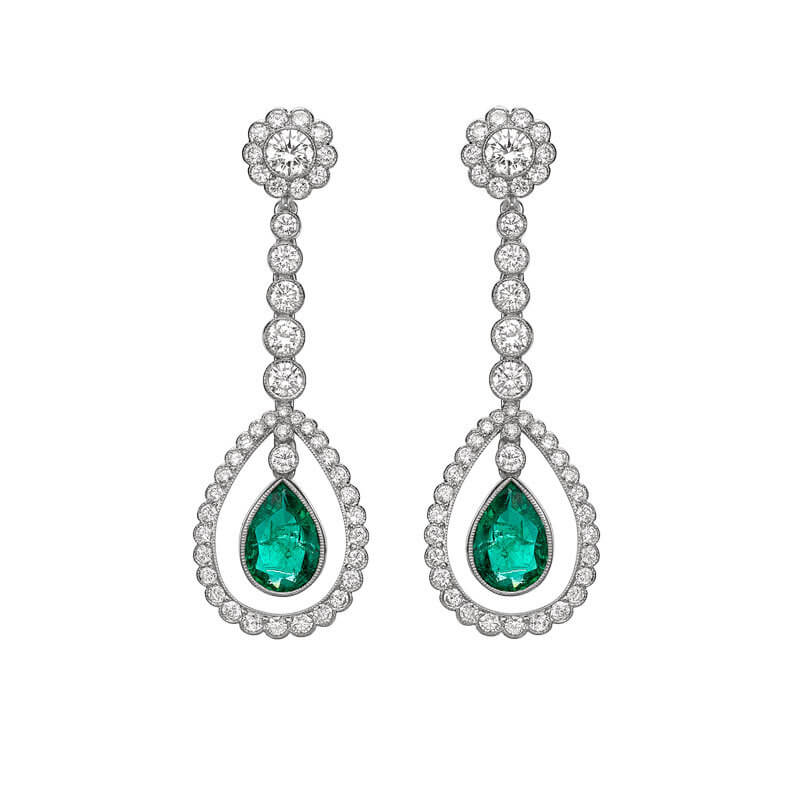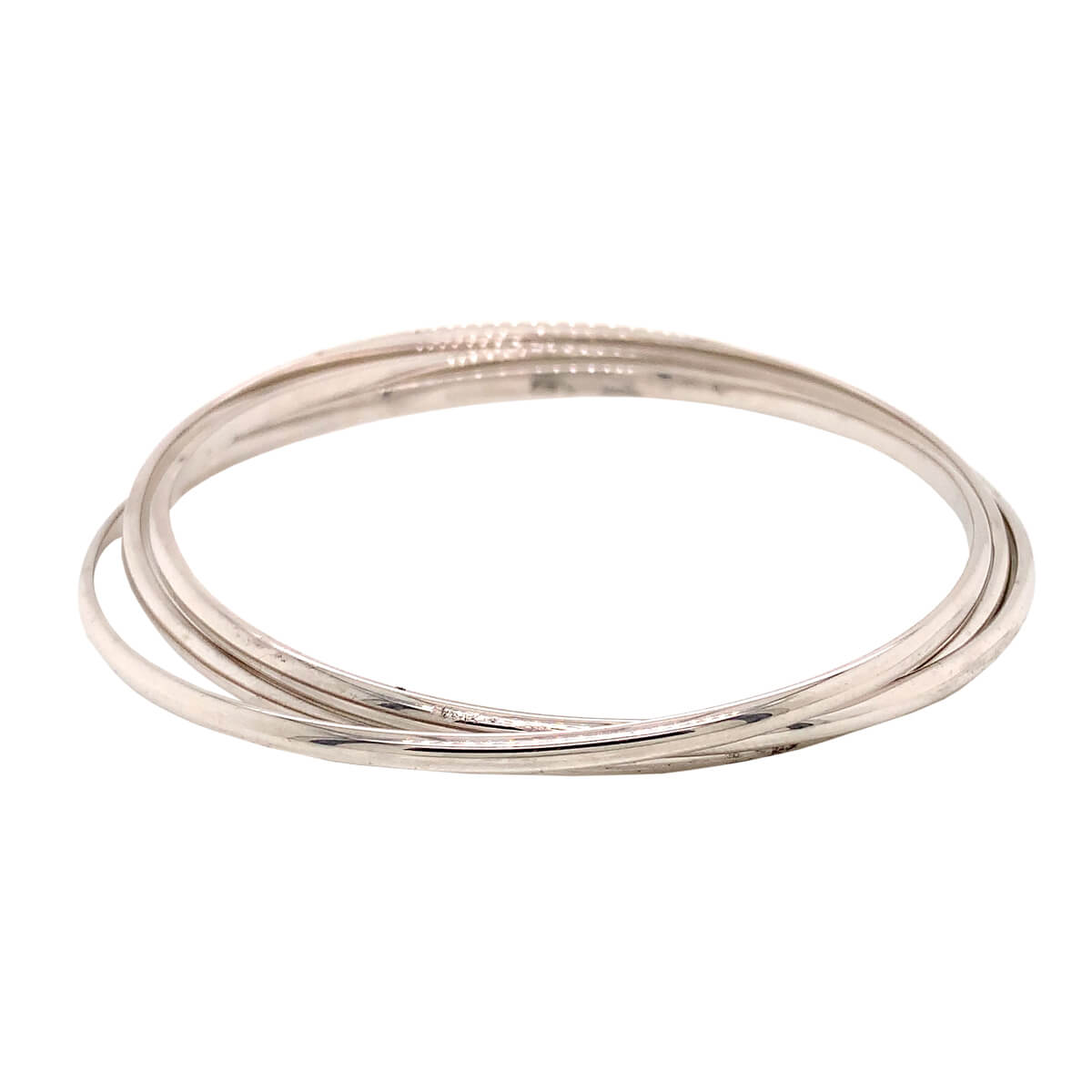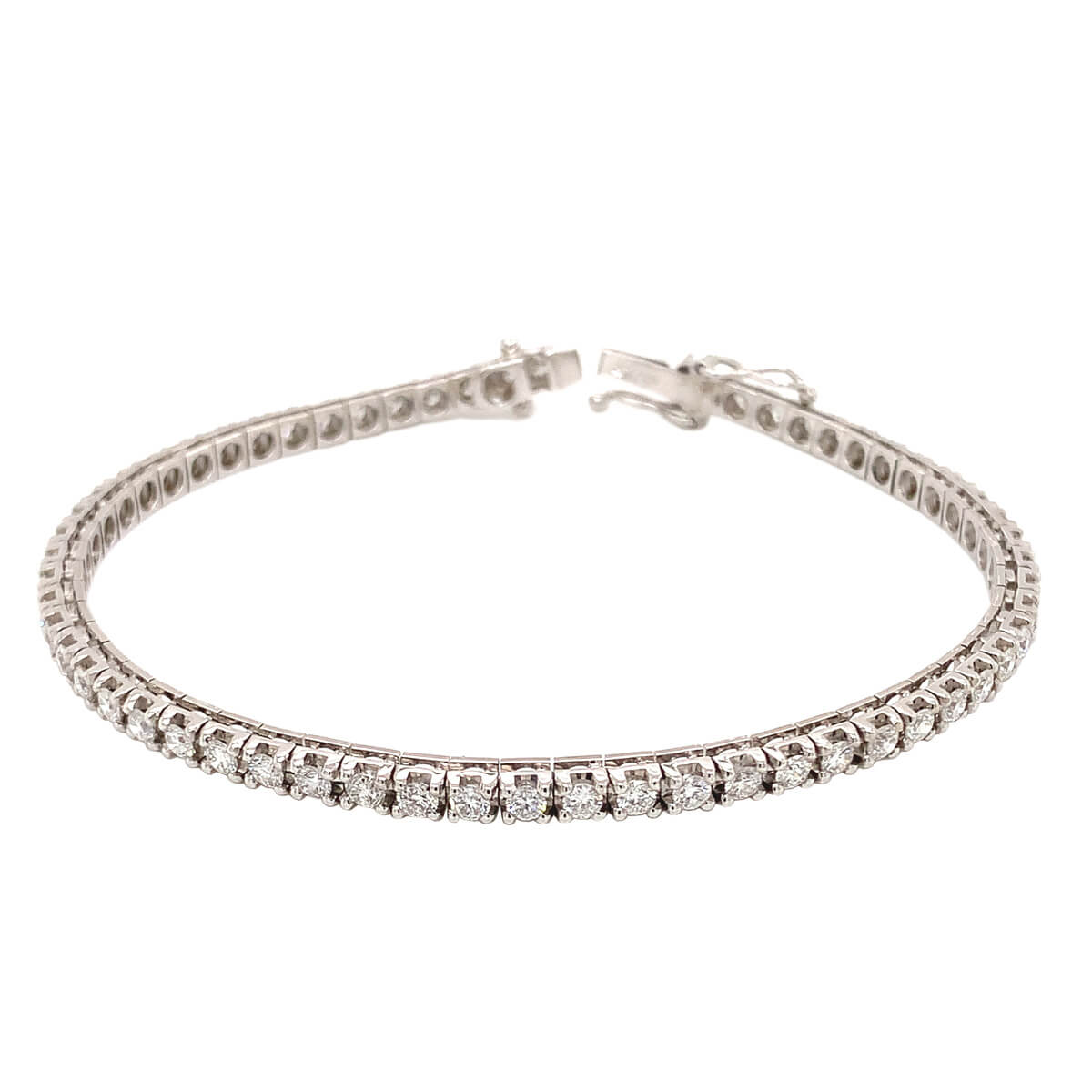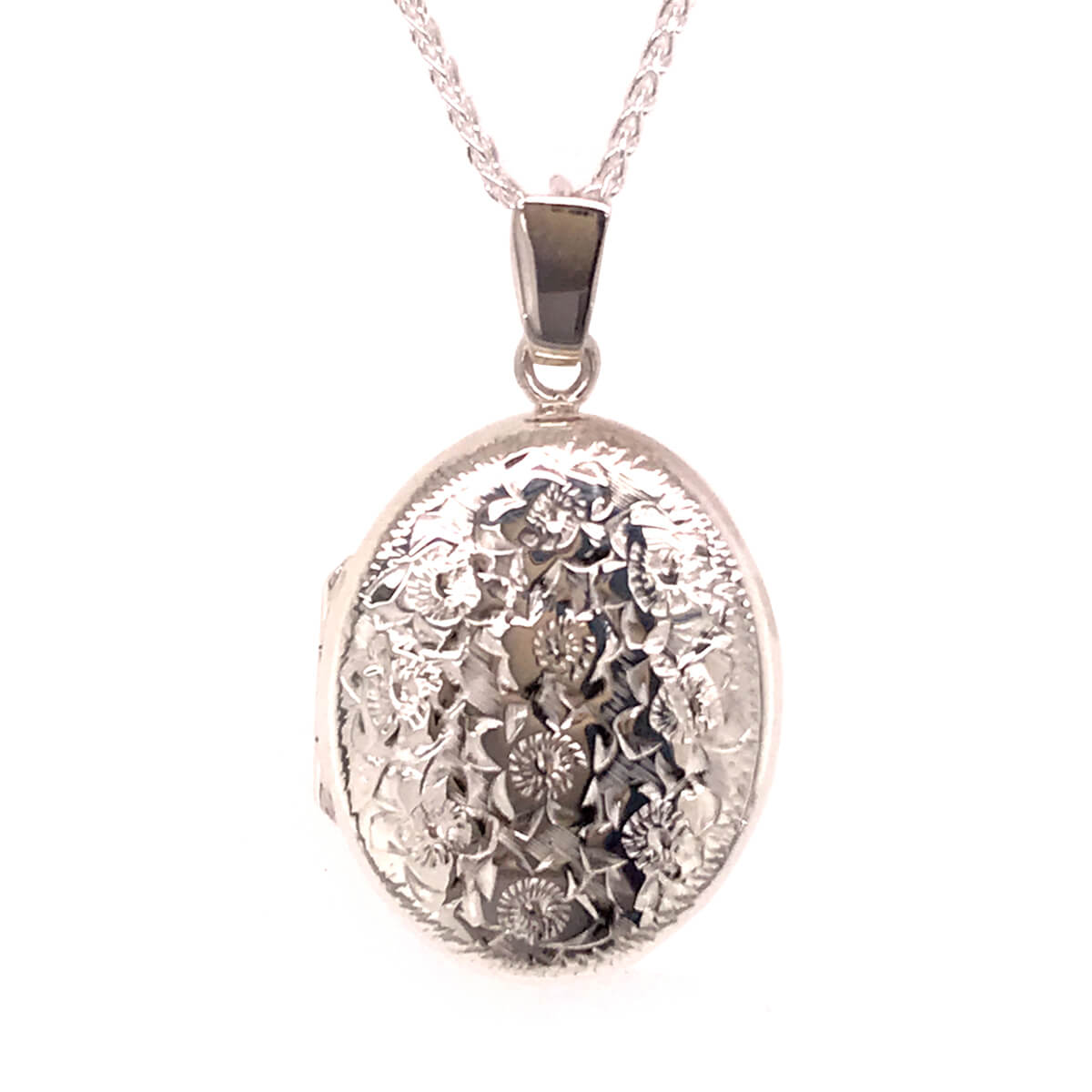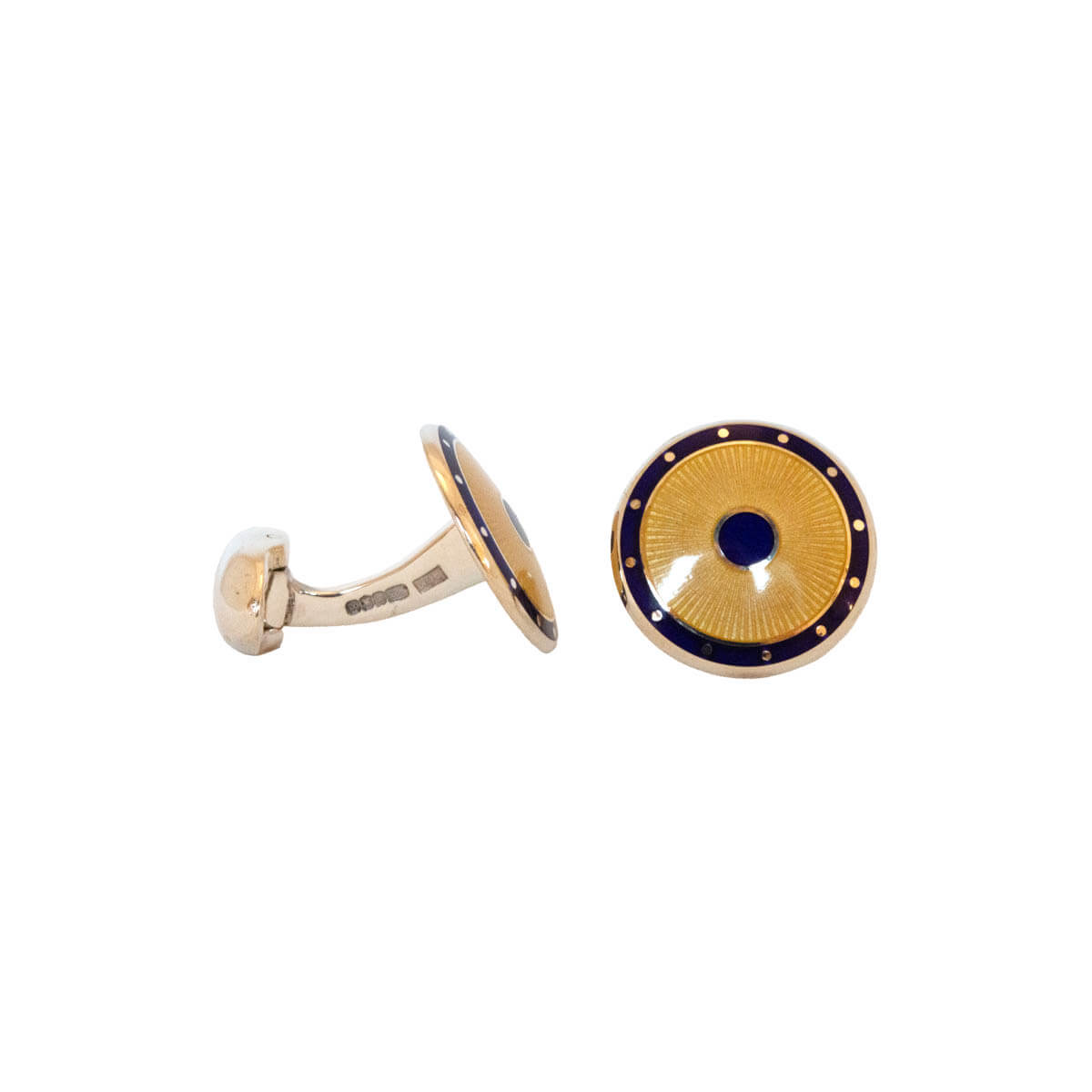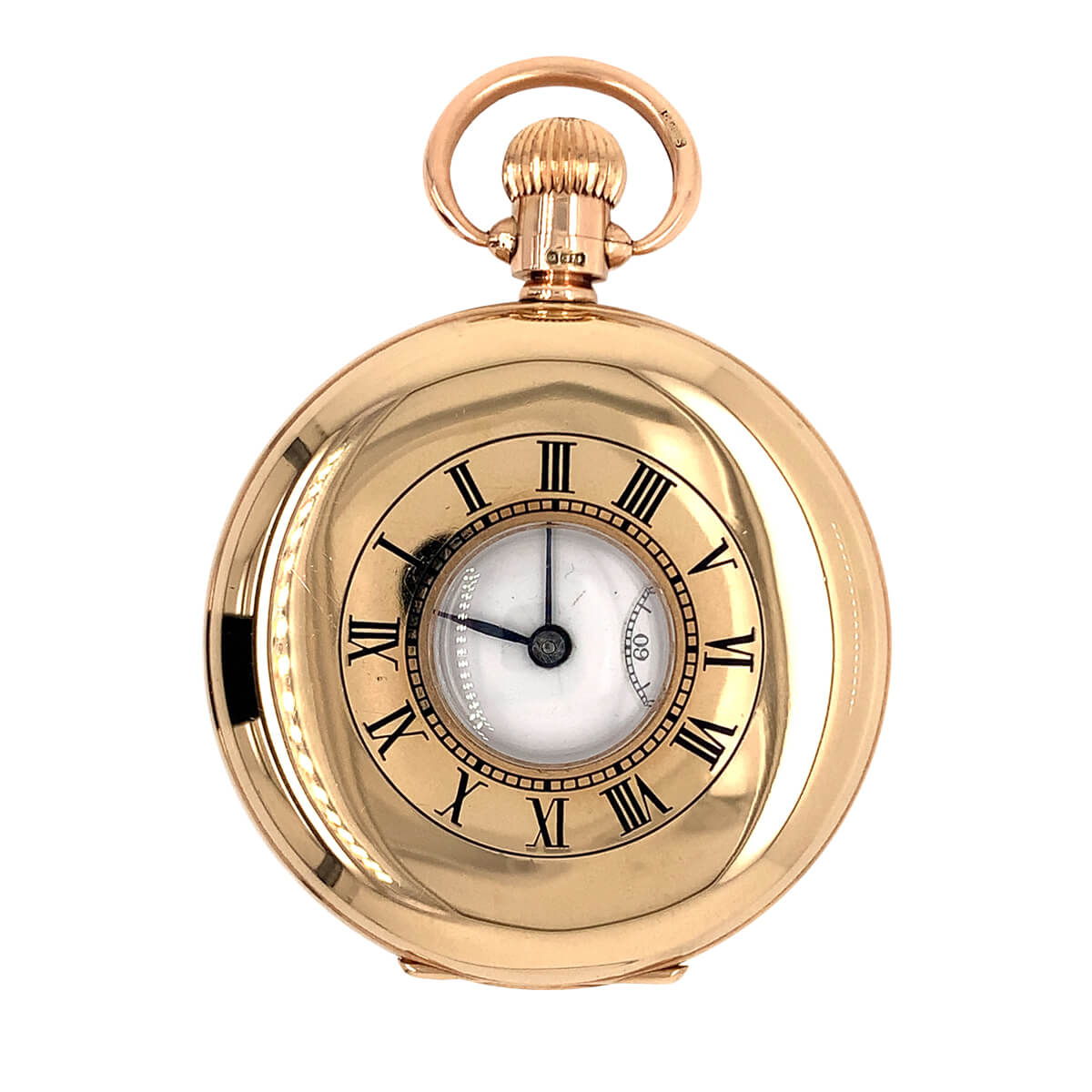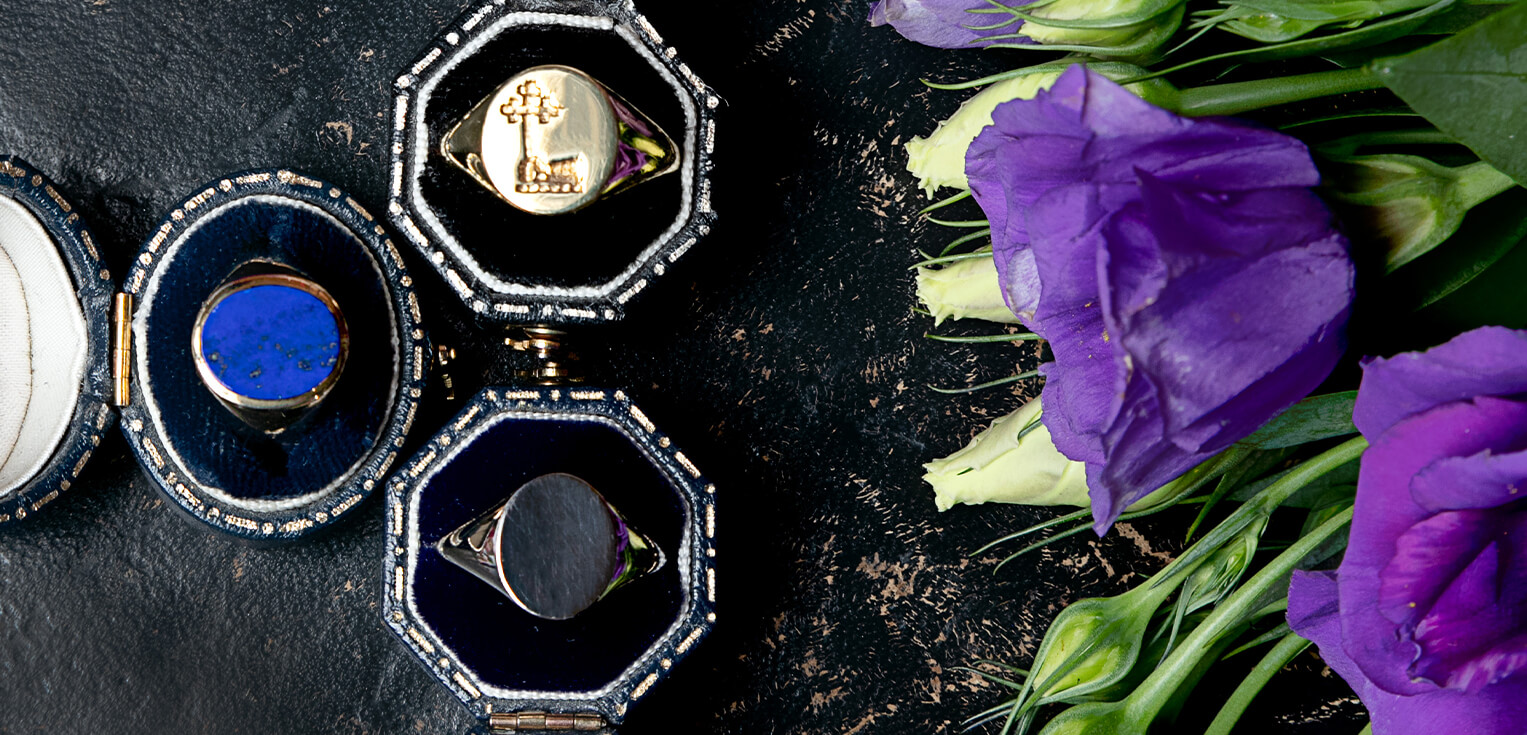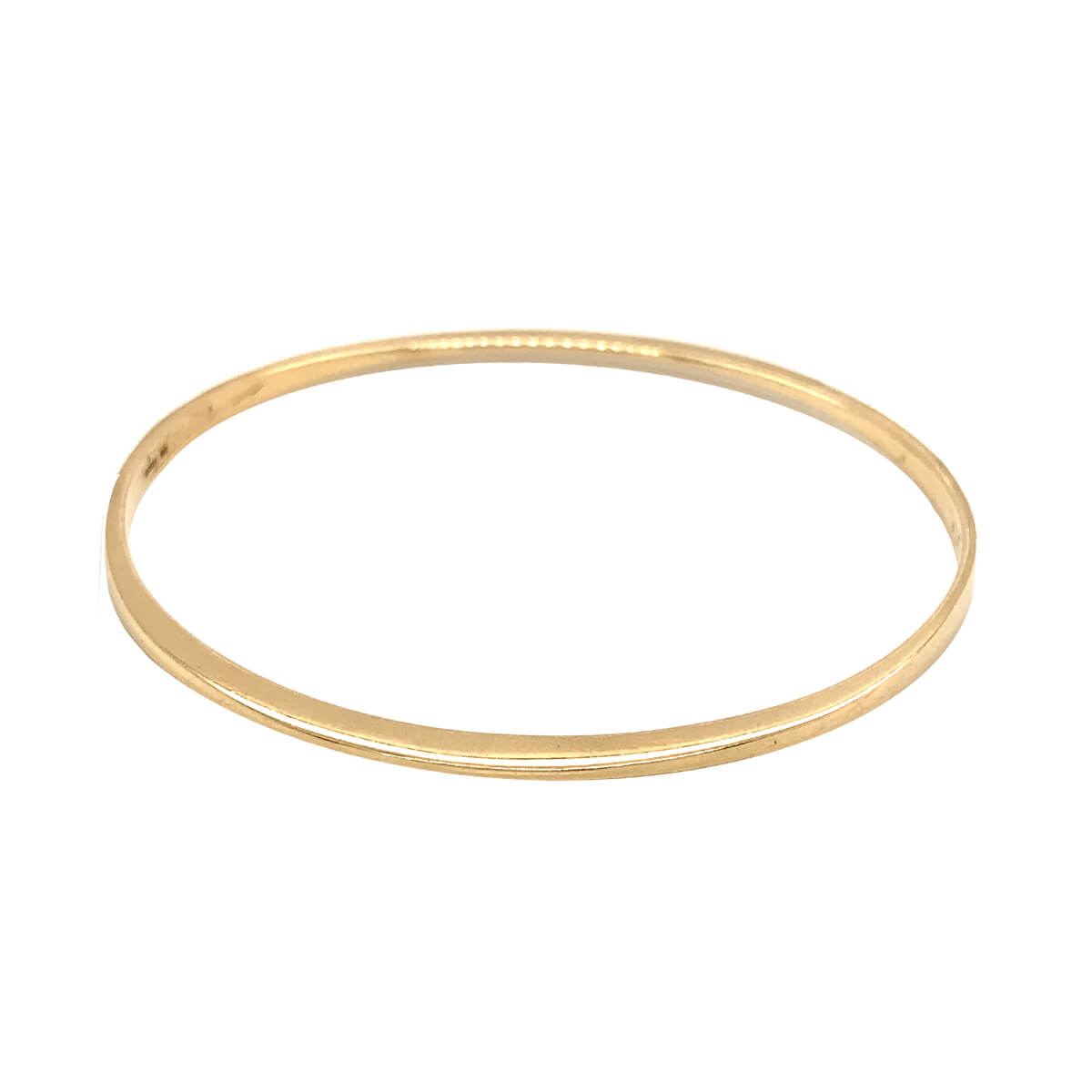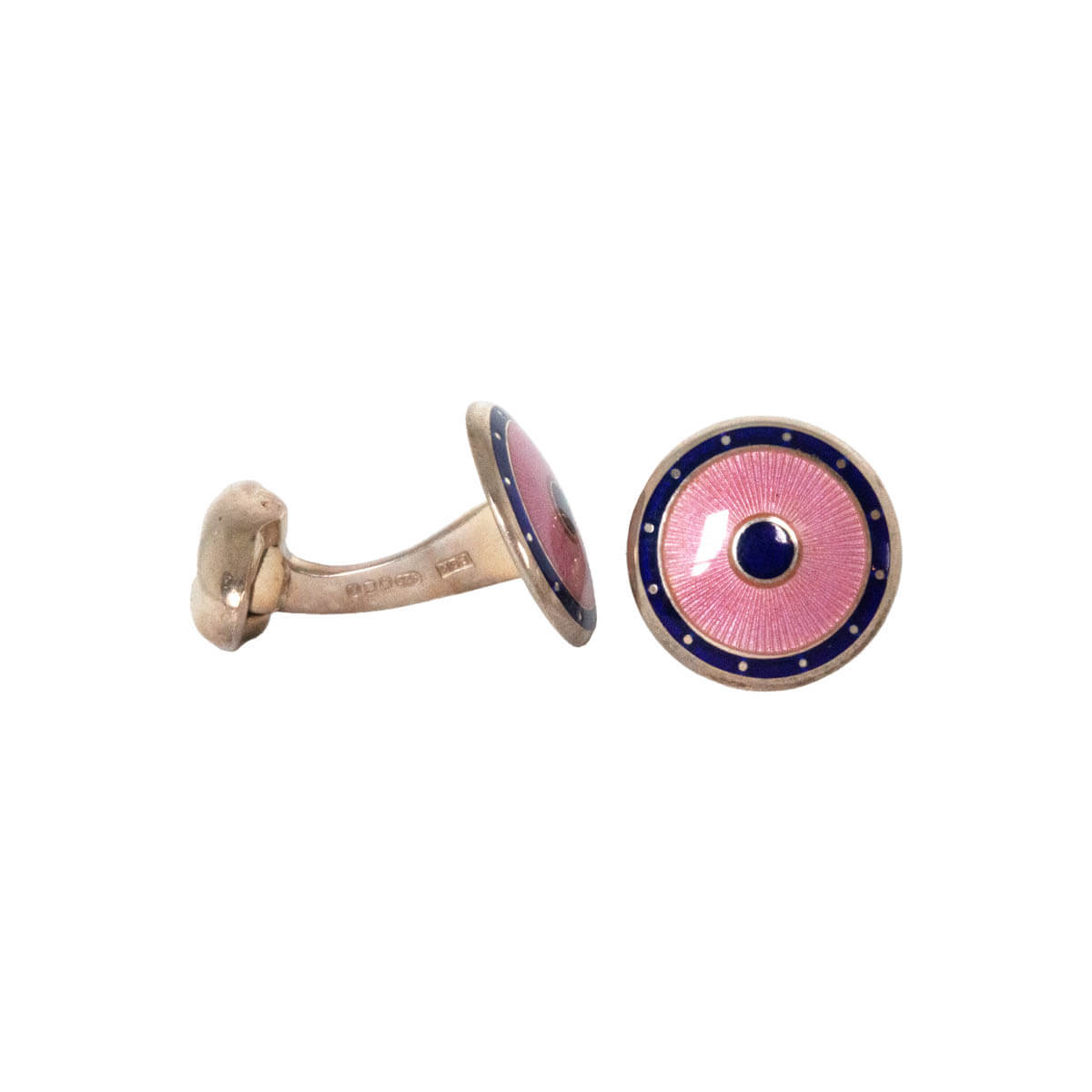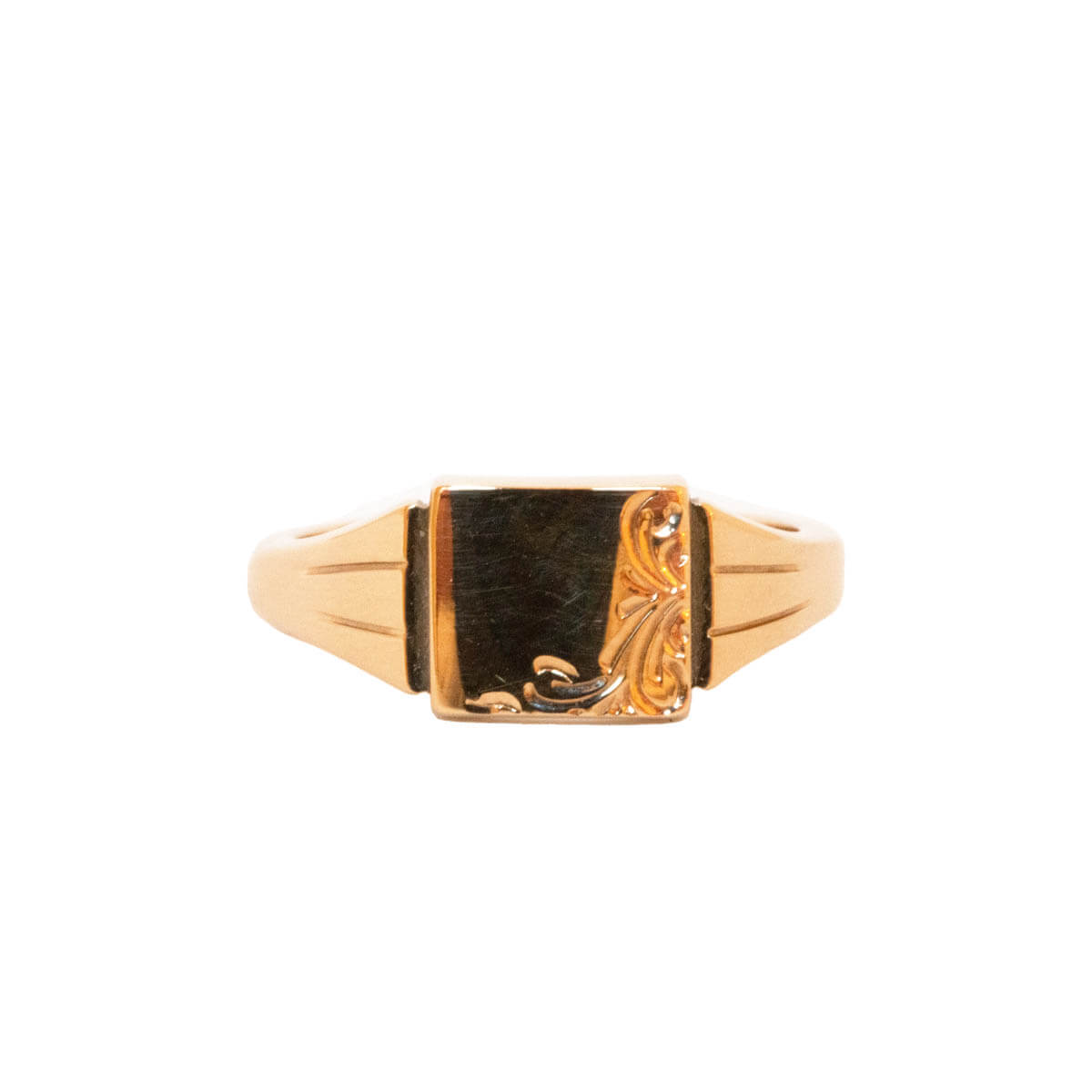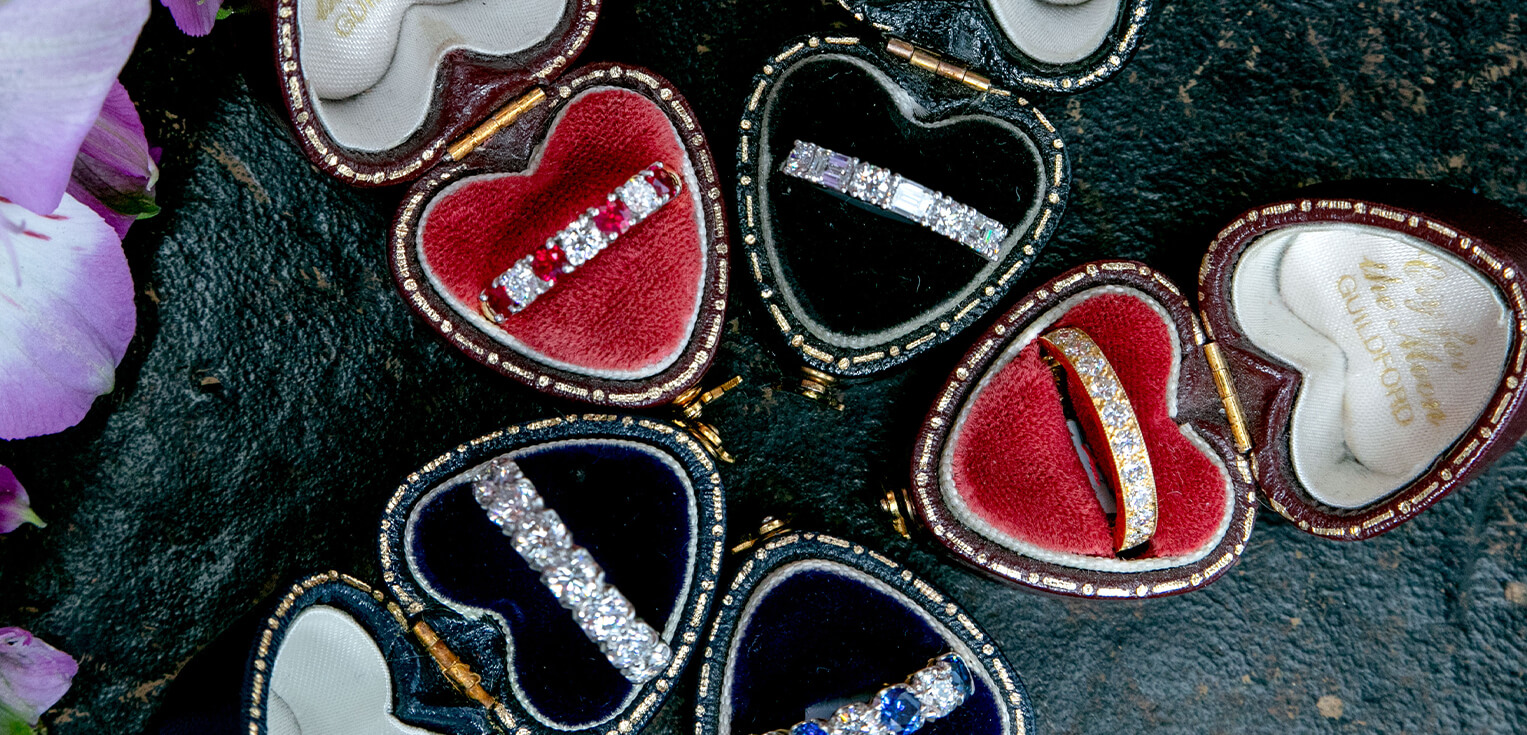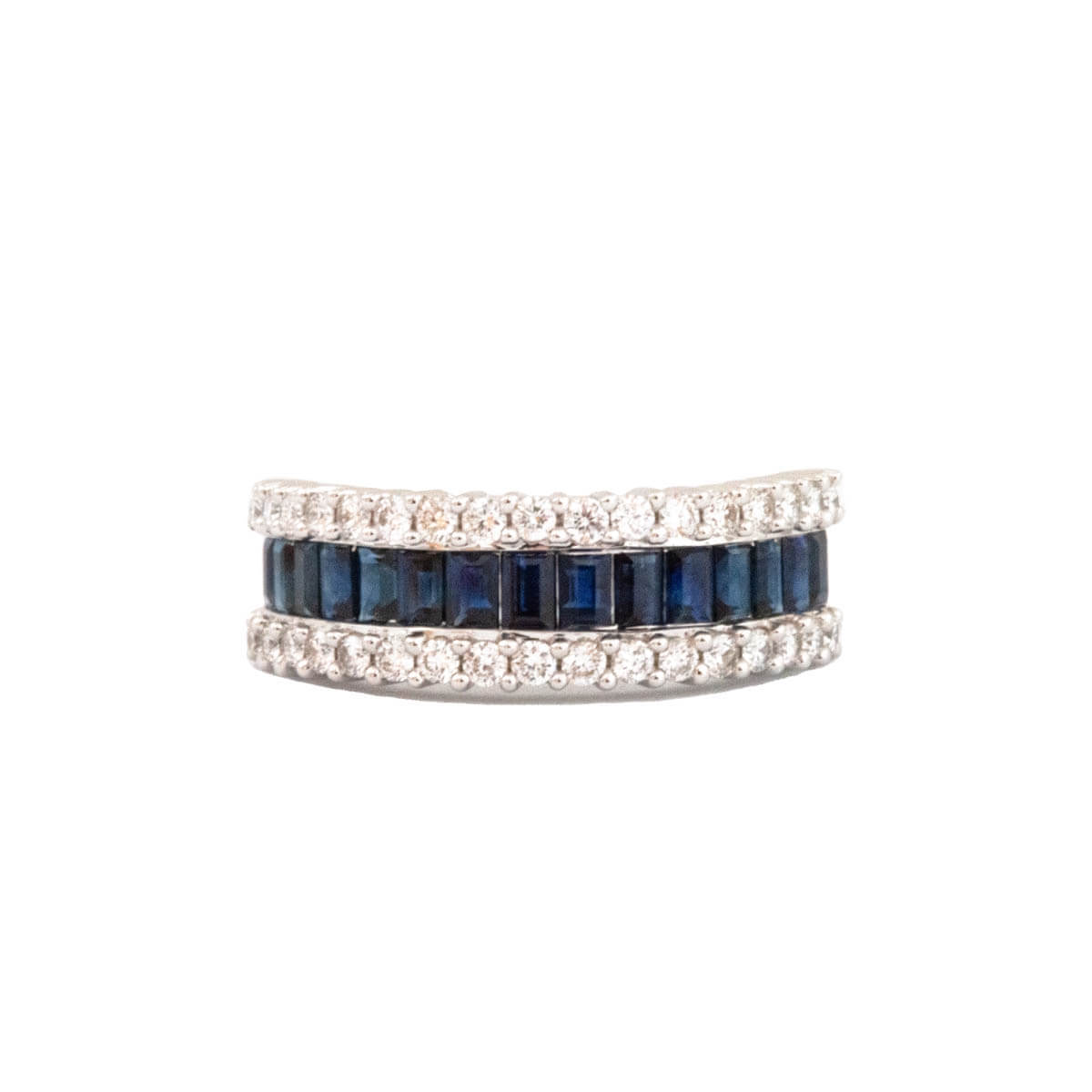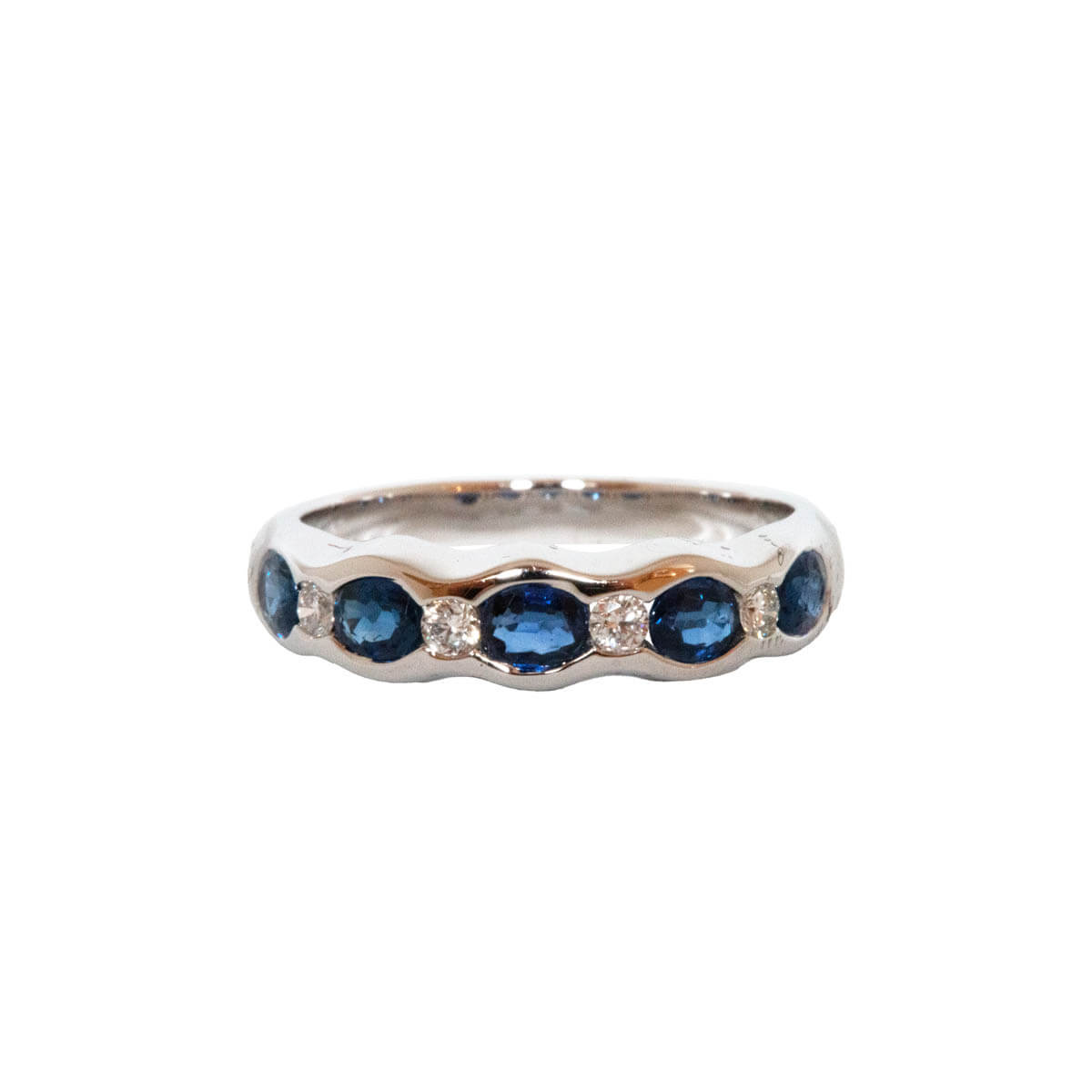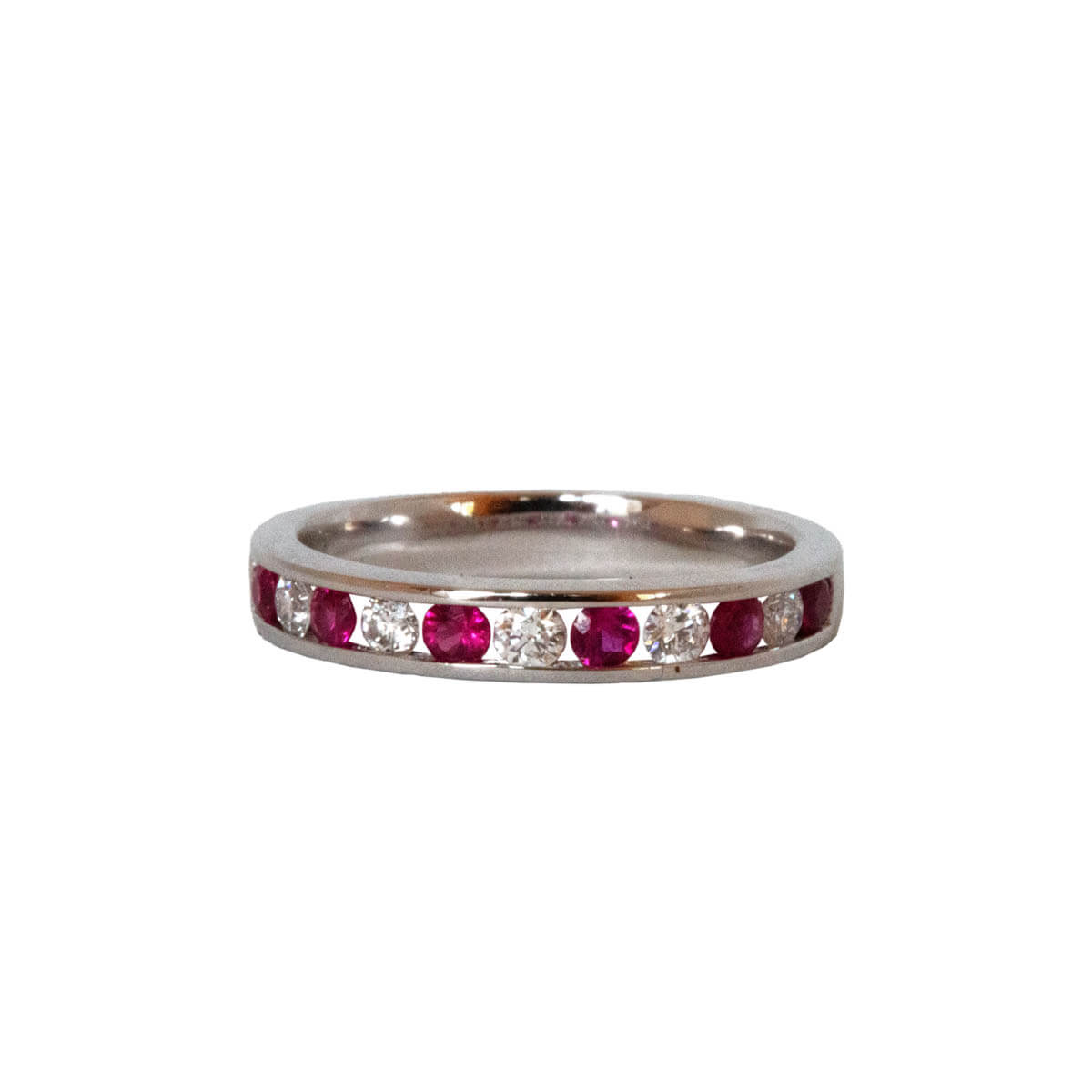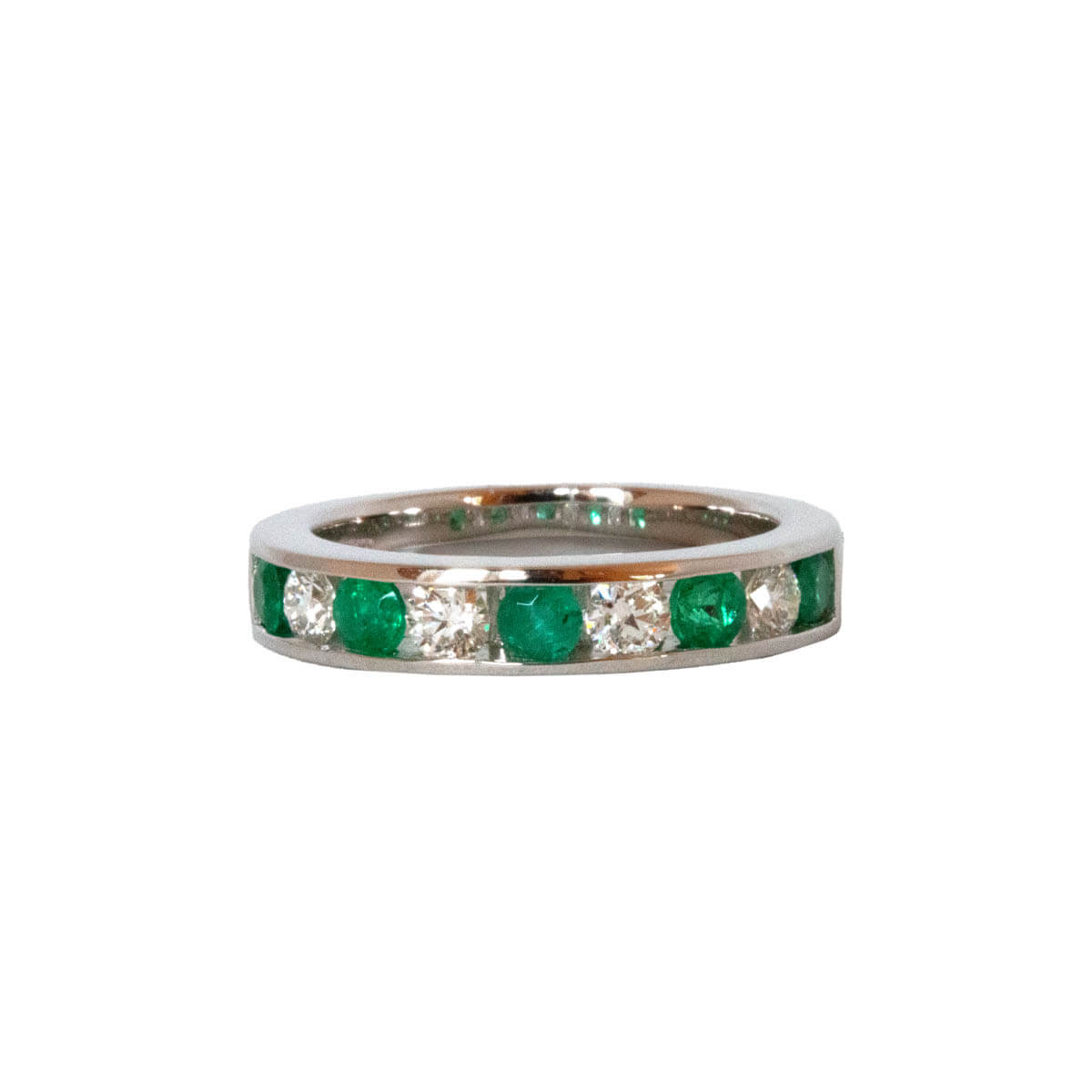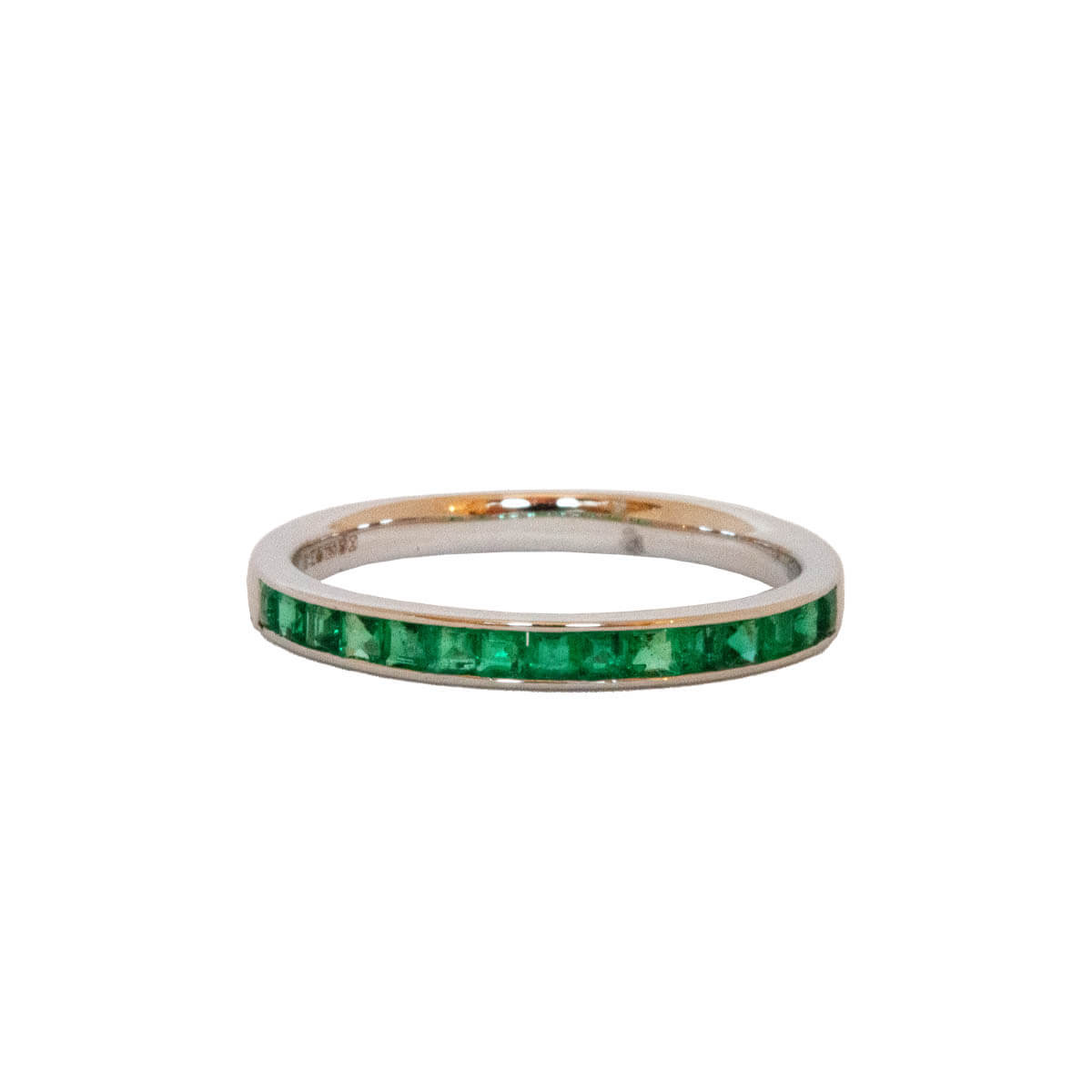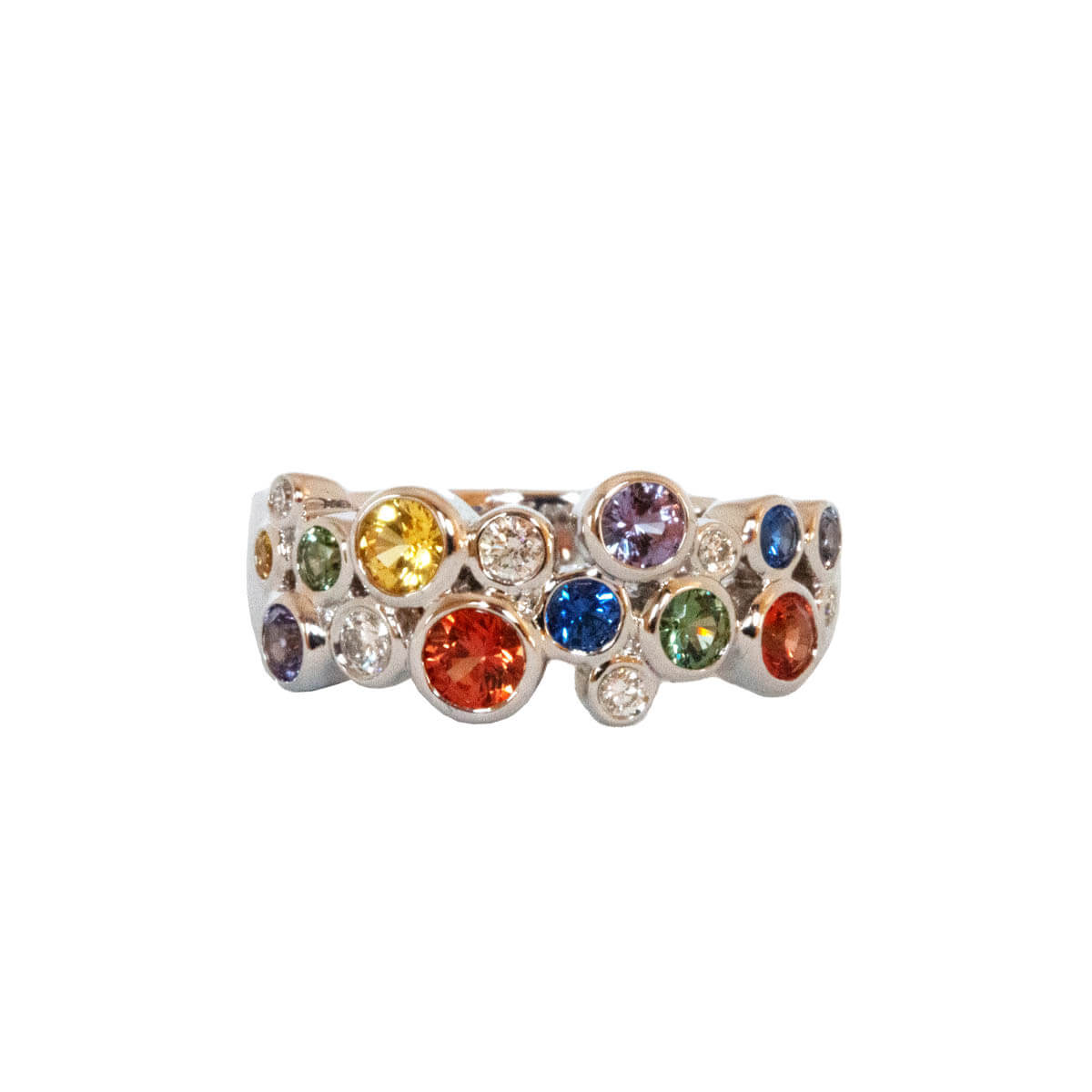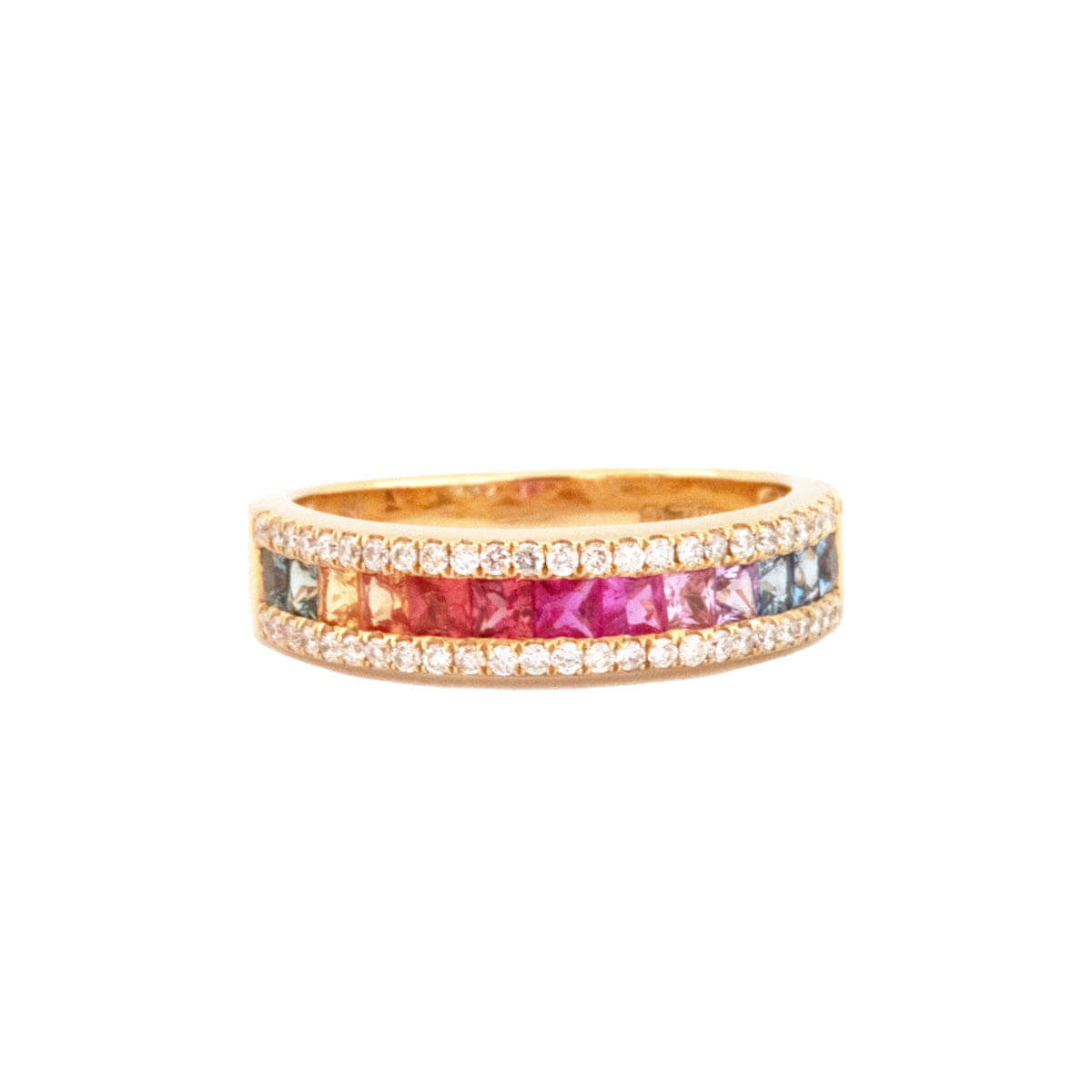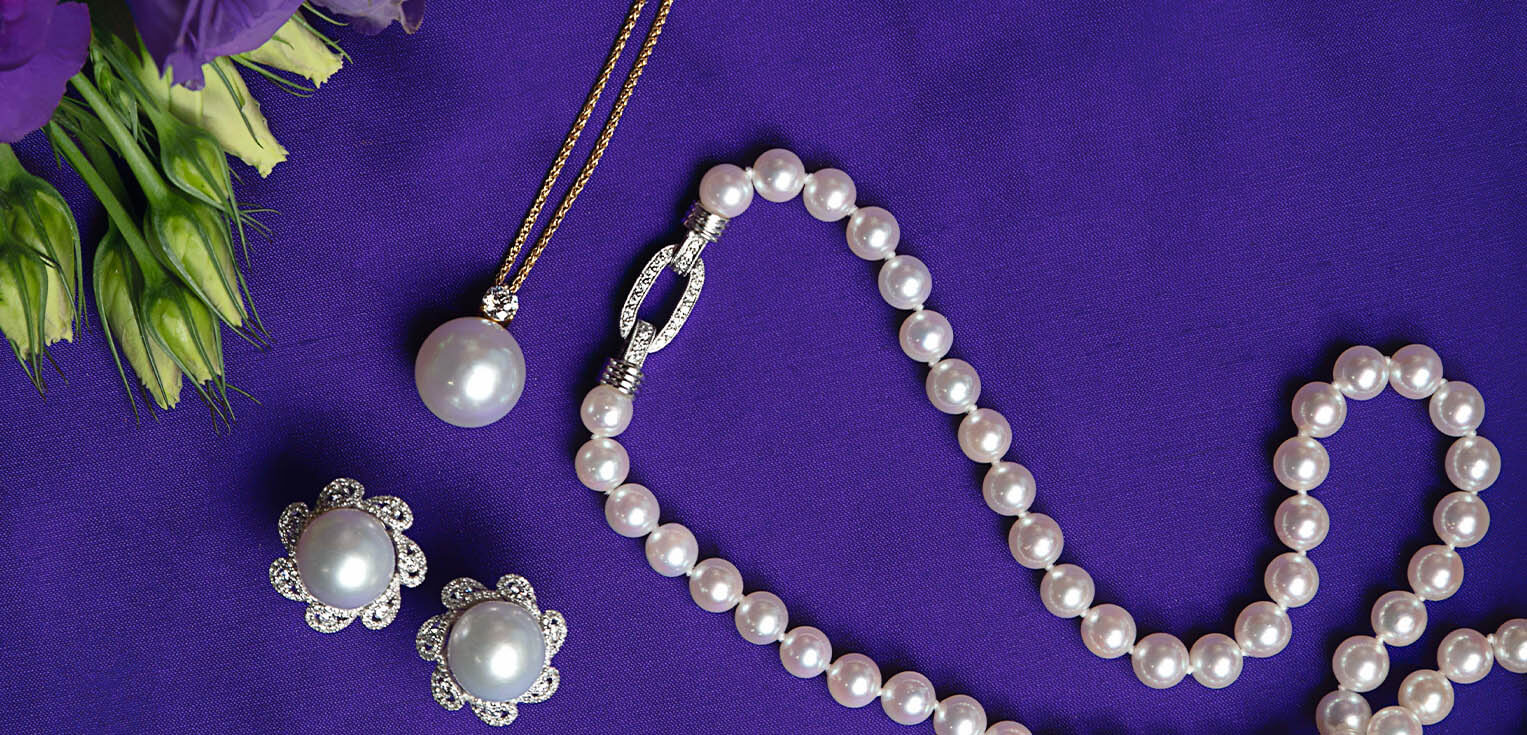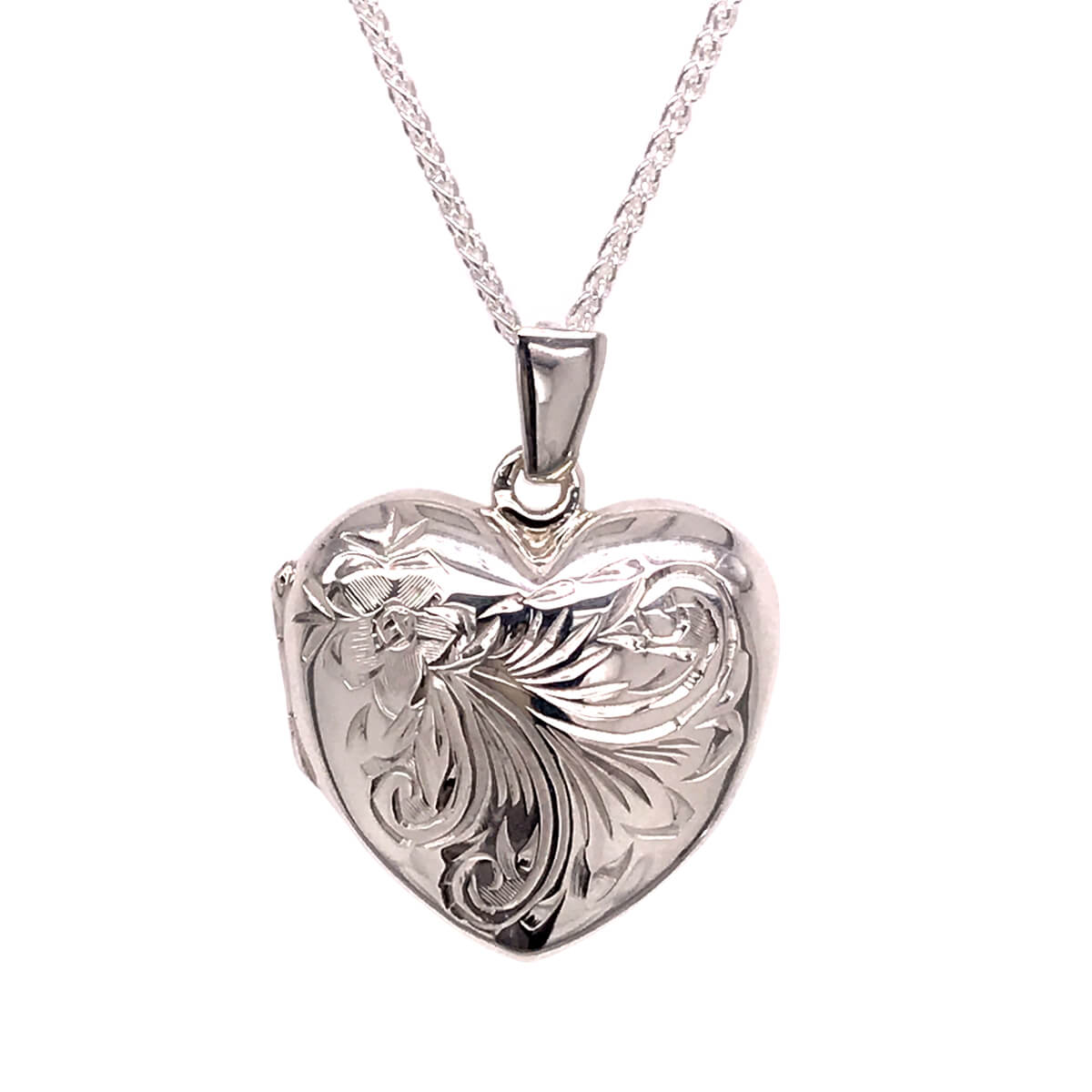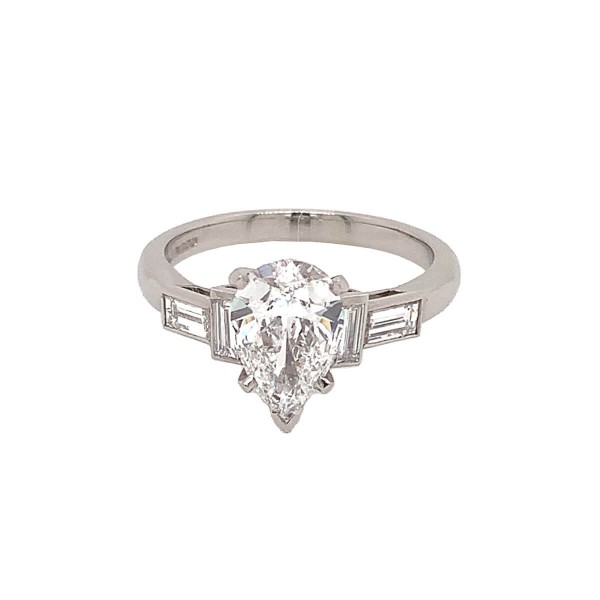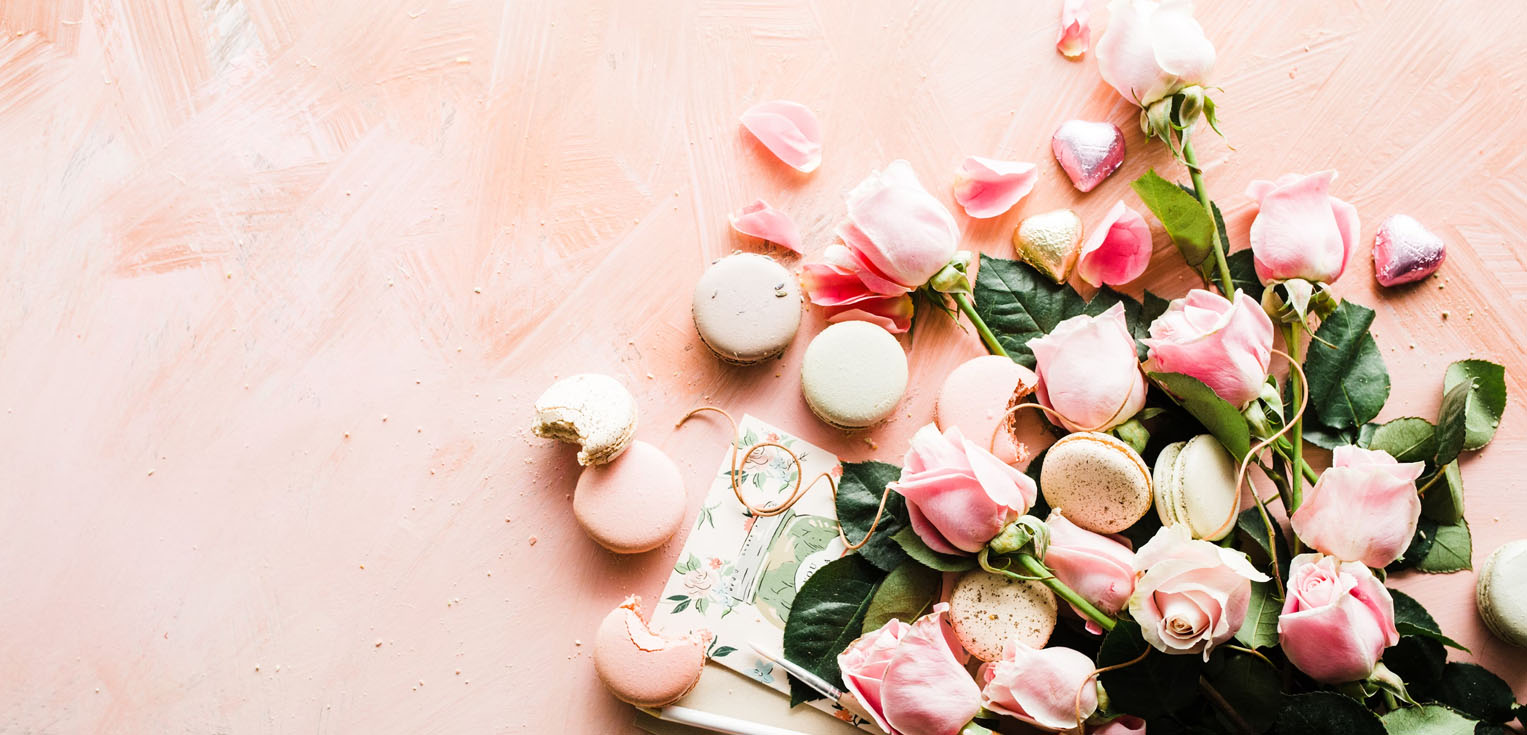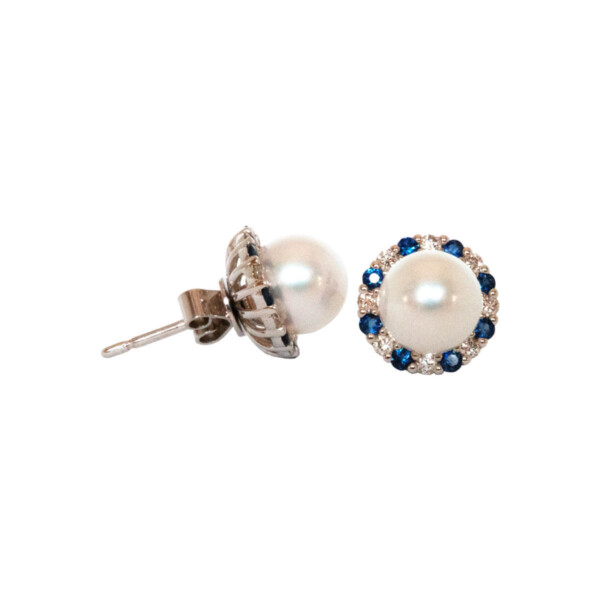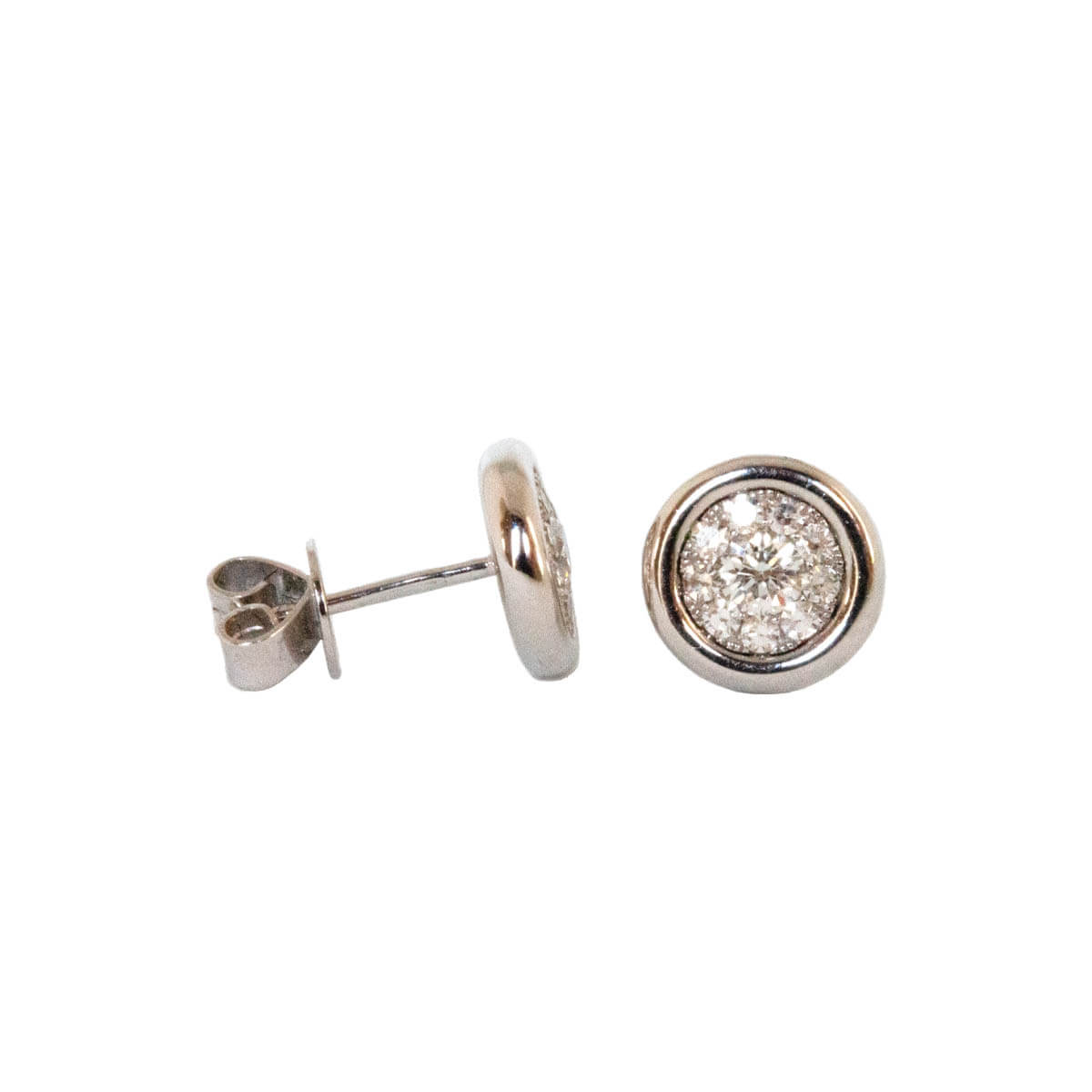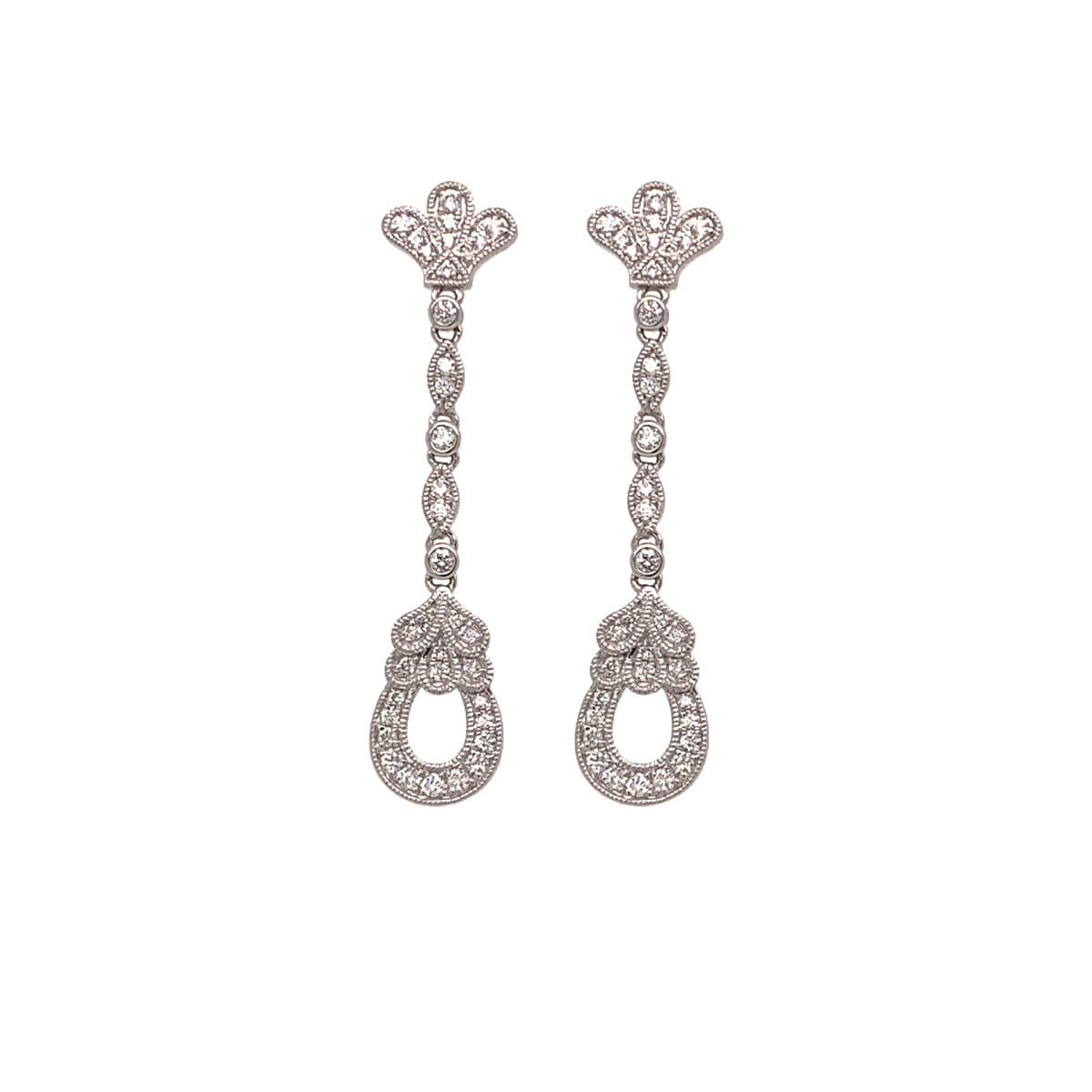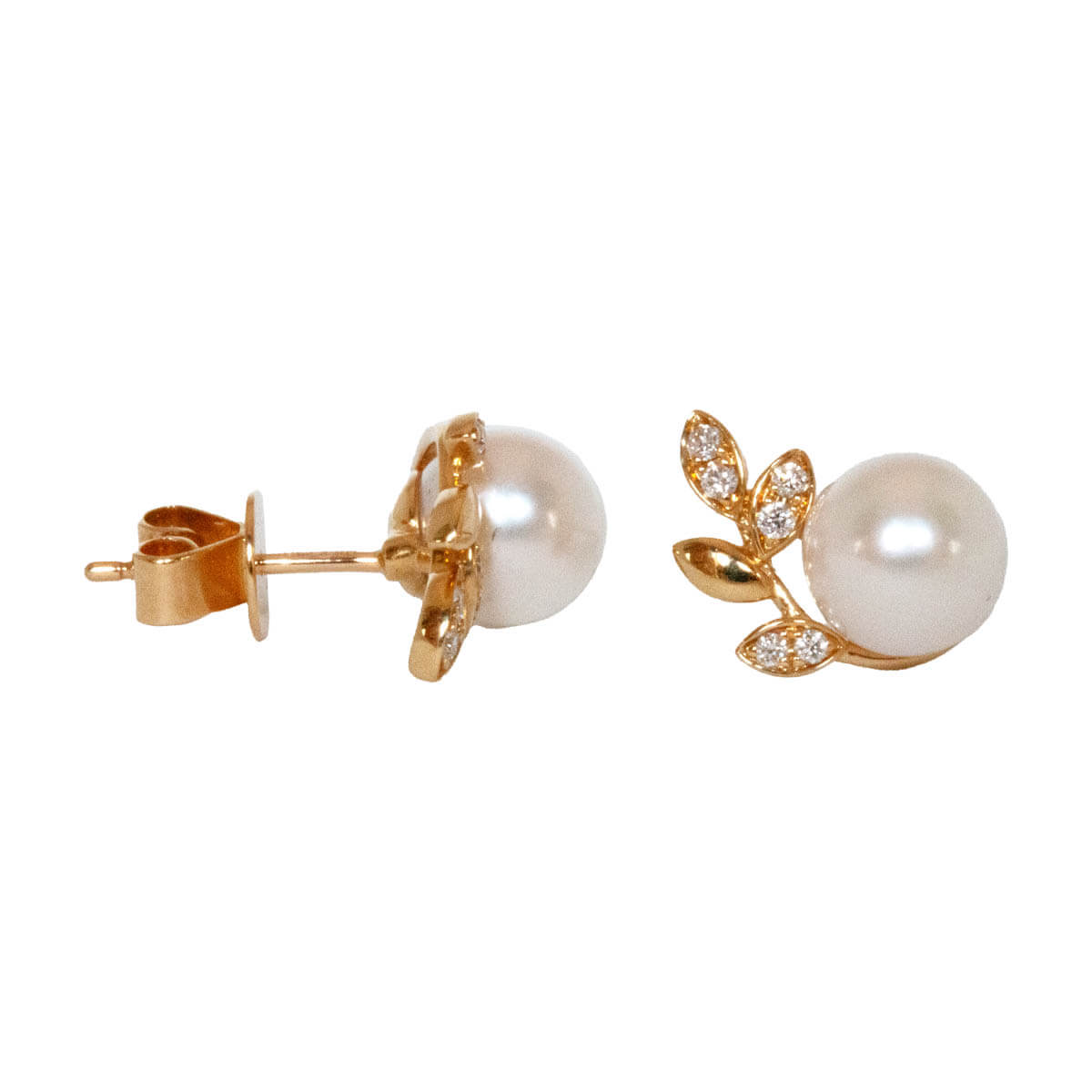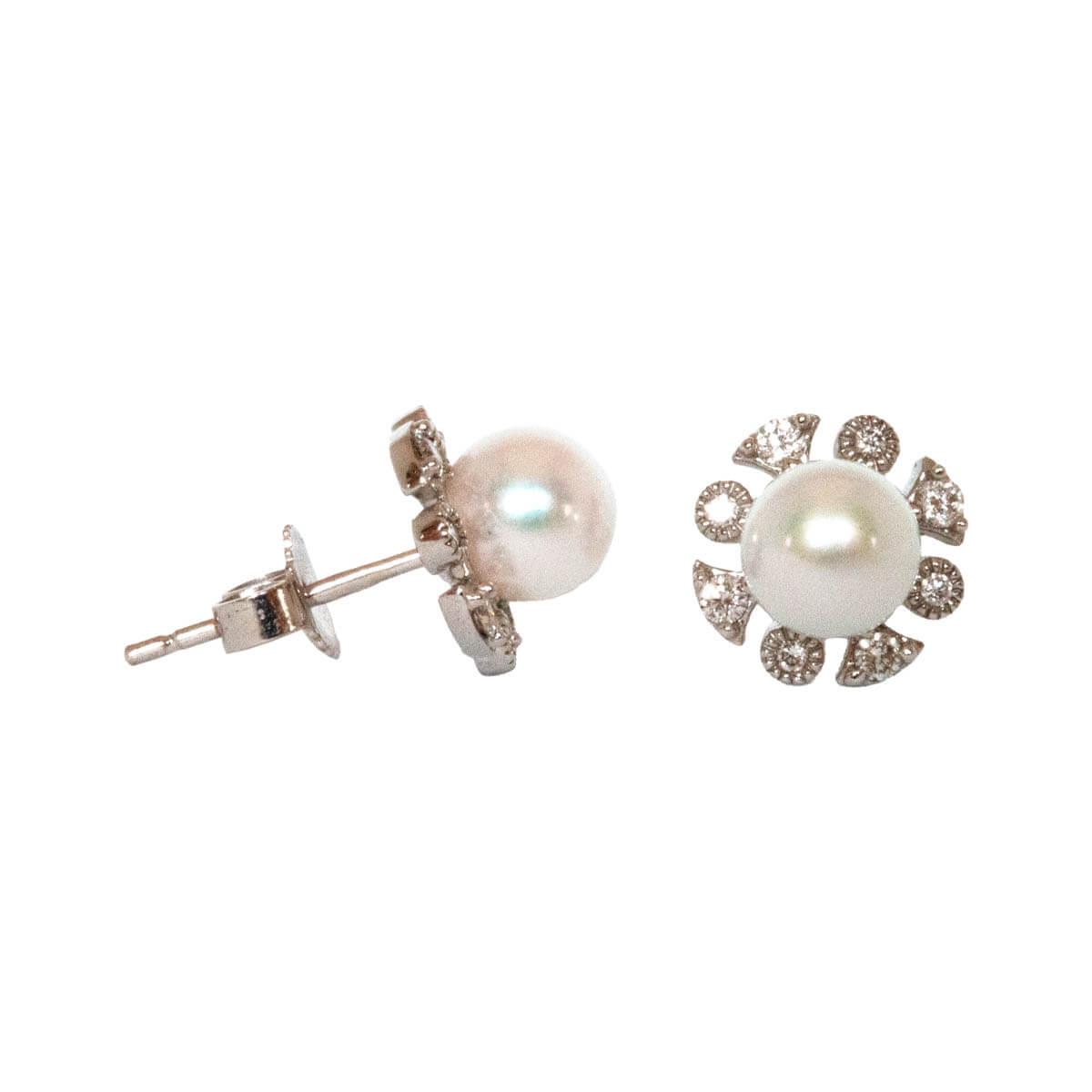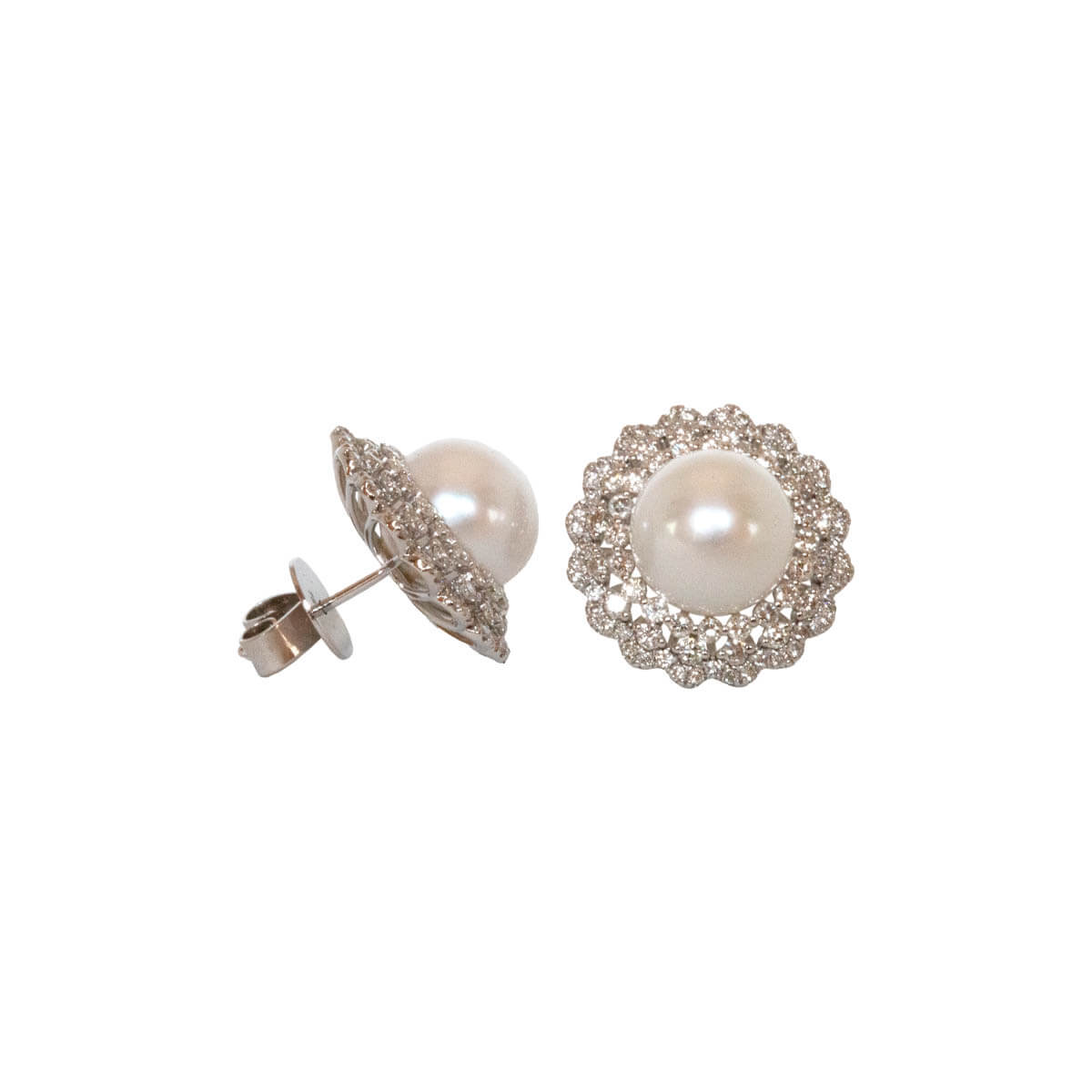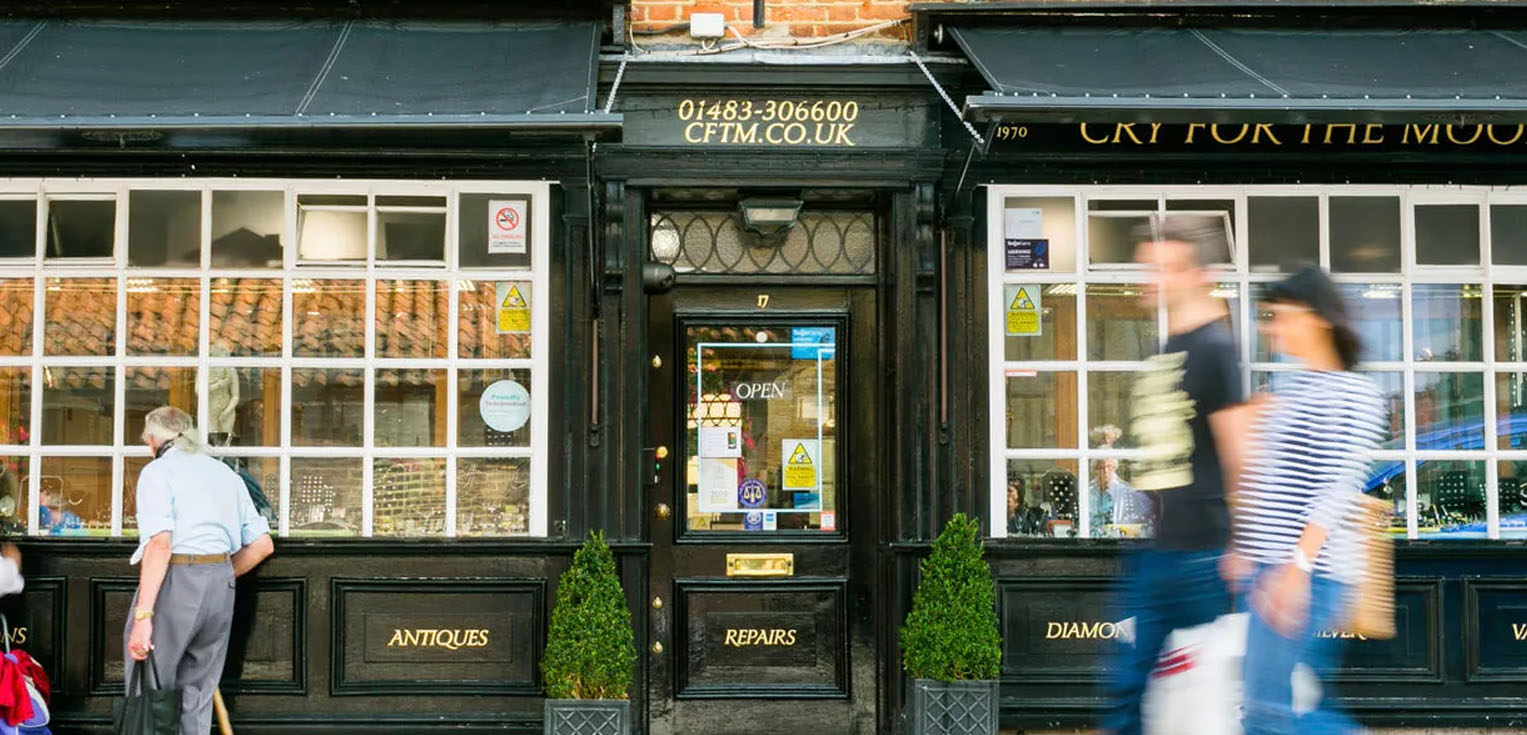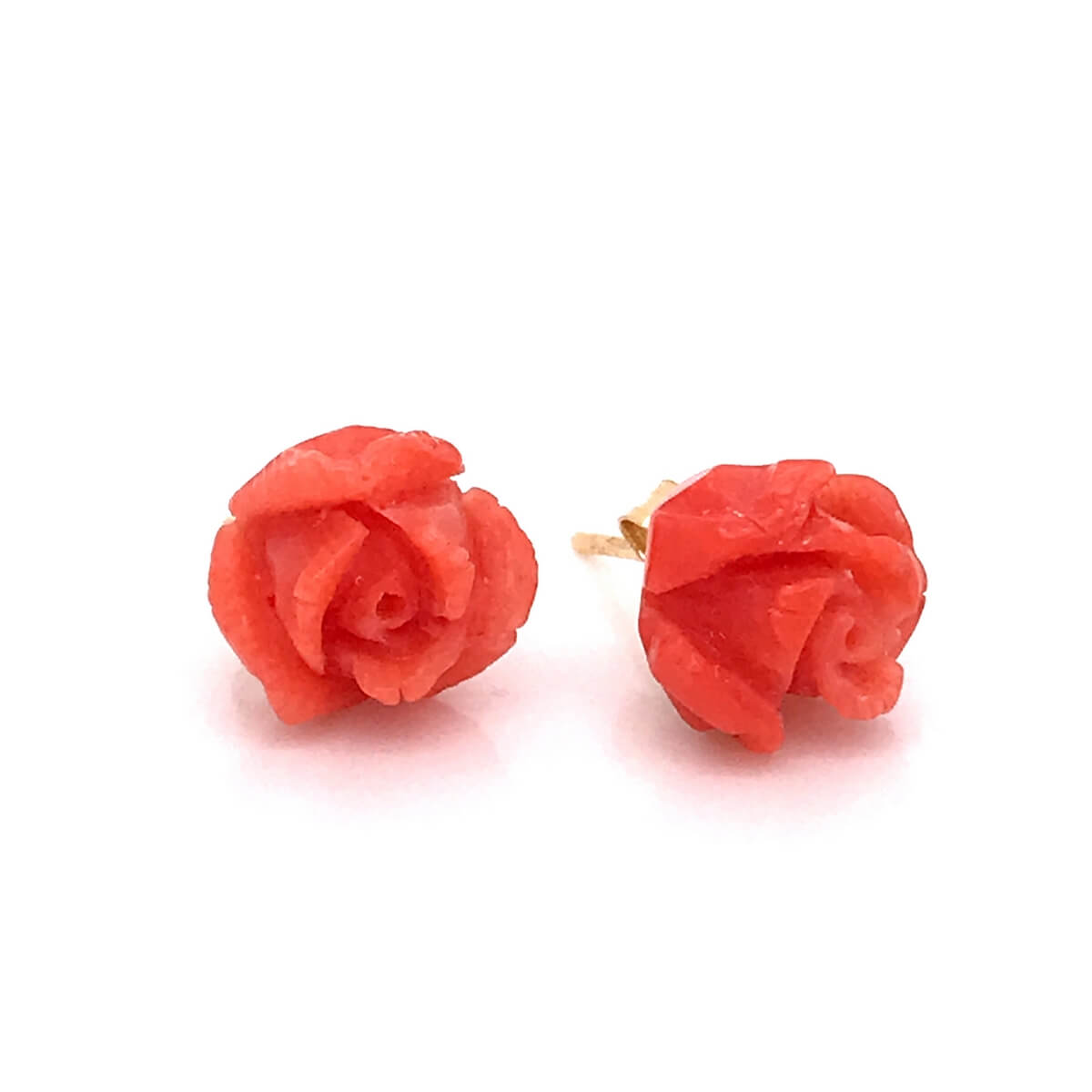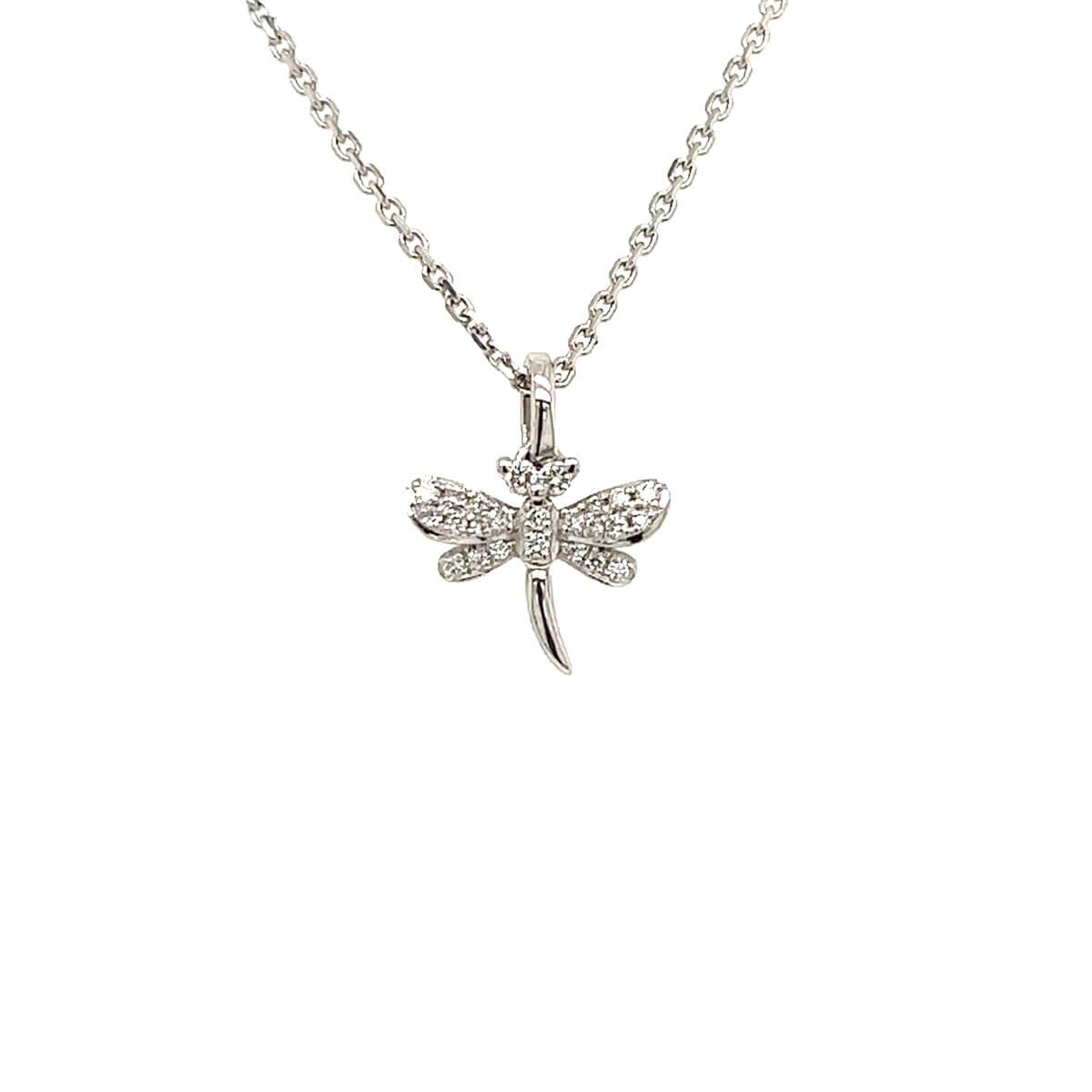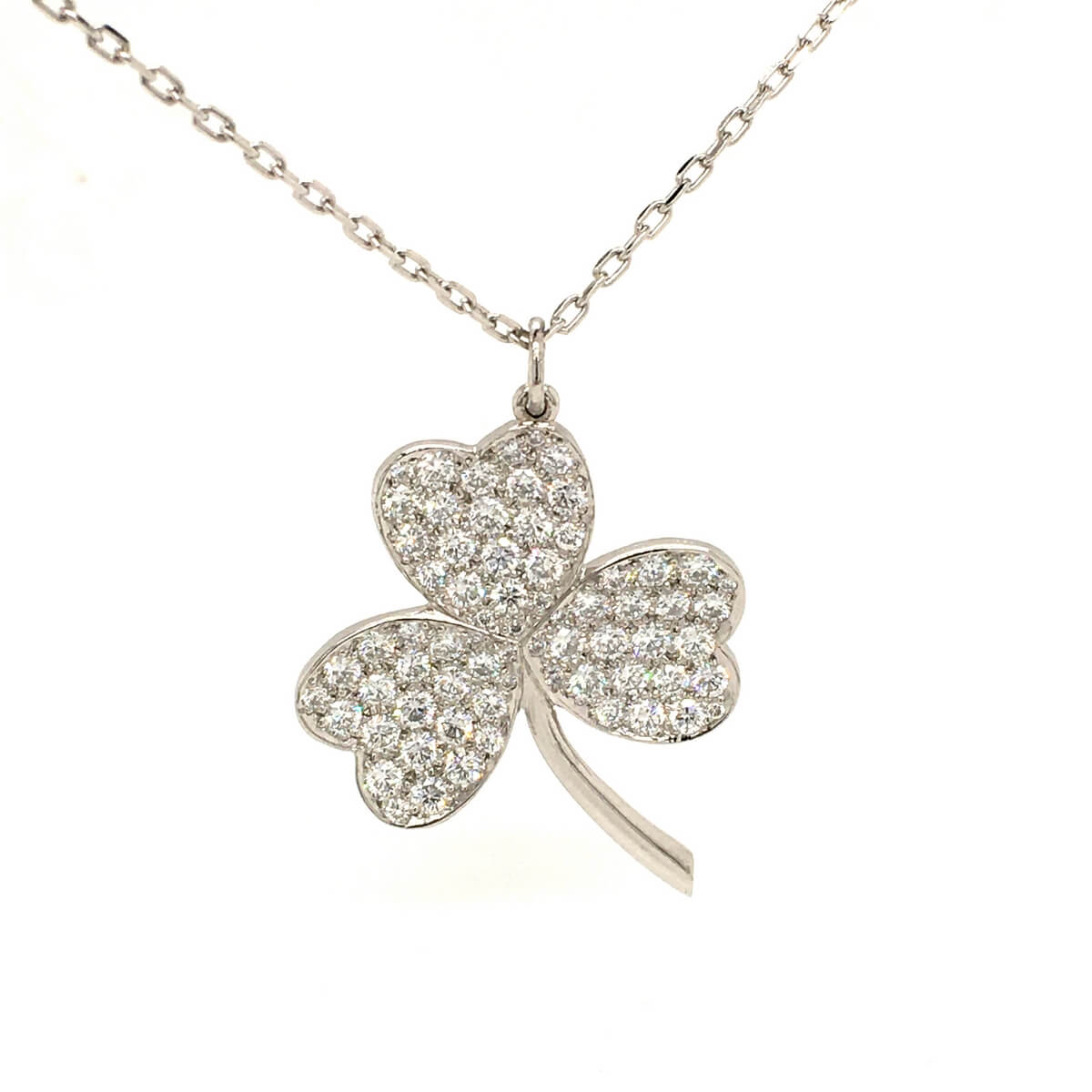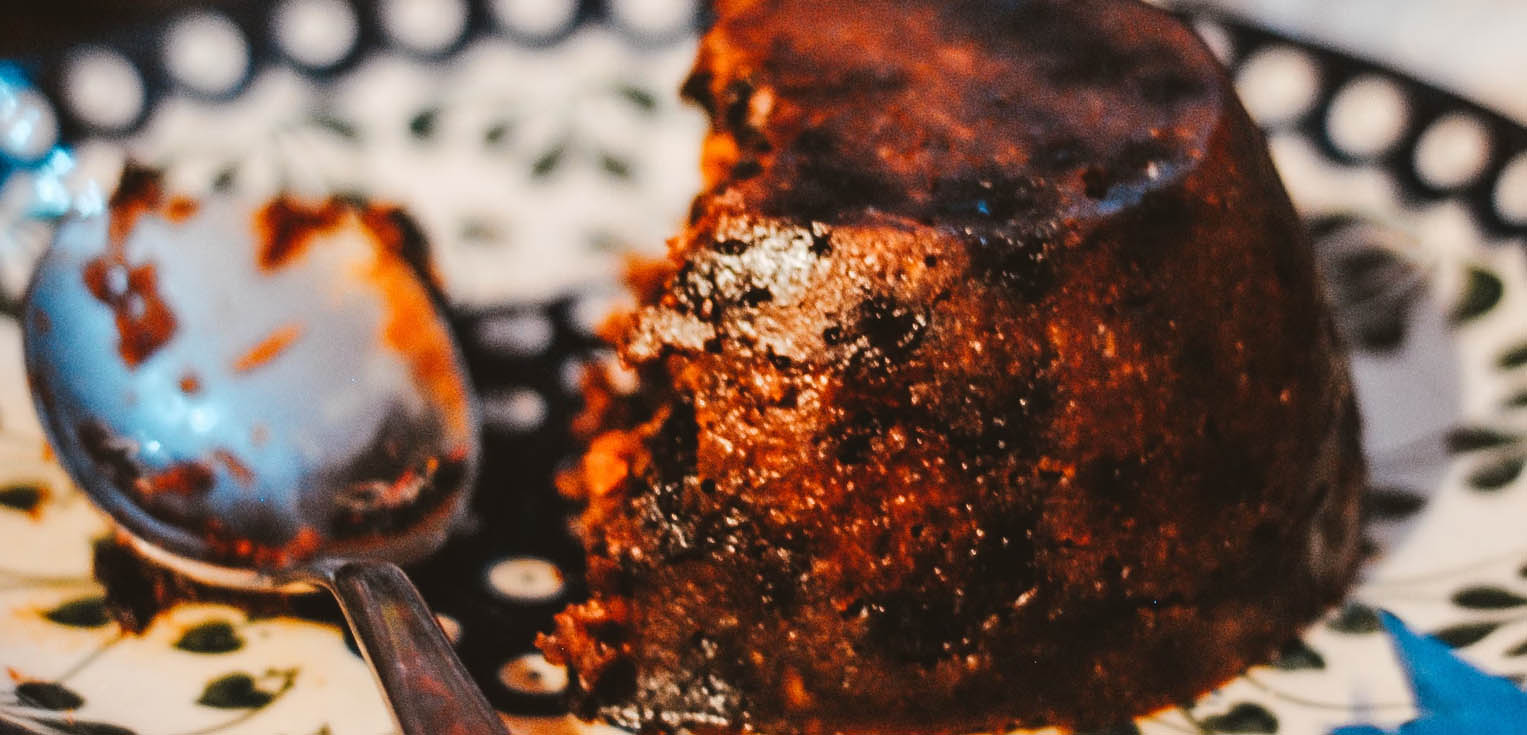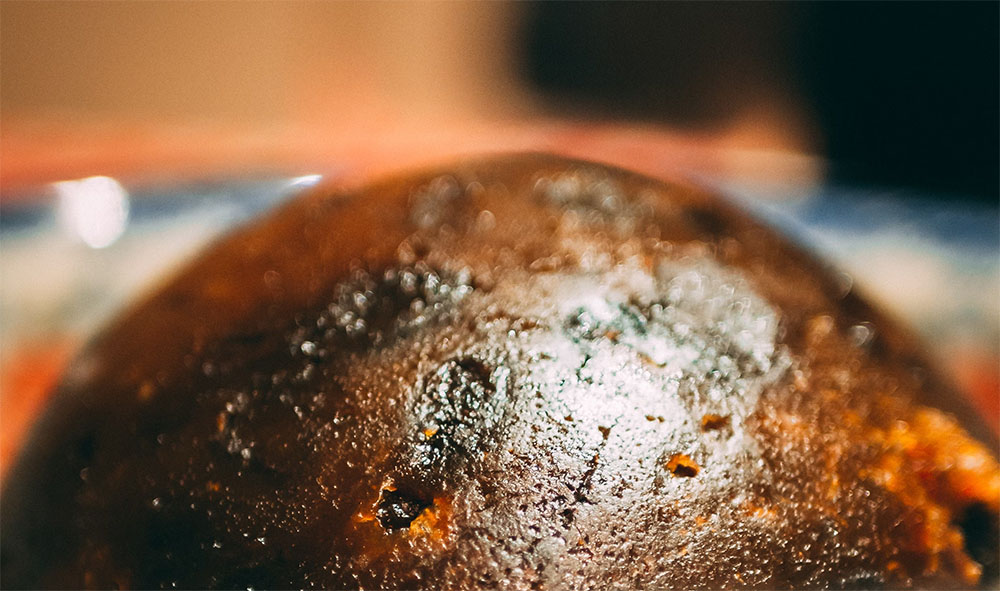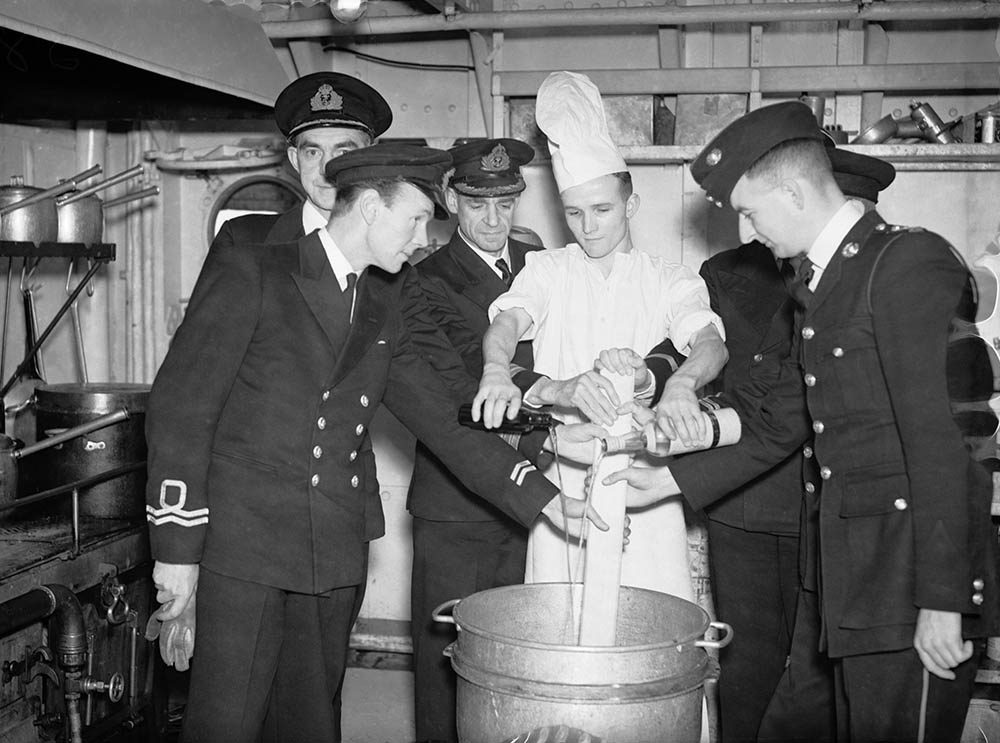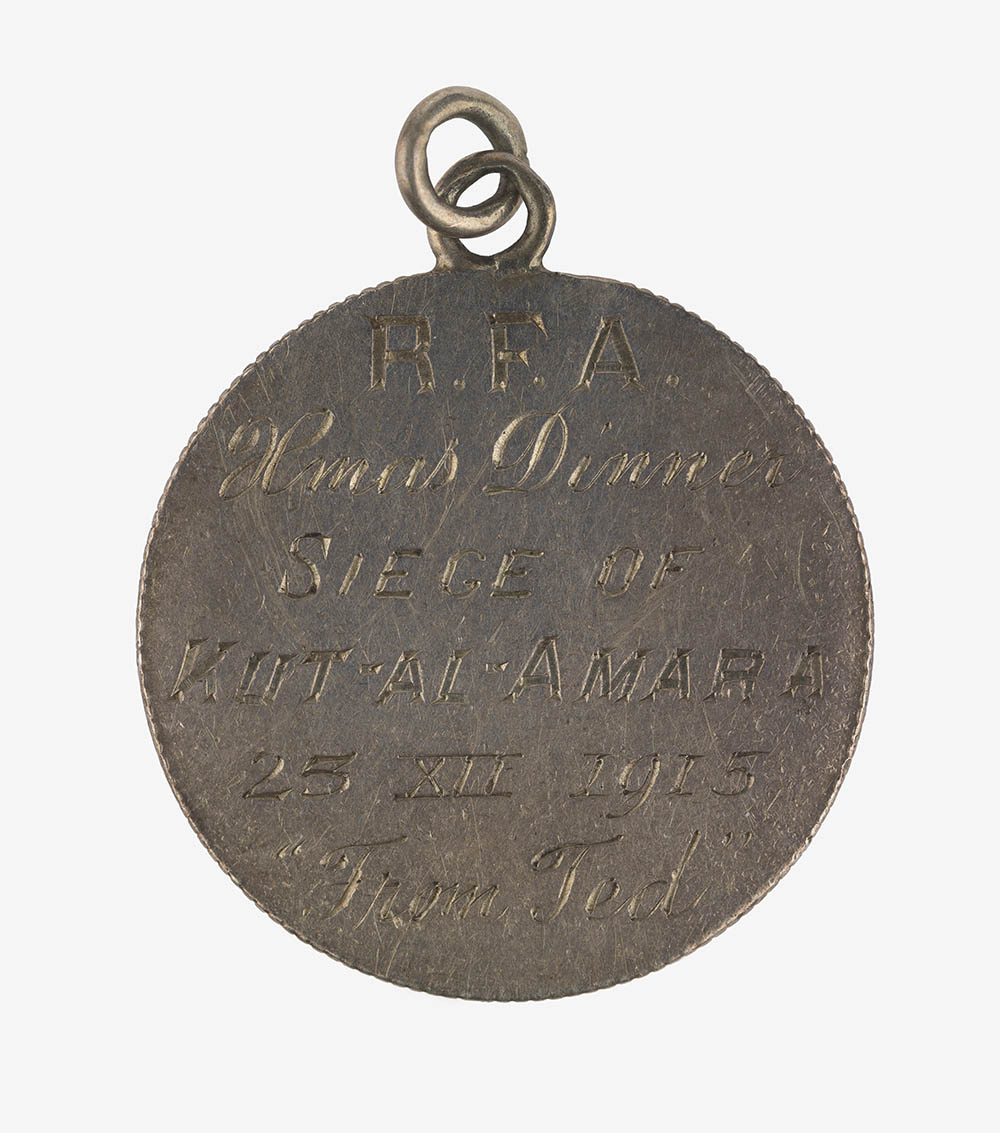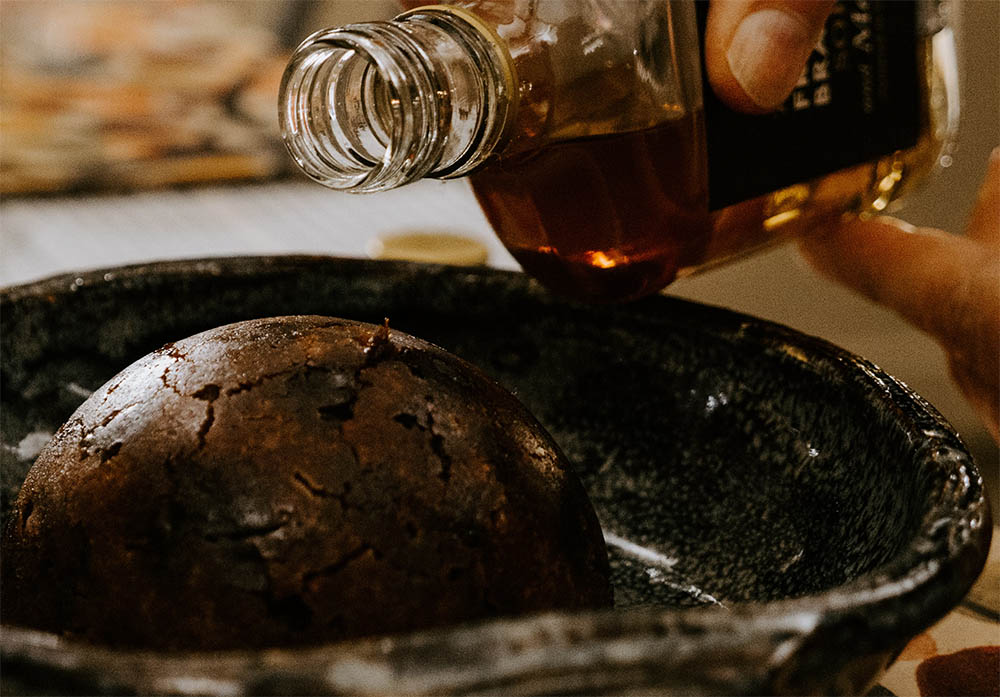As Christmas draws closer, festive celebrations are filling the diary. Finding the perfect Christmas jewellery to wear to each of these occasions can help to make the most of the festive season and elevate your party outfits.
From glitzy Christmas parties, to cosy, casual Boxing Day gatherings and full glamour New Year’s Eve soirees, we have put together the ultimate guide to styling jewellery this festive season and the key Christmas jewellery trend to look out for.
How to style jewellery for festive events this Christmas
The first thing to consider when trying to find your jewellery style this Christmas is to think about the type of occasions and events you will be attending, how formal they will be and what clothes you will be wearing with your jewels. This will help you to determine what jewellery styles will best suit each occasion.
What jewellery to wear for the work Christmas party
Work Christmas parties can vary in formality from company to company, from casual pub trips to black-tie dinners!
For more casual Christmas dos, opt for classic styles over statement pieces. Look for dainty high quality metals, like 9ct gold or sterling silver in simple styles to exude class.
For more formal affairs, you can afford to be more experimental and colourful with your jewellery choices. Try a bold pendant necklace or layer chains of differing lengths and chain thicknesses.
Festival jewellery for ‘Friend-mas’
More recently, groups of friends are gathering around the festive period to celebrate ‘Friendmas’, either instead of, or in addition to, their family Christmas.
There are often informal celebrations, so you can wear whatever you want. For jewellery, add a nod to traditional friendship bracelets, and wear your favourite bangles, bracelets or cuffs to your festive gathering with friends. You could even gift your friends matching bracelets for Christmas!
The big day – perfect jewellery for Christmas Day
Move over matching Christmas pyjamas, and say hello to a stunning jewellery set.
Whether you want to match your gemstone earrings to a cocktail ring, or choose a matching necklace and bracelet set, wearing a two, or three piece jewellery collection will create a classy, cohesive look that’s perfect for Christmas Day.
The beauty of matching sets is that you can wear them together on special occasions, like Christmas, to make a statement. But each piece can be worn separately, to tone down your jewellery look, meaning you can get the most out of your jewellery collection throughout the year.
Casual-yet-classic jewellery for Boxing Day
For many of us, after the chaos of Christmas Day, Boxing Day is a much more casual affair.
Whether you’re spending all day in your pyjamas, or pairing a Christmas jumper with jeans (or post-turkey leggings!), add simple jewellery, like a classic pair of delicate hoop earrings.
Be careful with festive knitwear, as it can be a hazard for chain necklaces or dangling earrings. To avoid getting caught in your jumper and risking ruining your knitwear, opt for more subtle, dainty jewellery, like huggie style earrings or smooth rings with minimal edges or details that could snag on your knitwear.
Jewellery for New Year’s Eve
Saving the best until last, New Year’s Eve is the perfect opportunity to wear your most sparkling, most special jewellery pieces. Whether you’re keeping it casual or heading to a party, make a statement with your jewellery to see in the new year.
A pair of statement earrings are a versatile way to add some sparkle to any outfit. From diamond studded hoop earrings, to emerald drop earrings, adding bold earrings to a simple Little Black Dress or cocktail dress is a stylish way to stand out this New Year’s Eve.
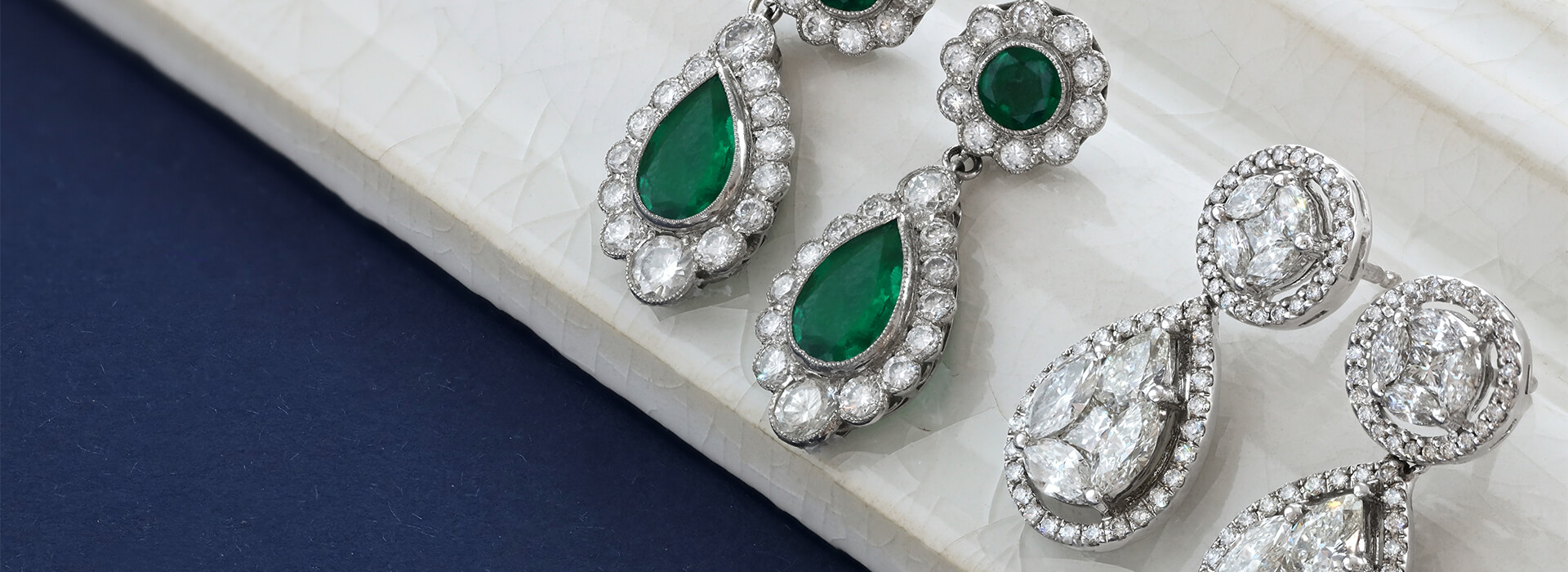
Jewellery Trends for the Festive Season
Gemstones Galore
Channel your inner Christmas tree and adorn yourself in multicoloured gemstones this festive season.
While multicoloured lights may have gone out of fashion for Christmas decor, bright and bold gemstones are set to be a huge trend in 2026. Get ahead of the crowd and pair gemstones with more pared back outfits, like neutrals or all-black outfits, or match your ruby or pink sapphires to your lipstick for an on-trend colour blocking look.
Diamonds in December
According to UK based bridal company BrideBook, 35-40% of all engagements happen in Winter, between the months of December and February, with over a quarter of them happening at Christmas time!
So, diamond jewellery is incredibly popular in December. Even if you are already engaged or married, you can add a touch of elegance to your festive fashions with some classic diamond stud earrings.
If you have an inkling you might be proposed to this festive season, our top tip is to make sure to book in a manicure and opt for more dainty and delicate jewellery, especially rings, and keep your ring finger jewellery free – just in case!
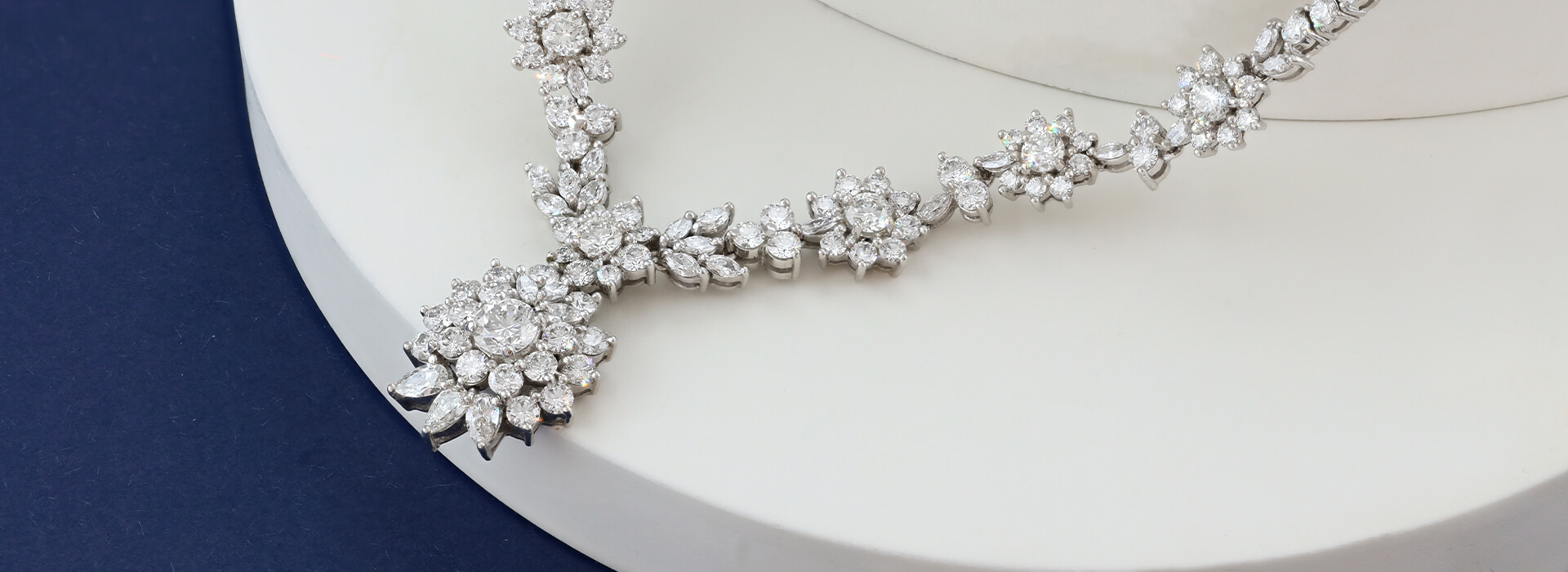
Gold rings for Christmas
In honour of the 12 days of Christmas song, why not wear your favourite 5 golden rings this Christmas season!
Try wearing a range of gold rings or bangles in different thicknesses and styles will make an eye-catching jewellery stack. This also allows you to wear several of your best pieces together, making the most of your jewellery collection.
Sparkle in Icy silver and white gold
If you’re more of a cool-toned jewellery lover, icy silver tones are perfect for winter.
Take inspiration from frosted mornings and snowy scenes, and look for metals like platinum, white gold or sterling silver. For gemstones, try diamond, opal or pearl jewellery this festive season.
Tap into traditional Christmas trends with vintage and antique jewellery
Nostalgic, traditional Christmas is a key trend in all things festive this year, from decorations to tableware.
Channel this vintage feeling and look for antique, one-of-a-kind jewellery to wear with your partyware this Christmas. Sourcing vintage jewellery is a stylish and sustainable way to grow your jewellery collection, finding unique pieces from different eras, from Victorian rings to Art Deco earrings. The exquisite craftsmanship found in antique jewellery is perfect to accentuate floor-length gowns and add some glamour to festive outfits.
Final Thoughts
This Christmas, add some elegance to your festive fashions with on-trend jewellery.
From delicate and dainty jewellery to create a classic casual look to making a statement with bold gemstones and icy-toned metals, channel Christmas trends from head to toe at all your Christmas celebrations this festive period.

